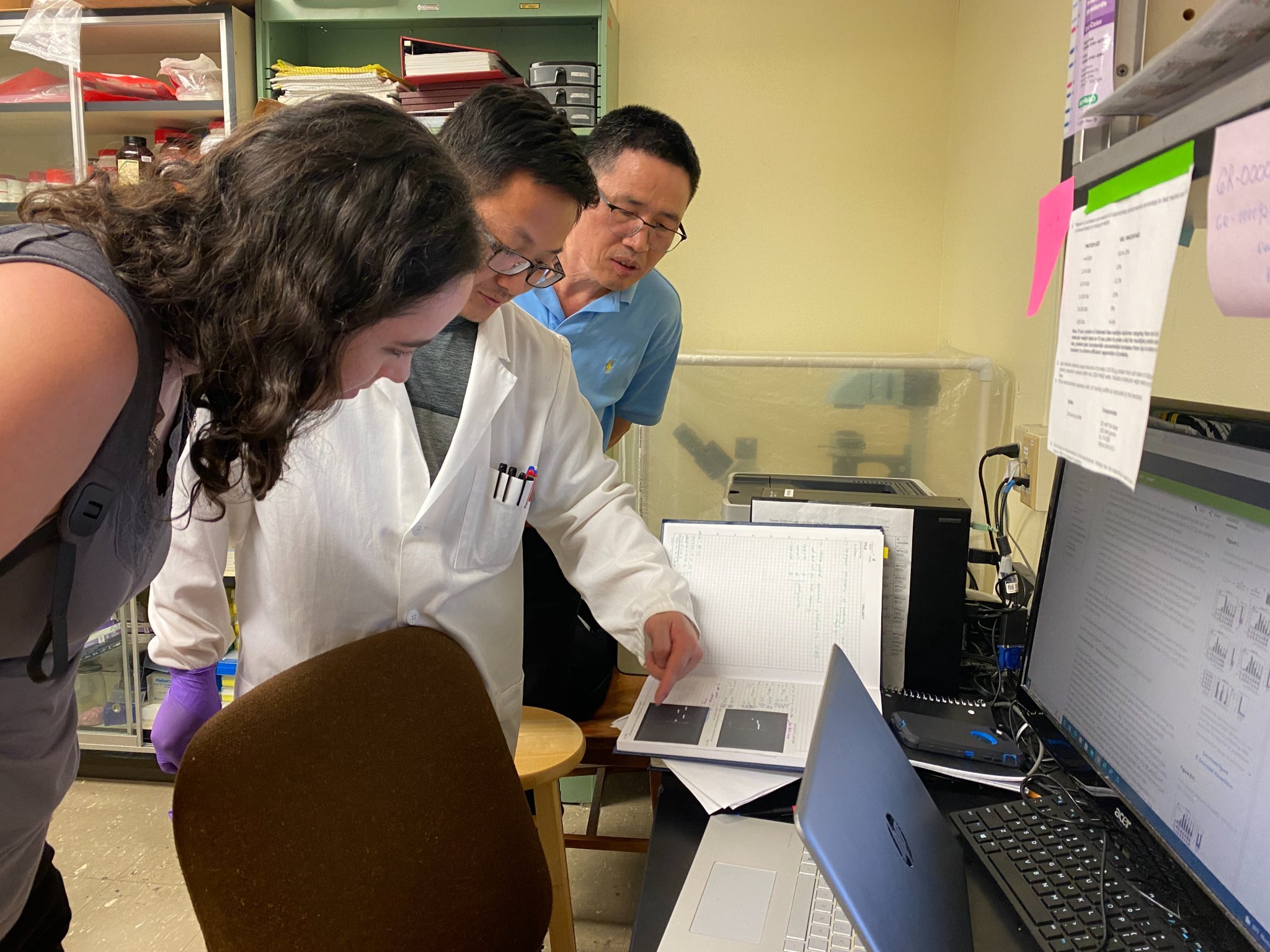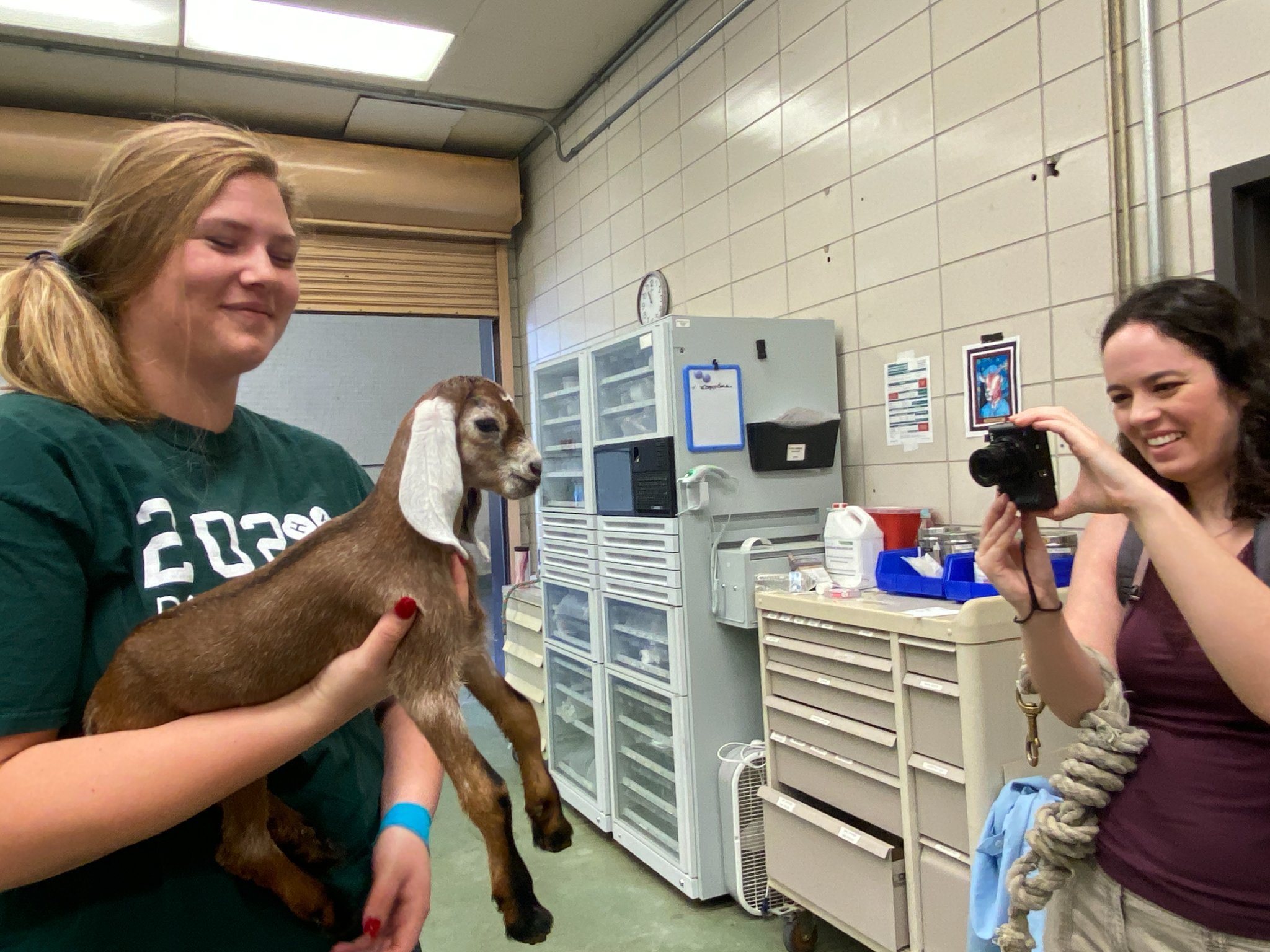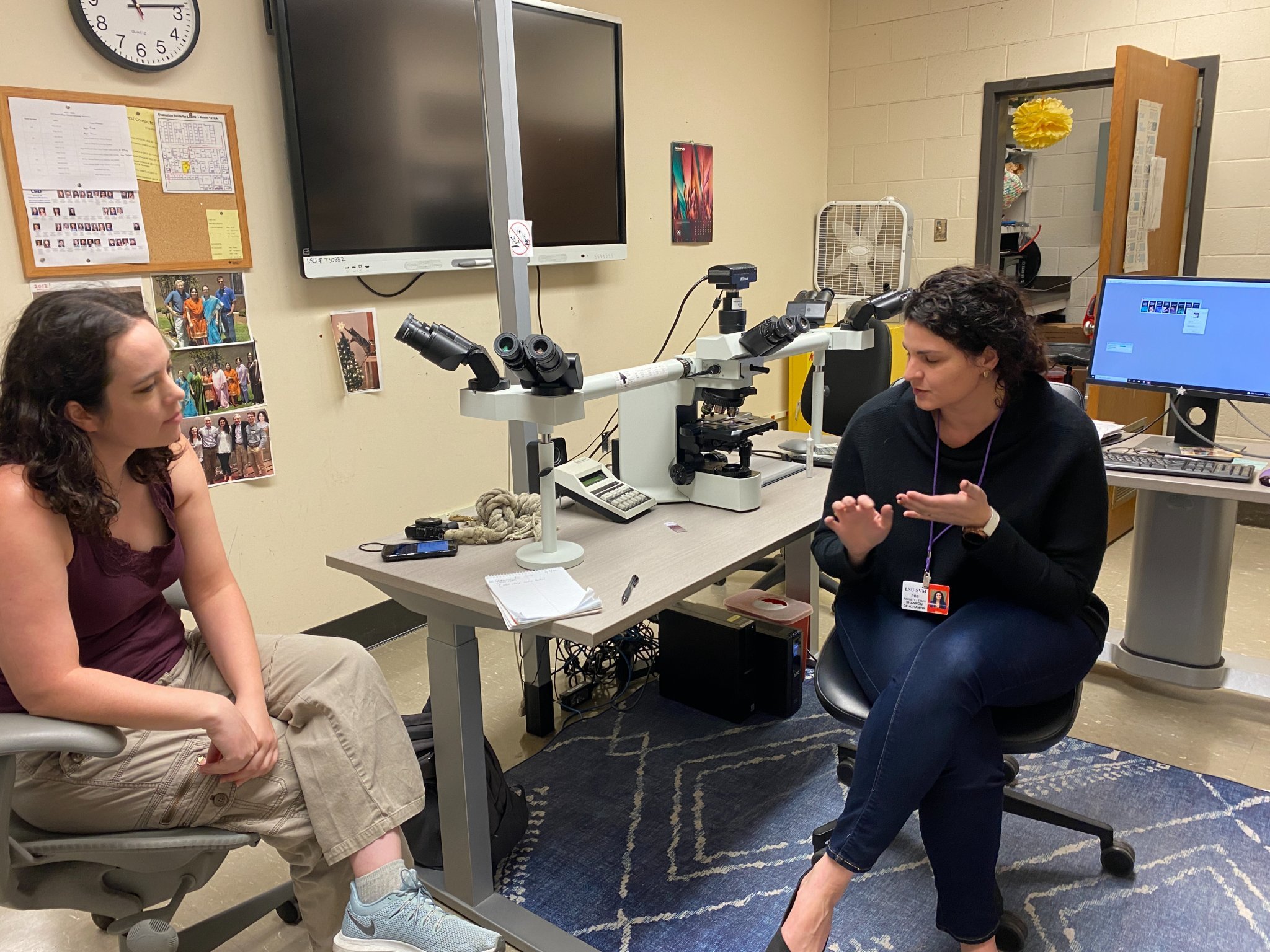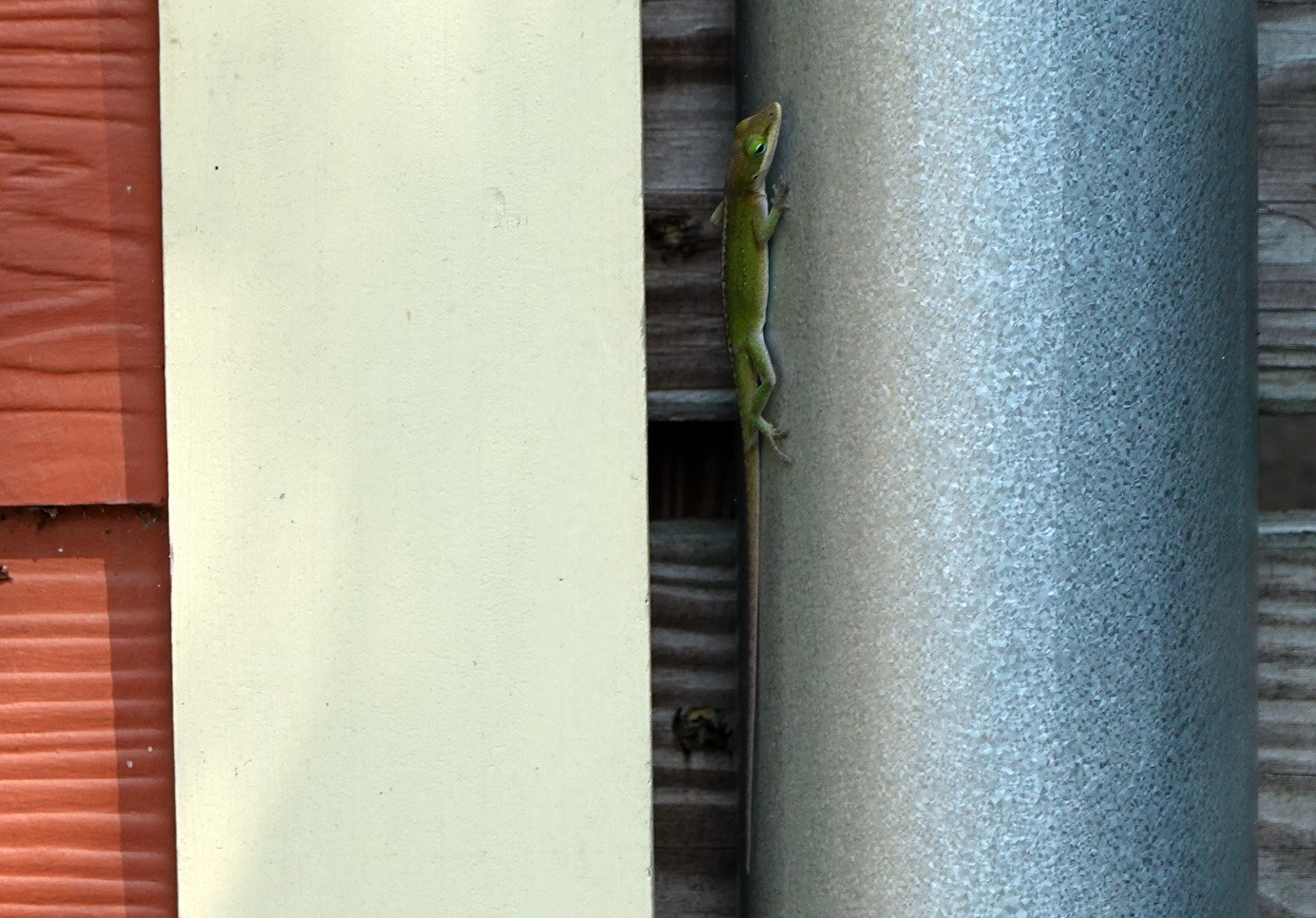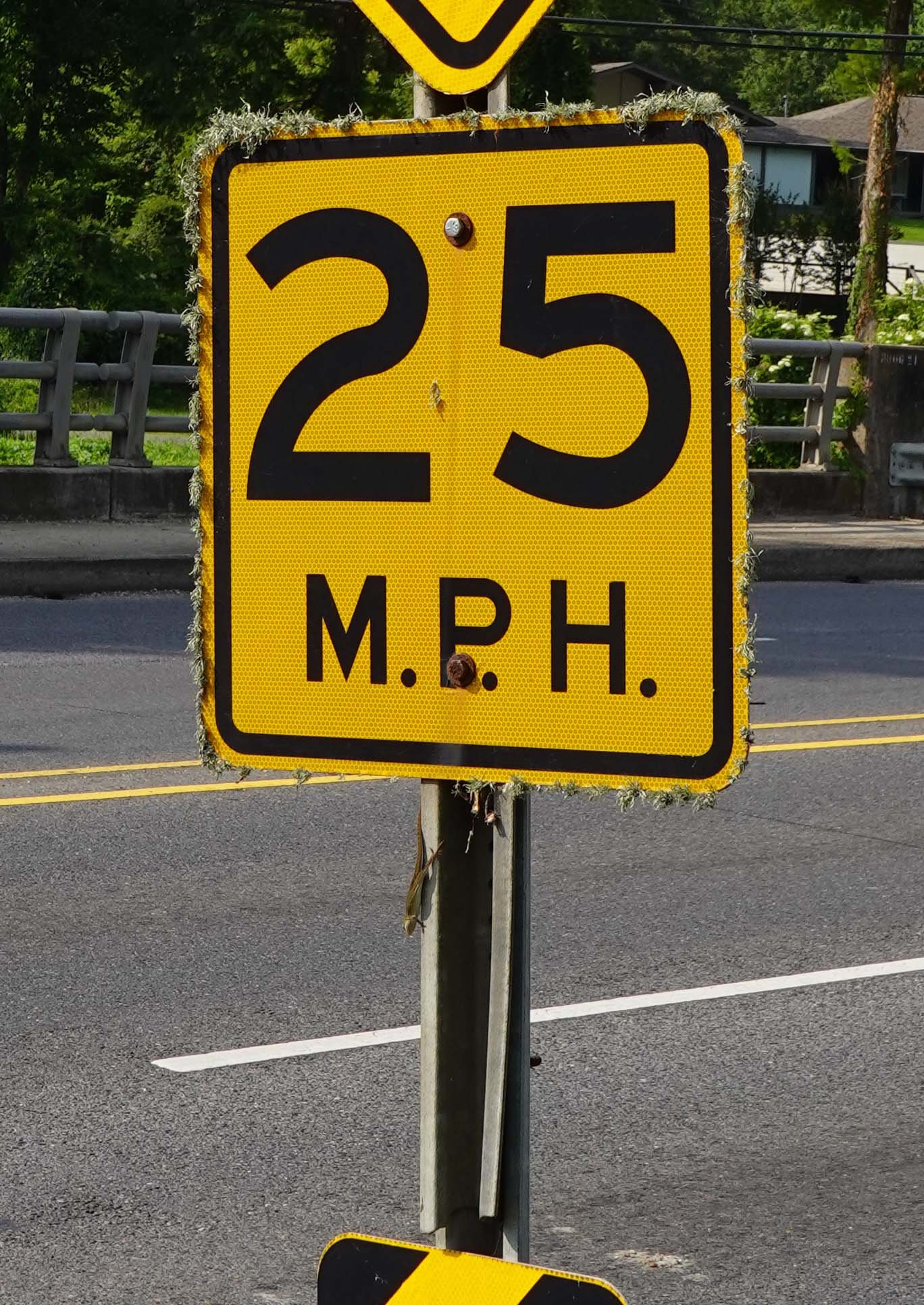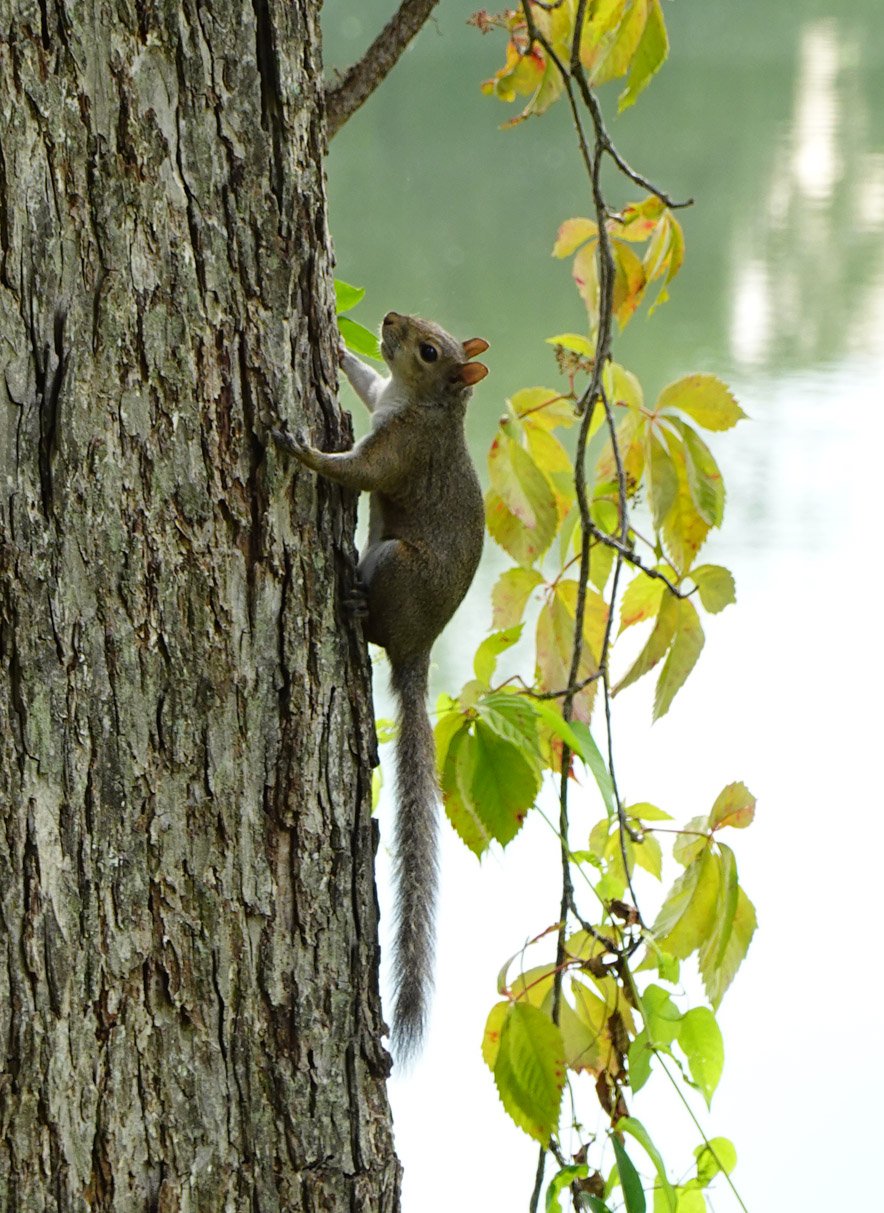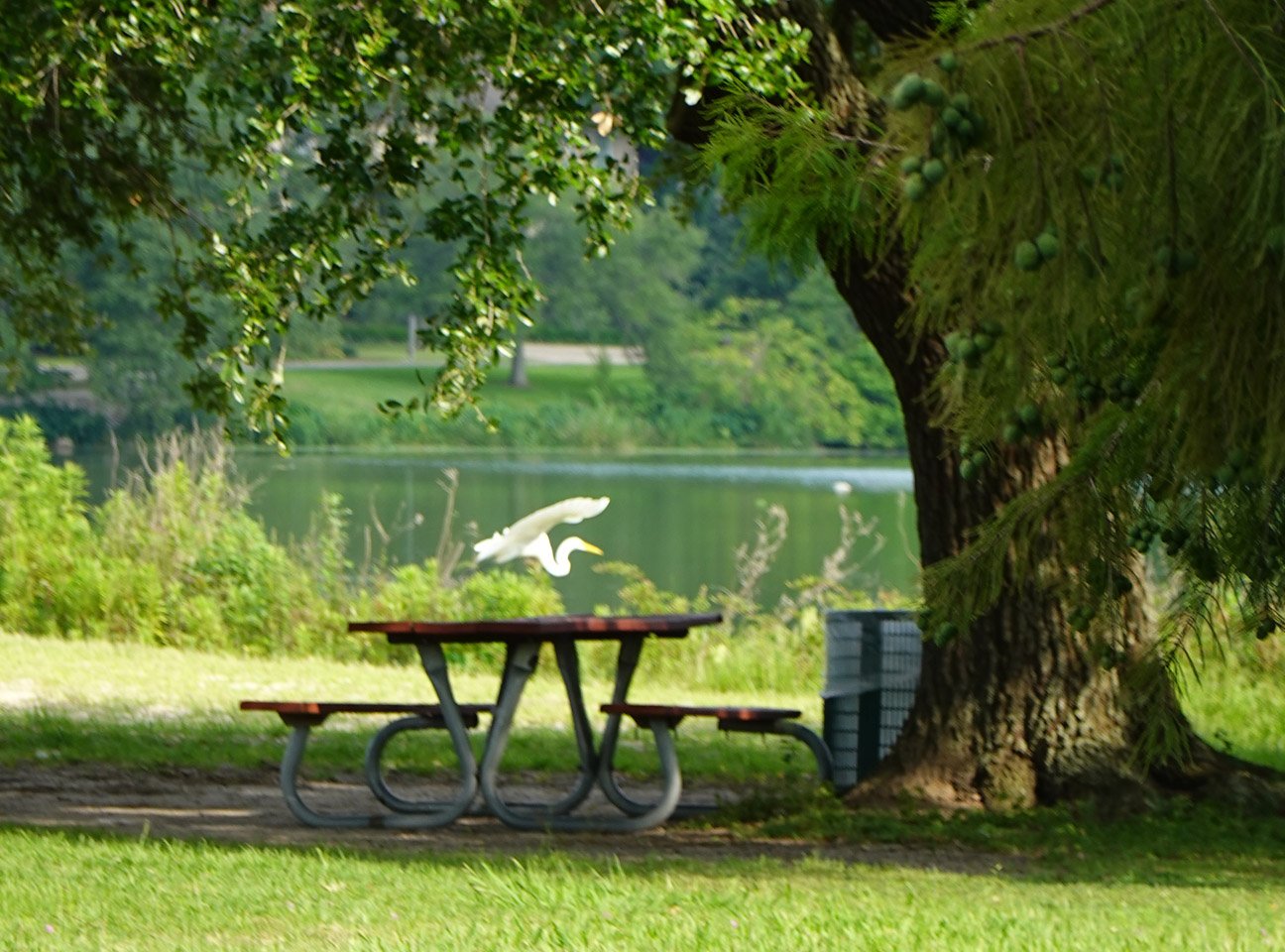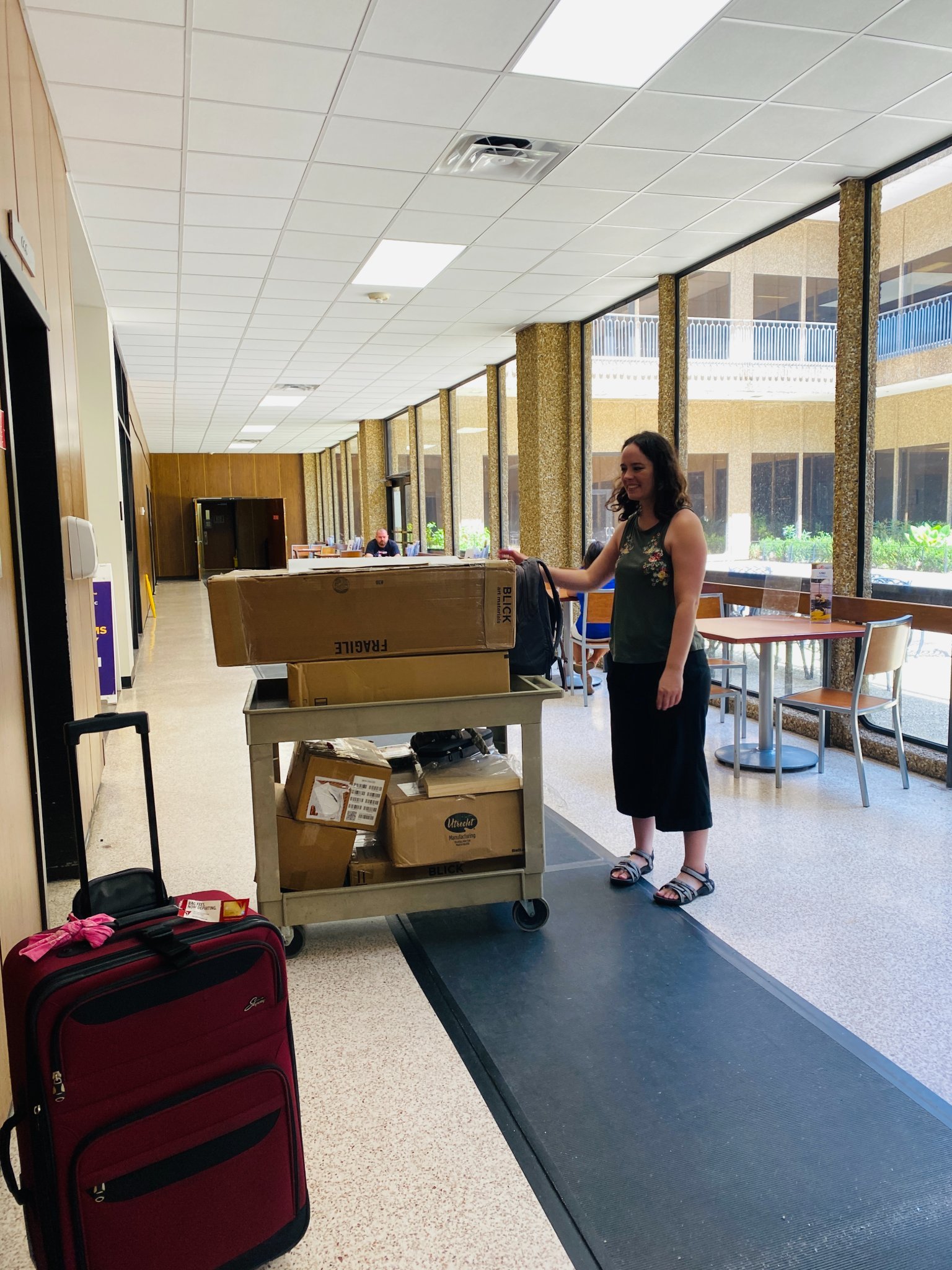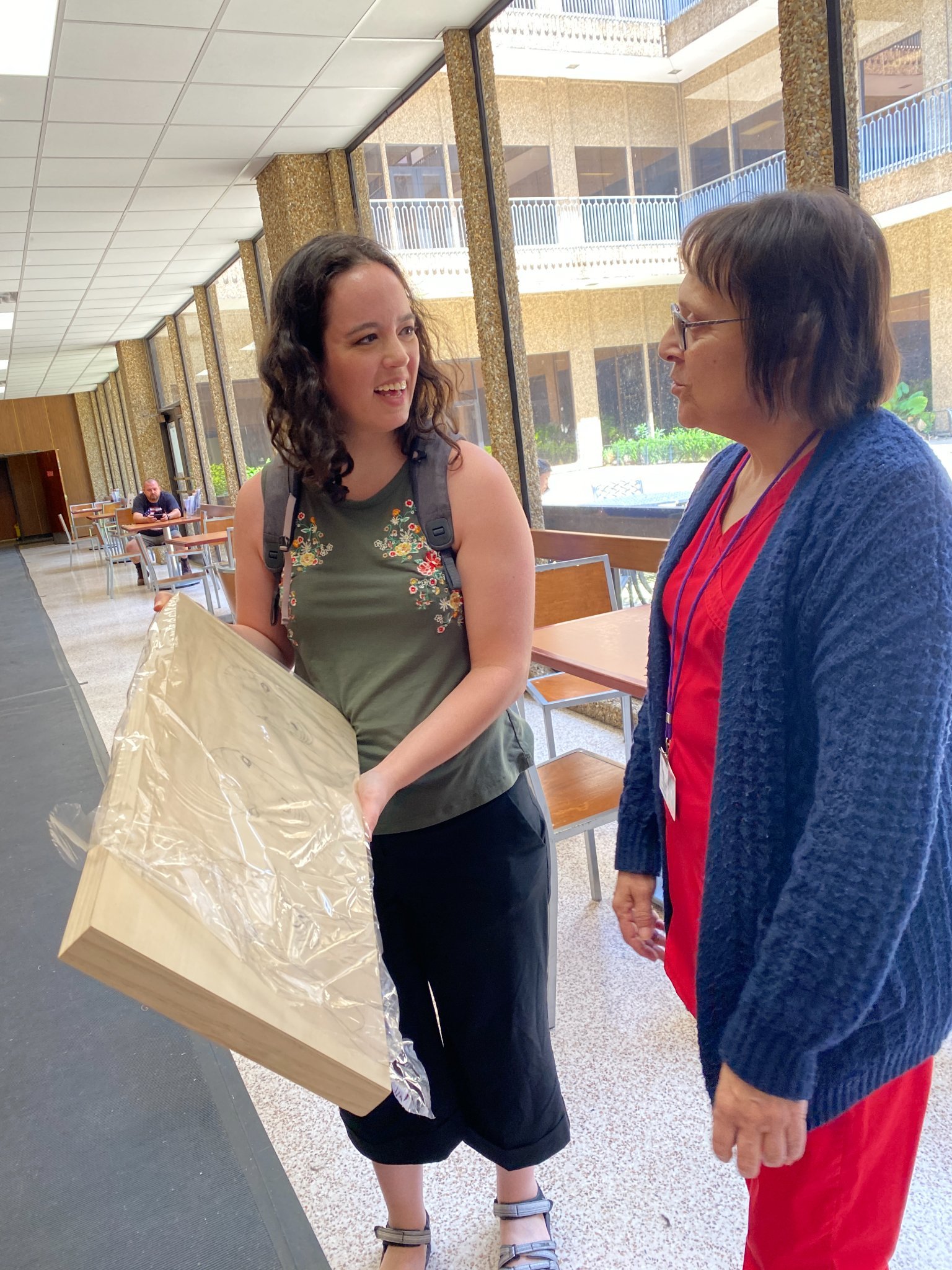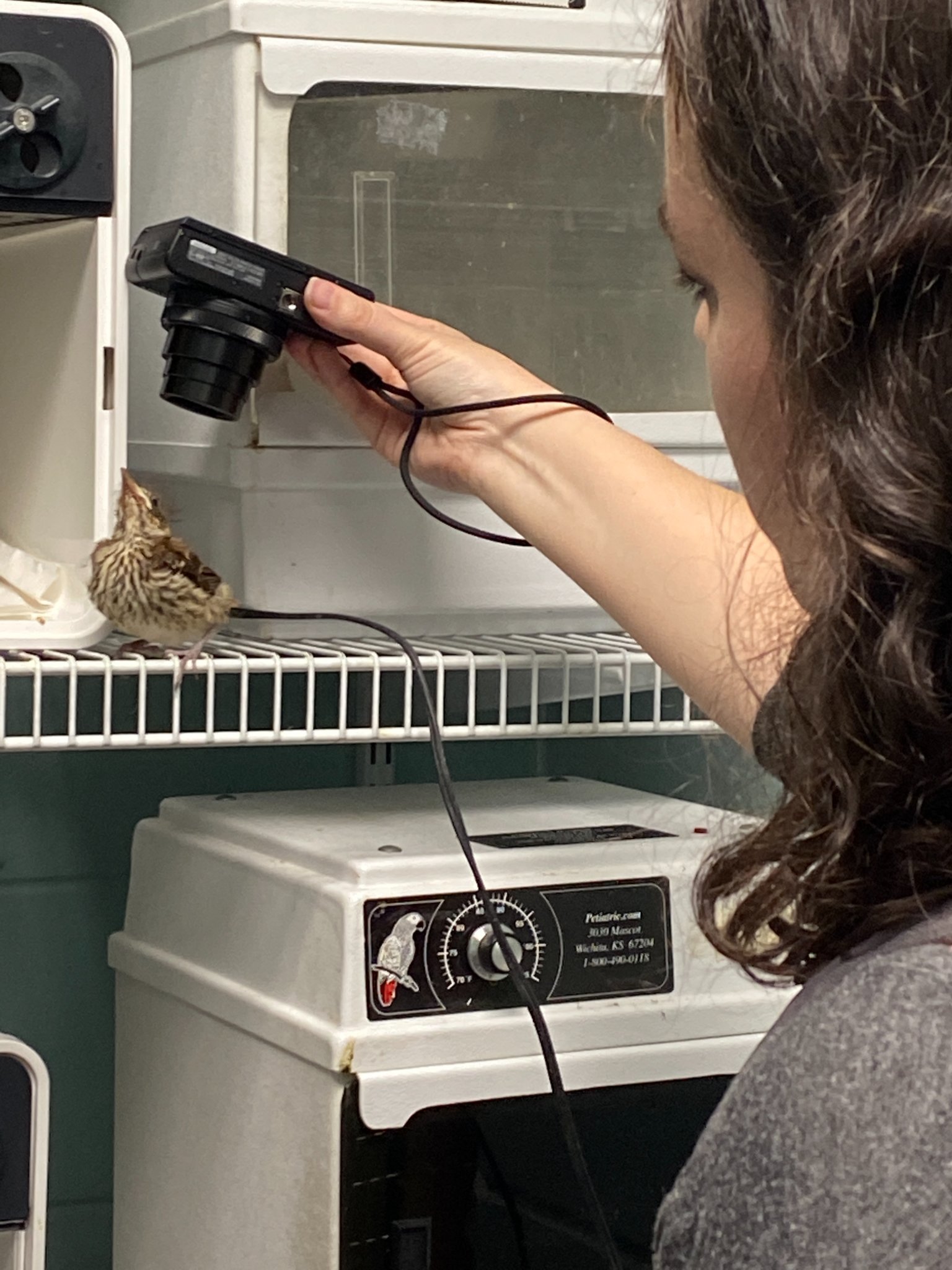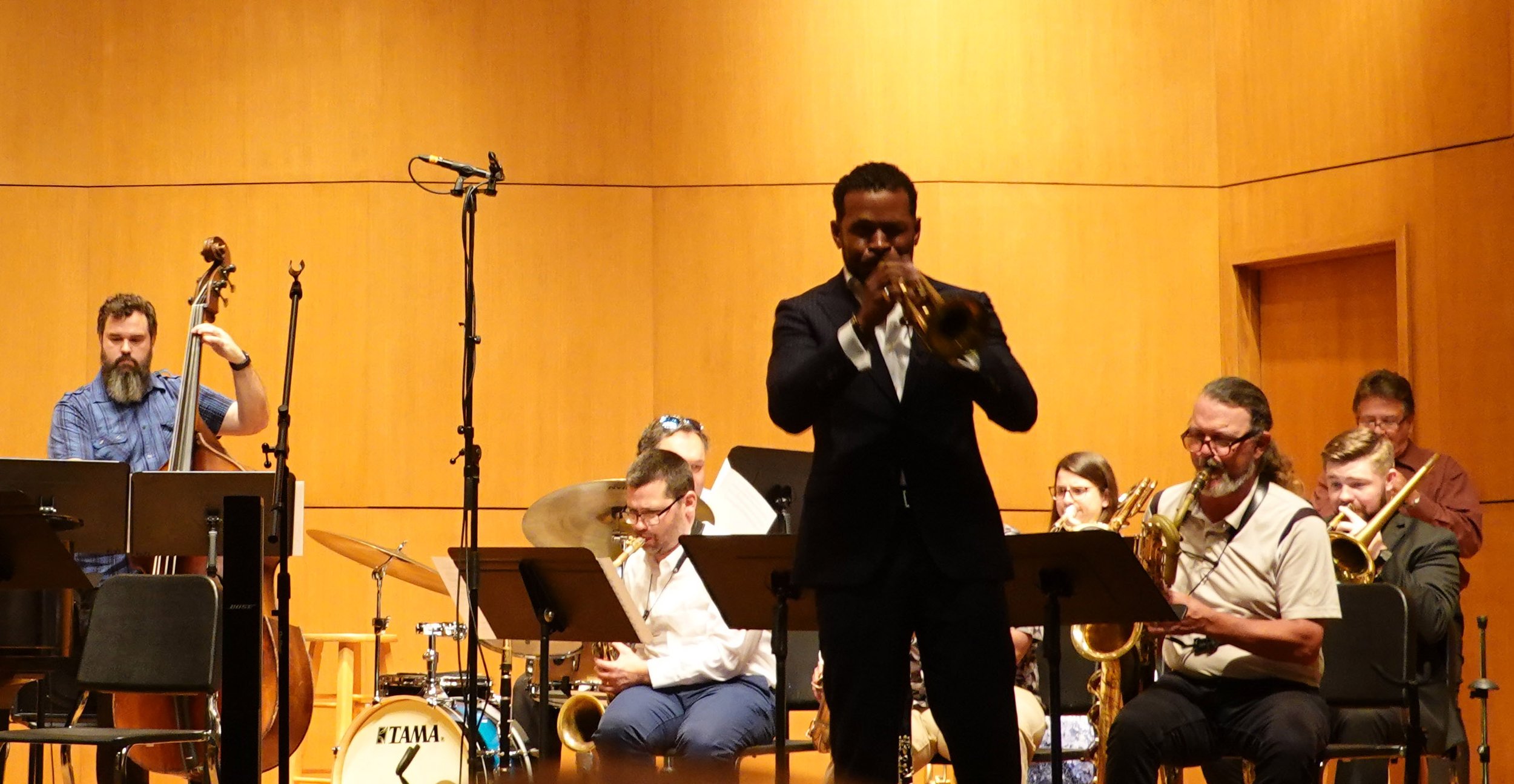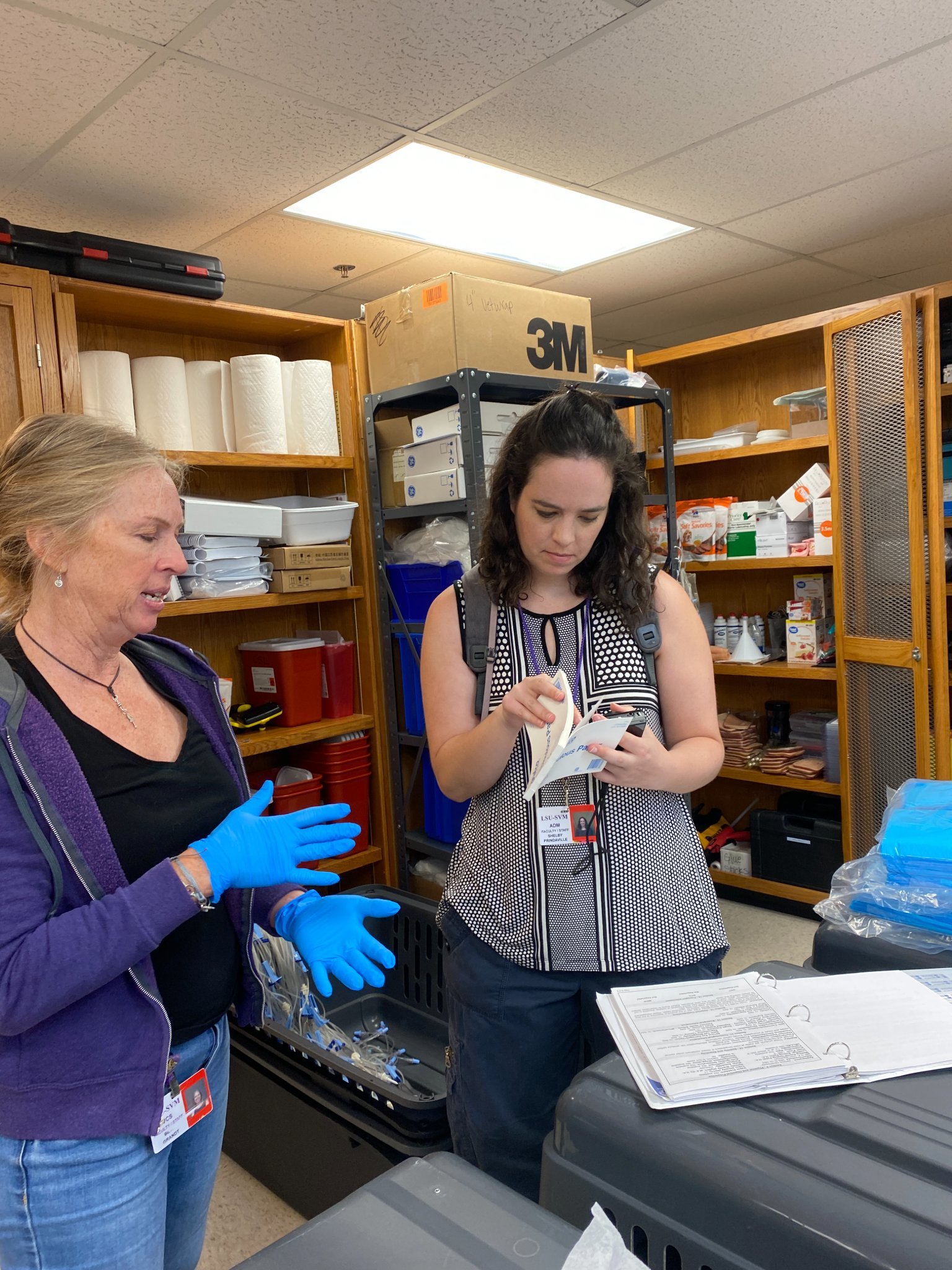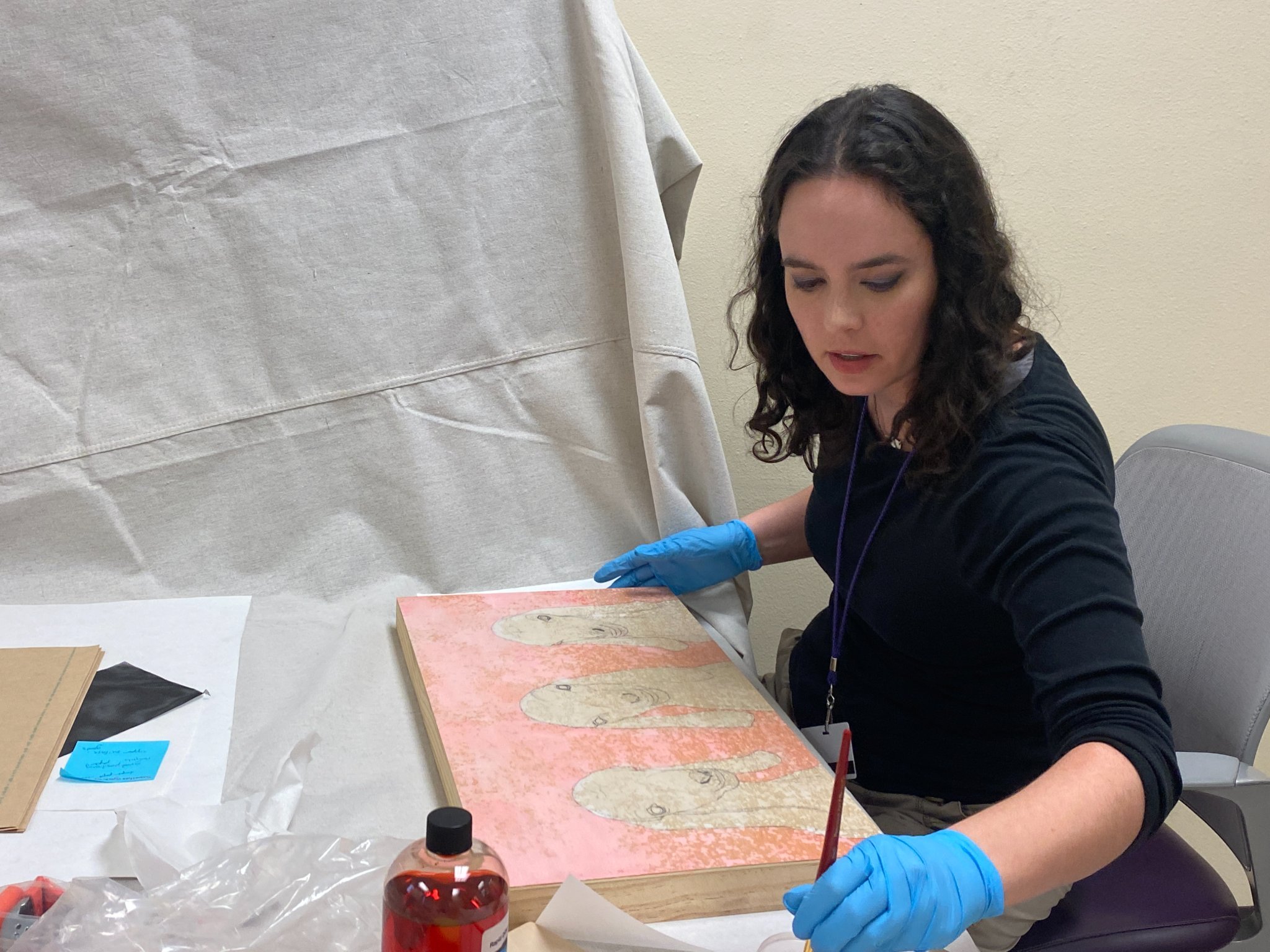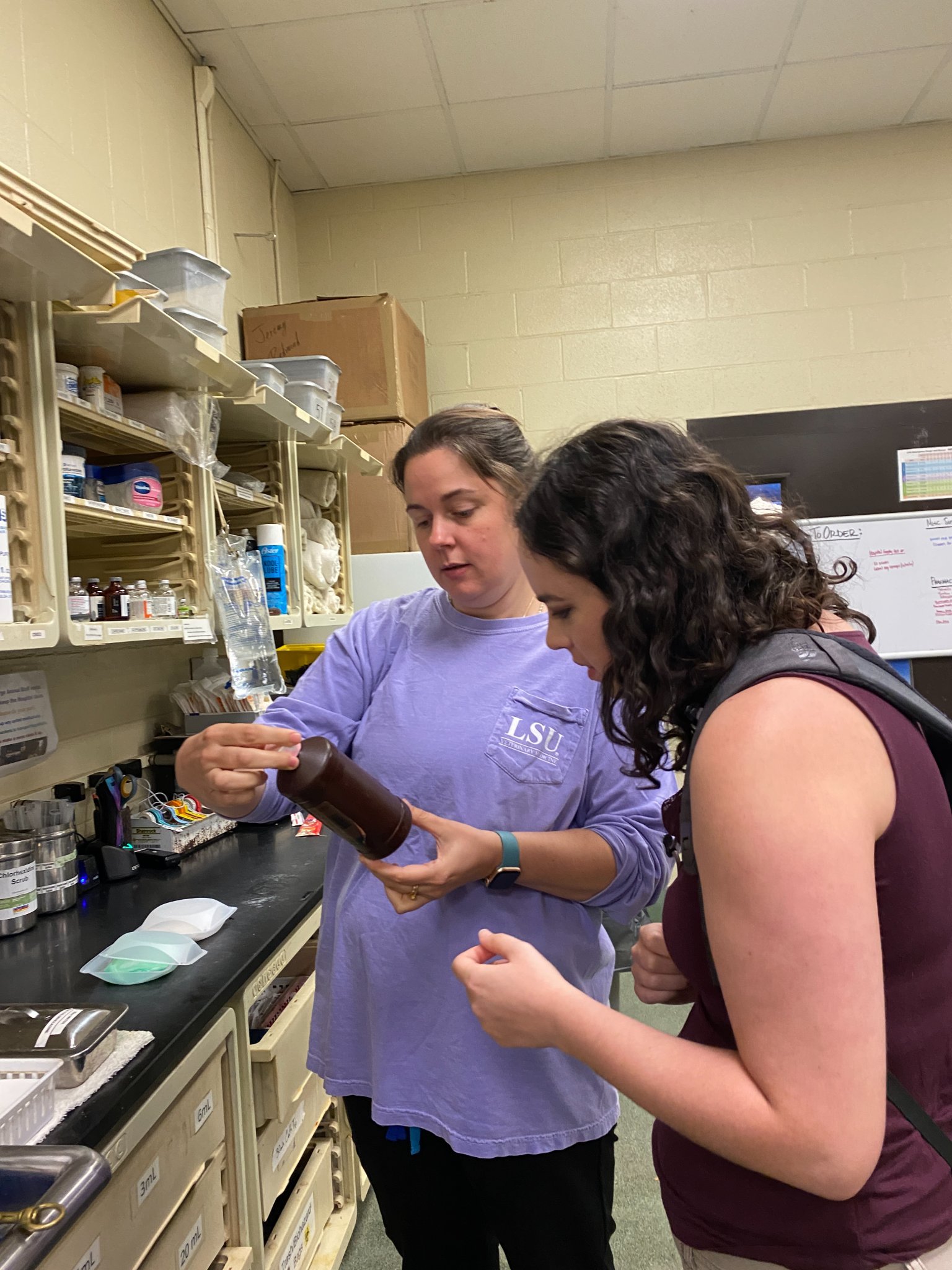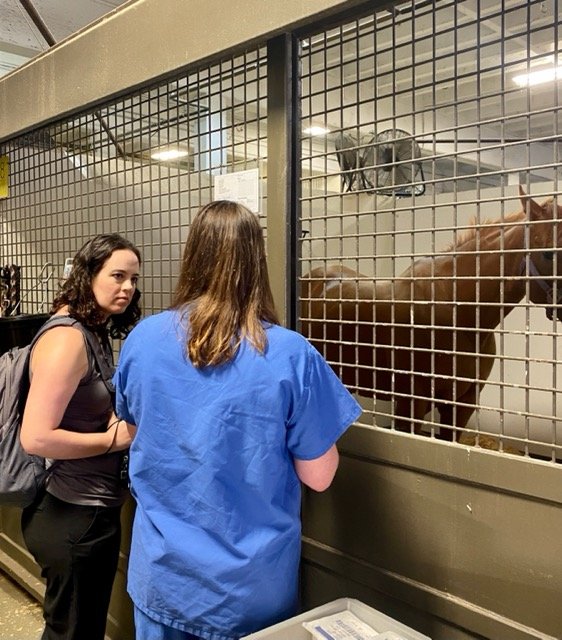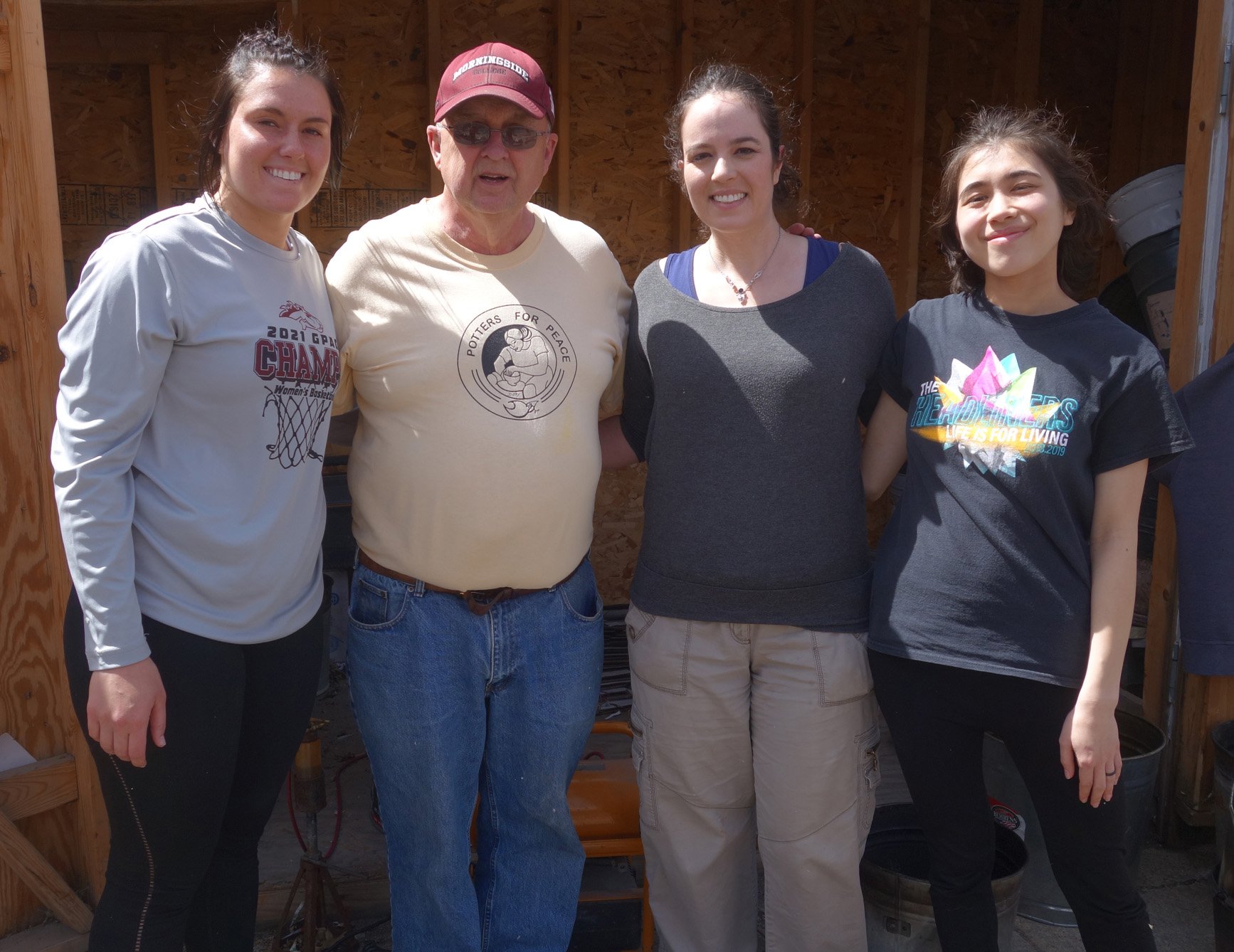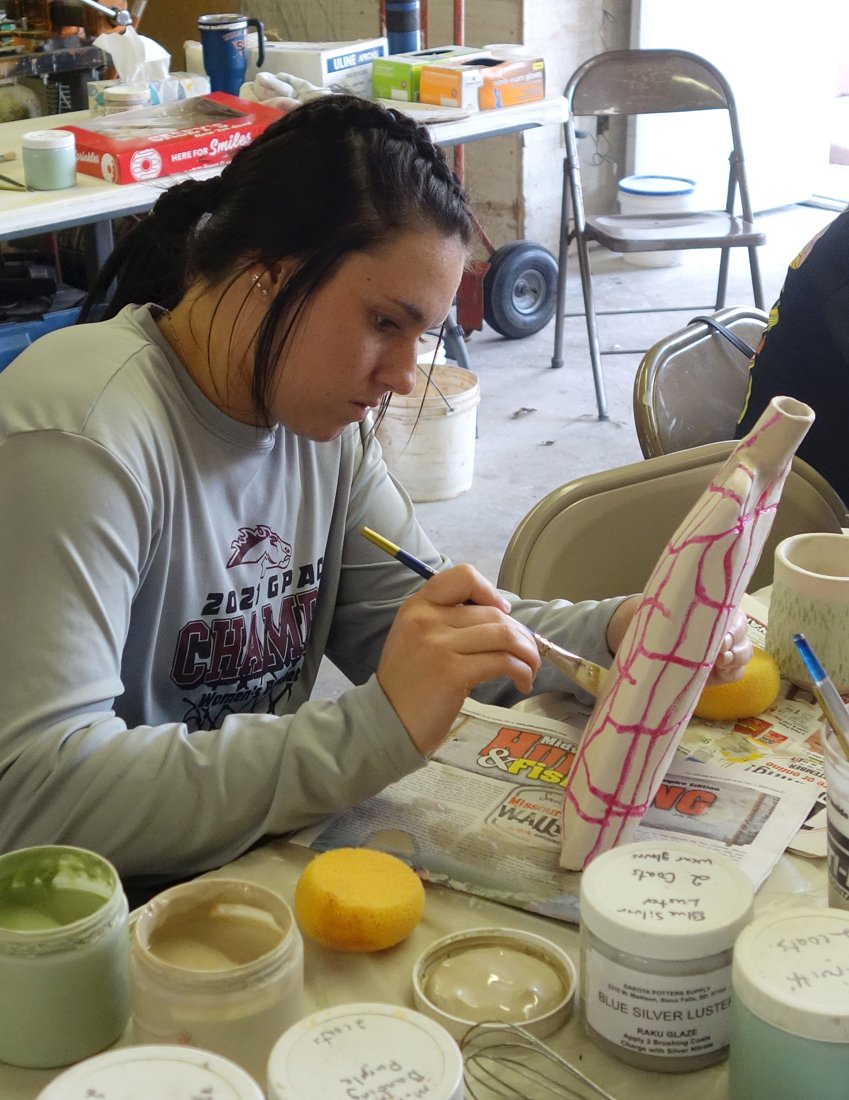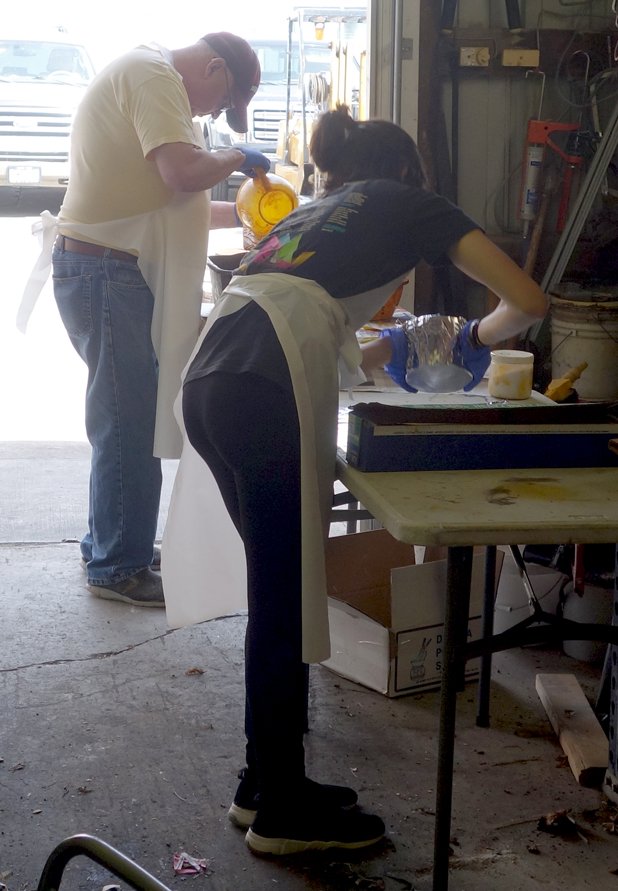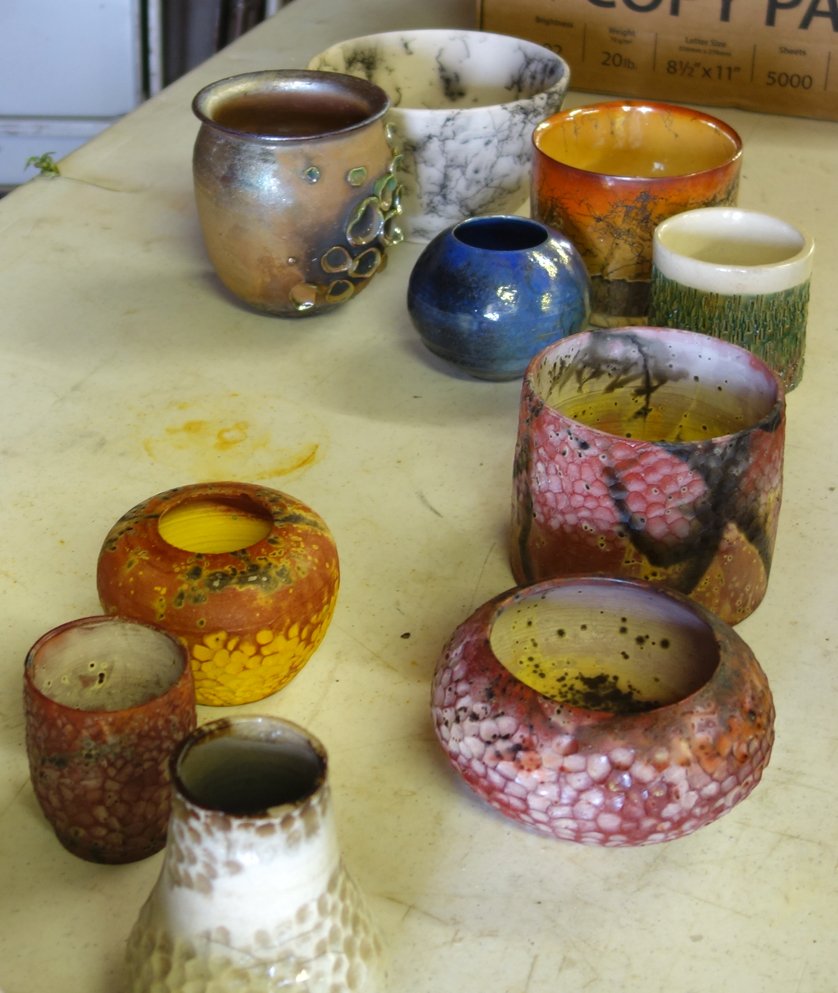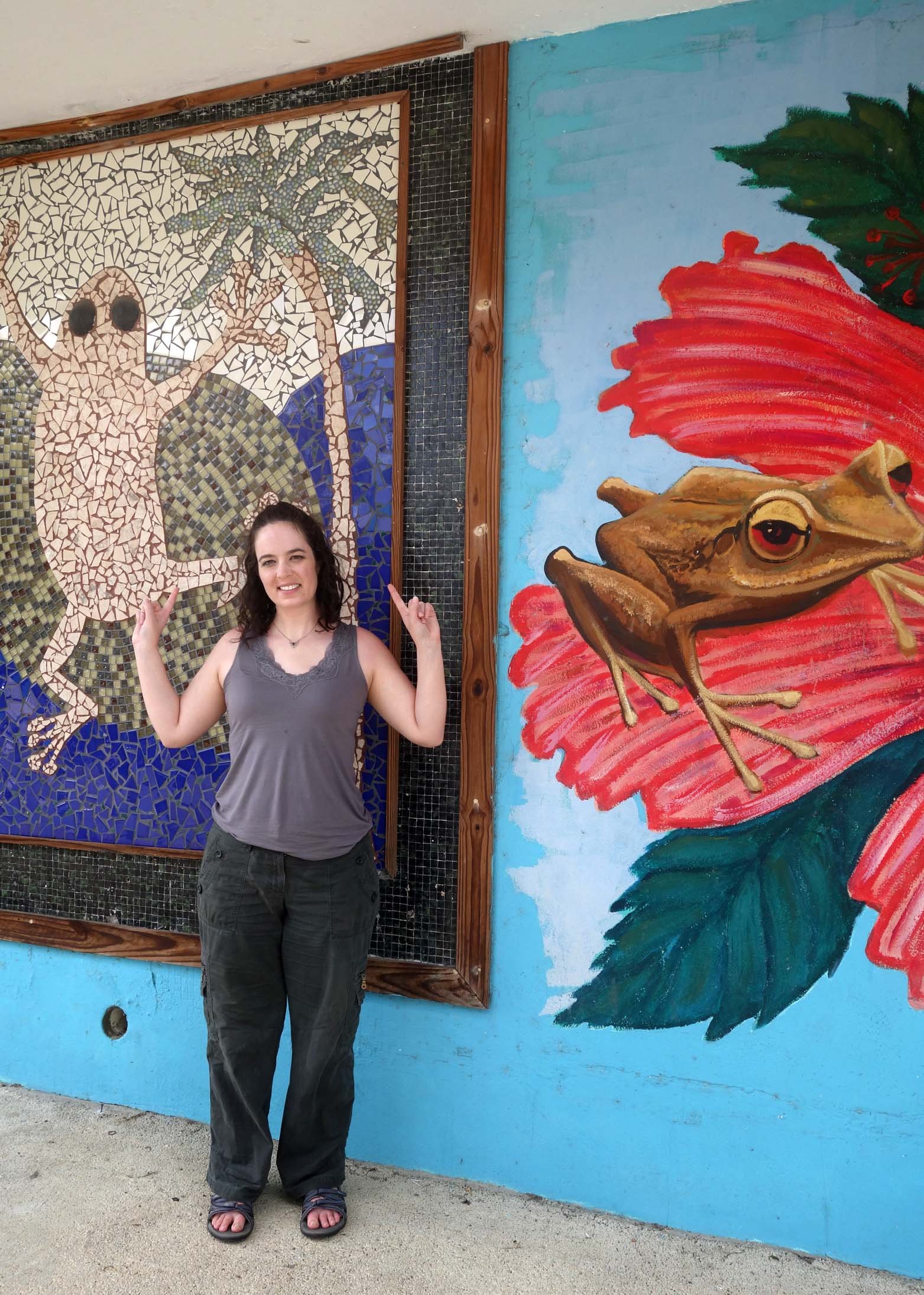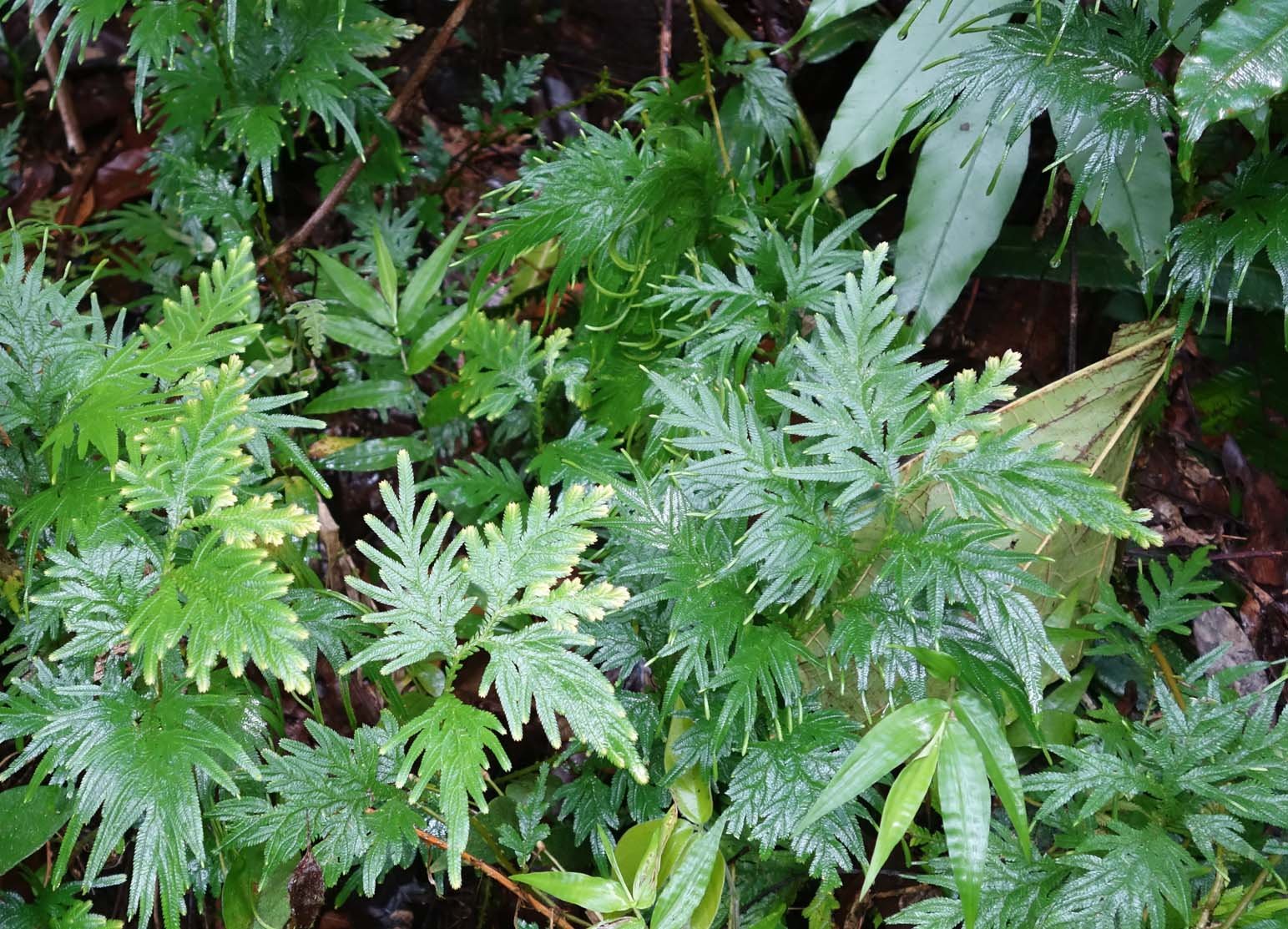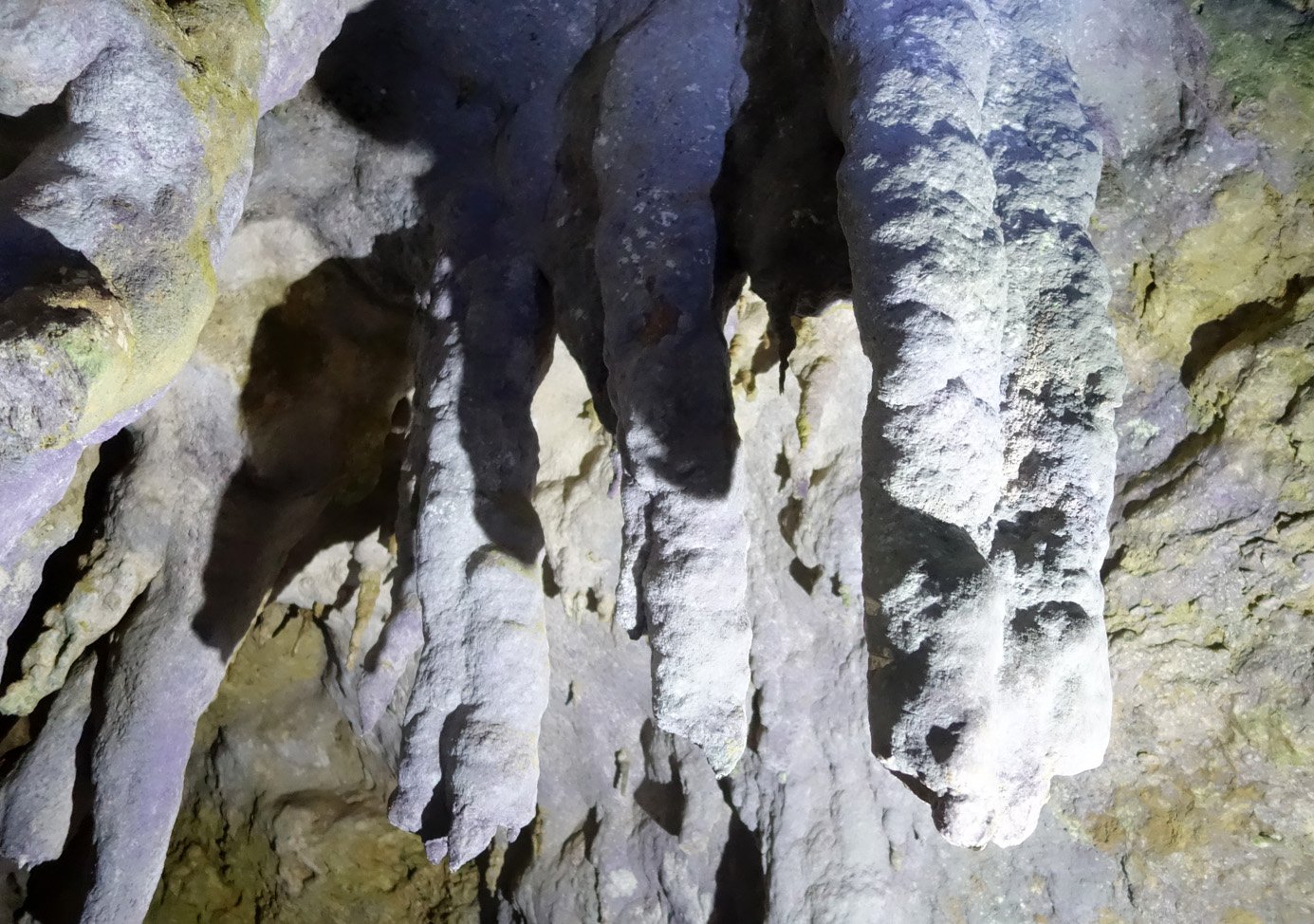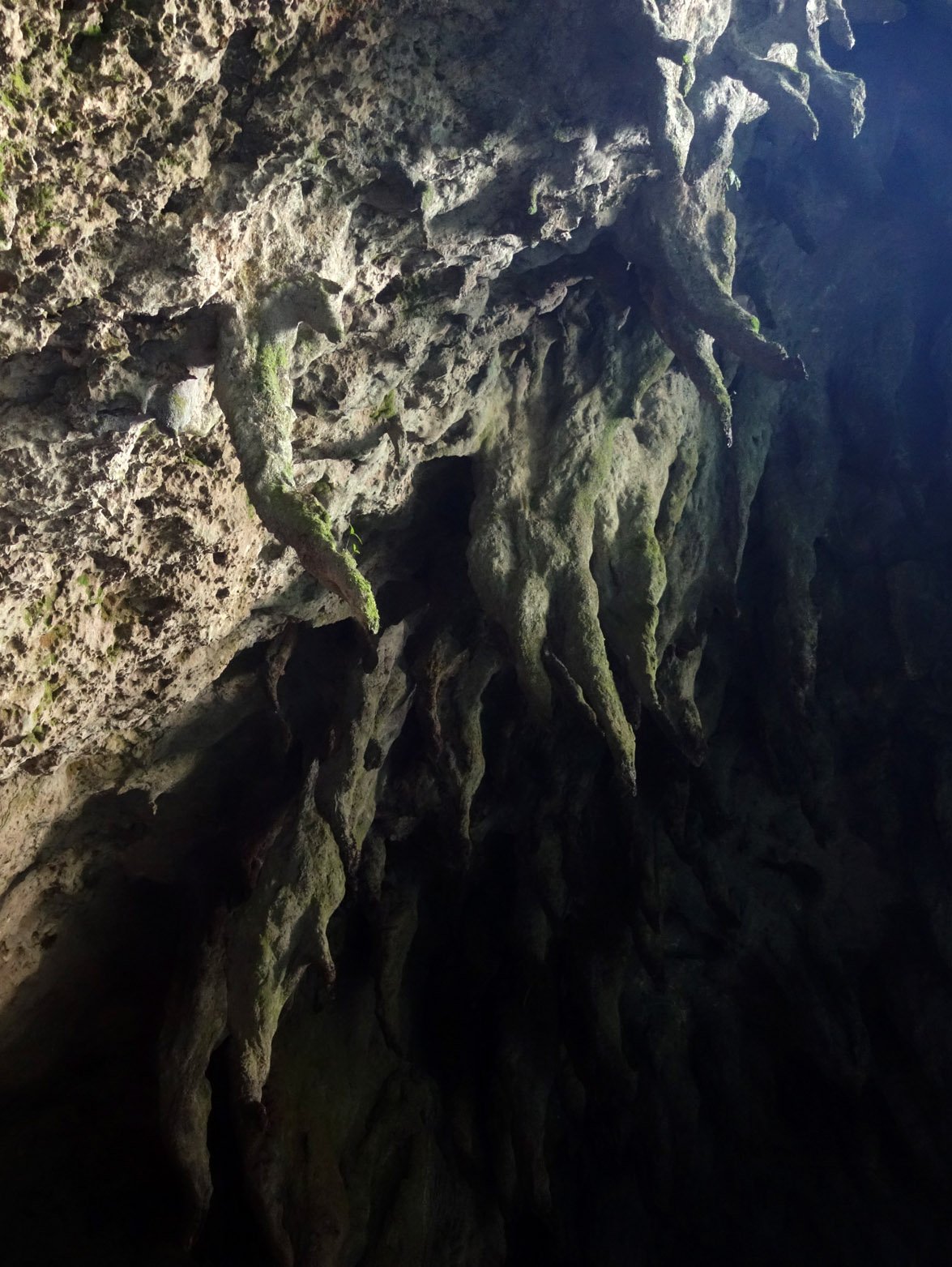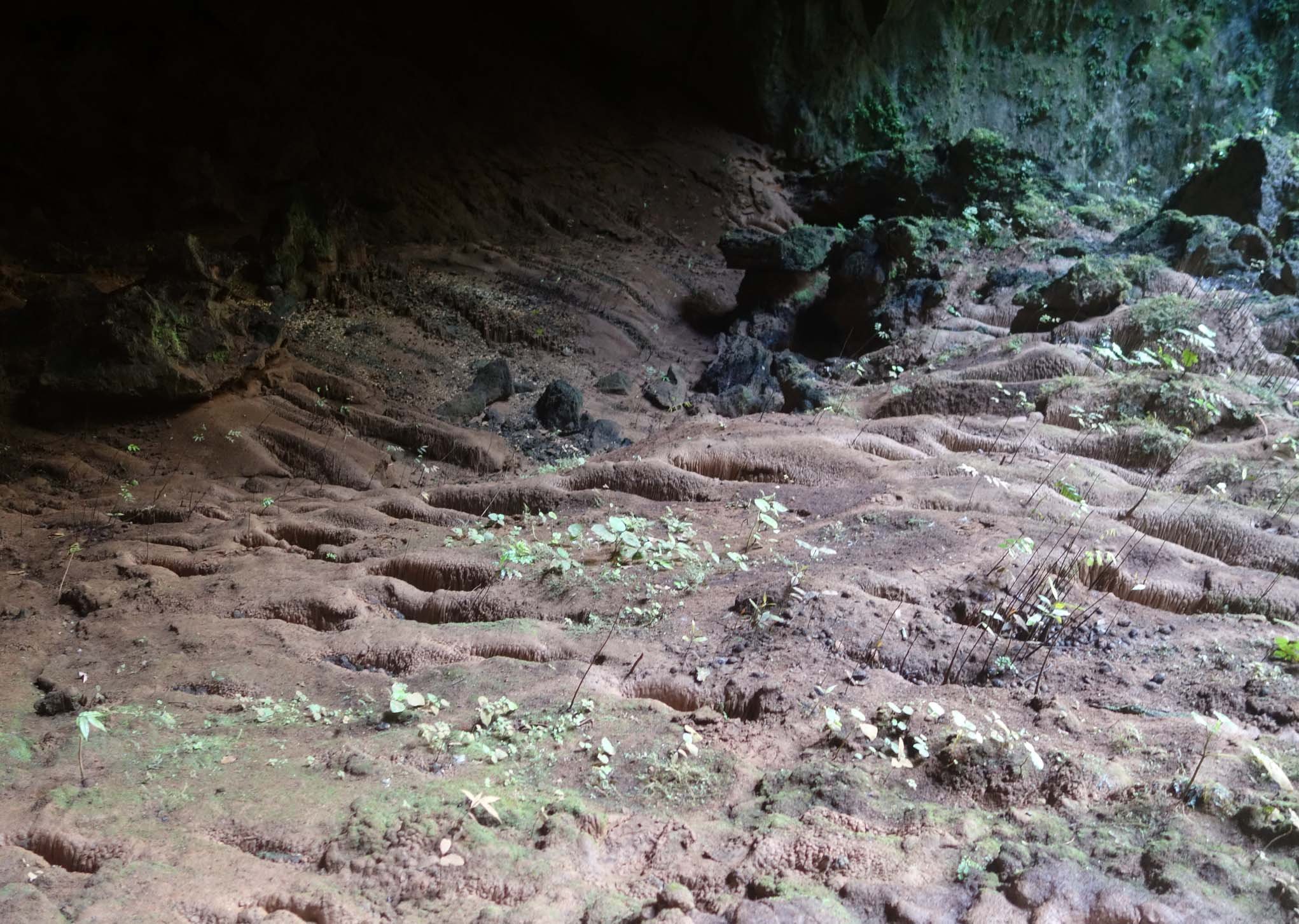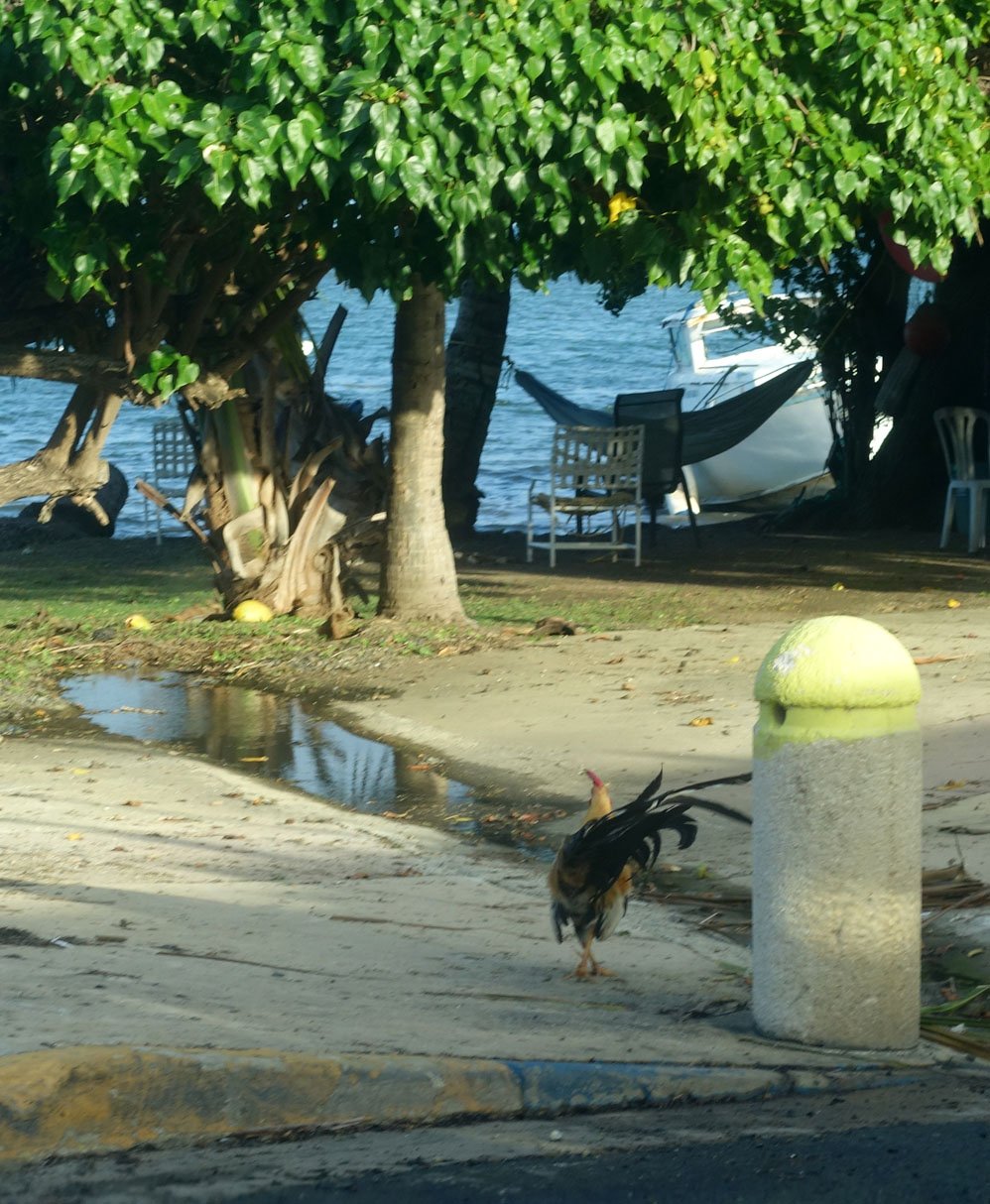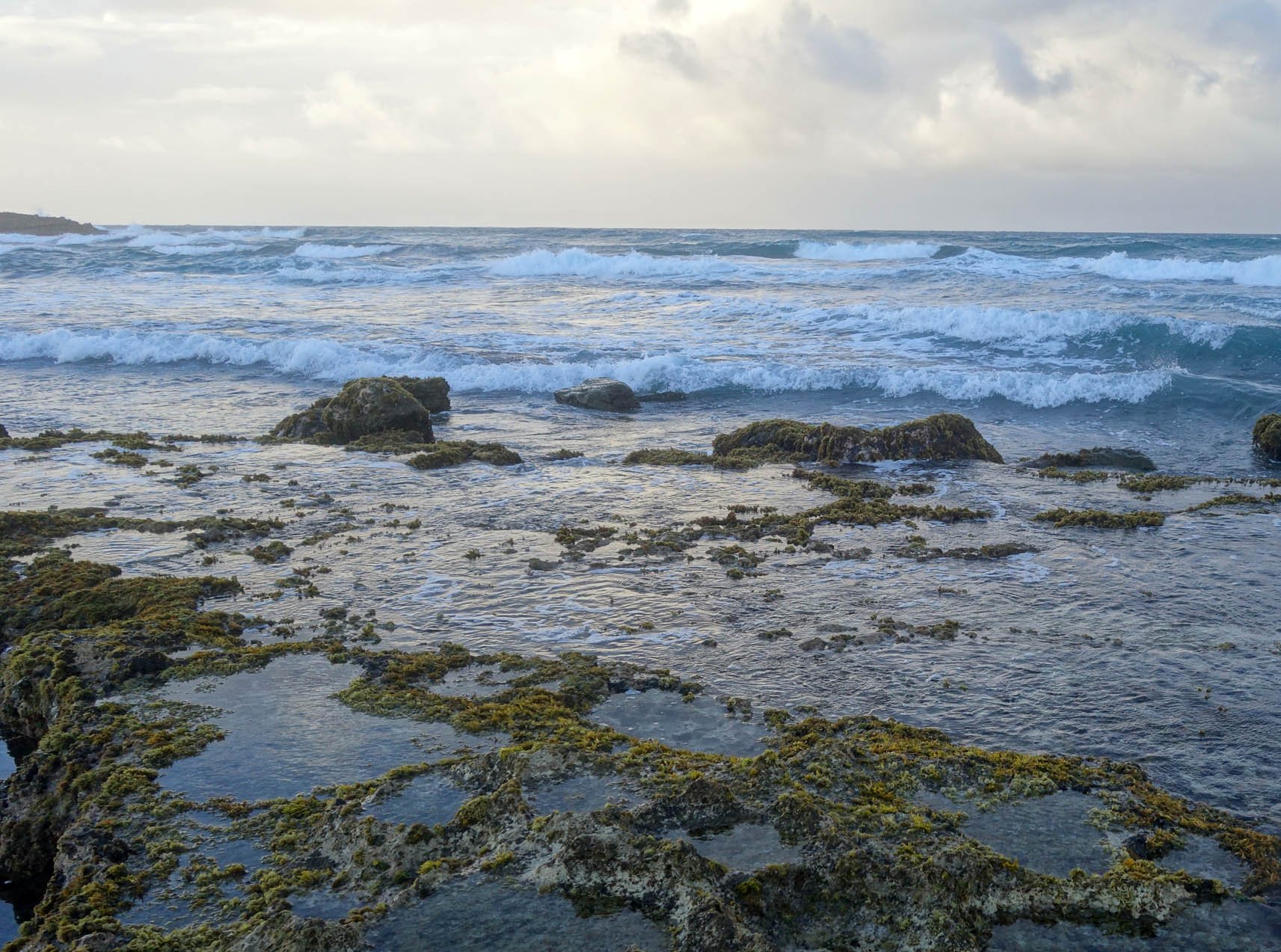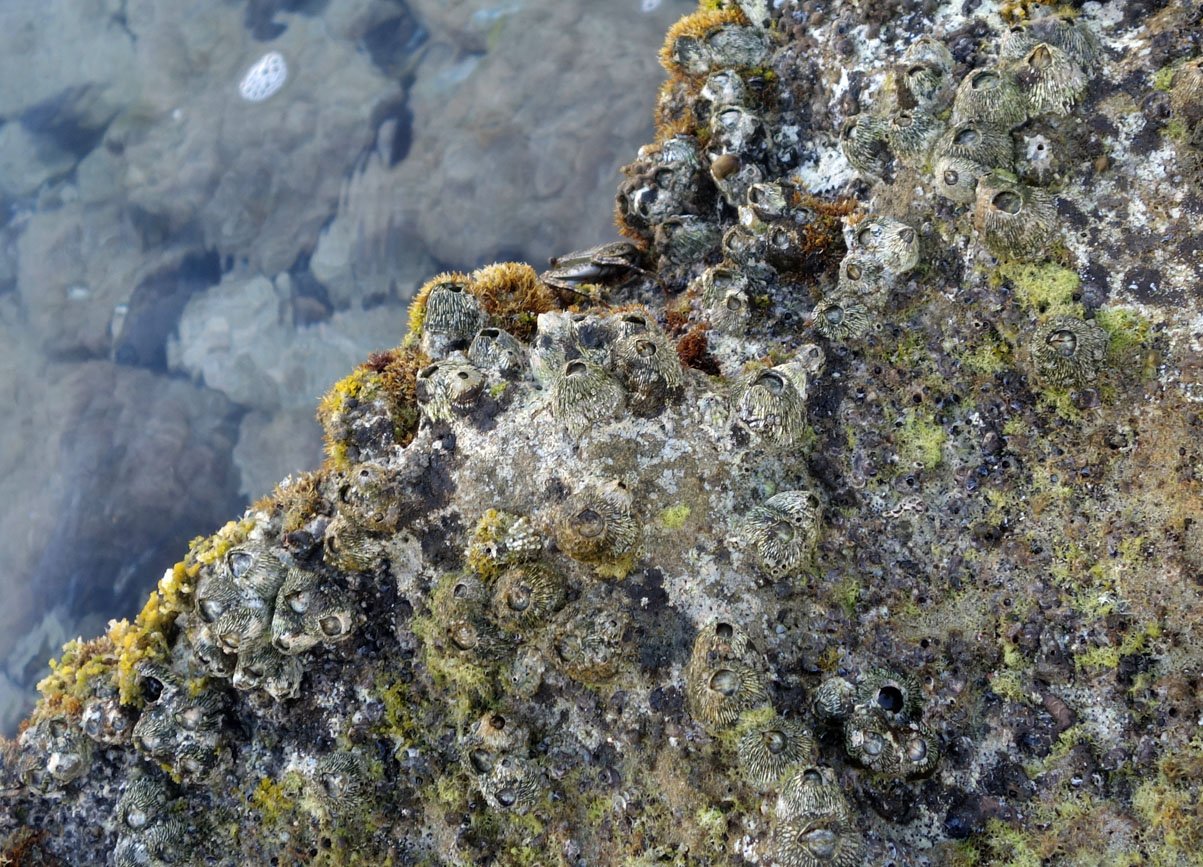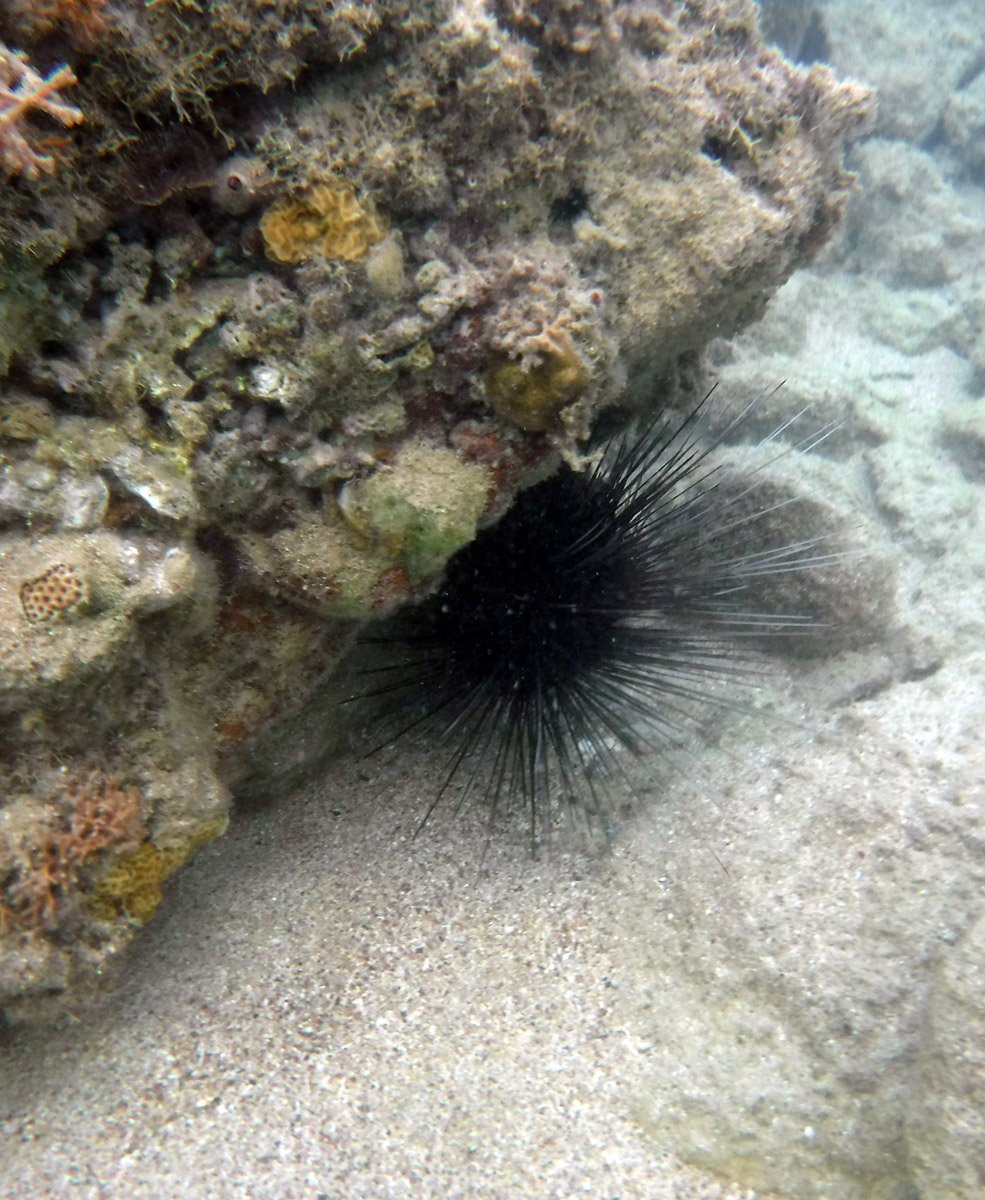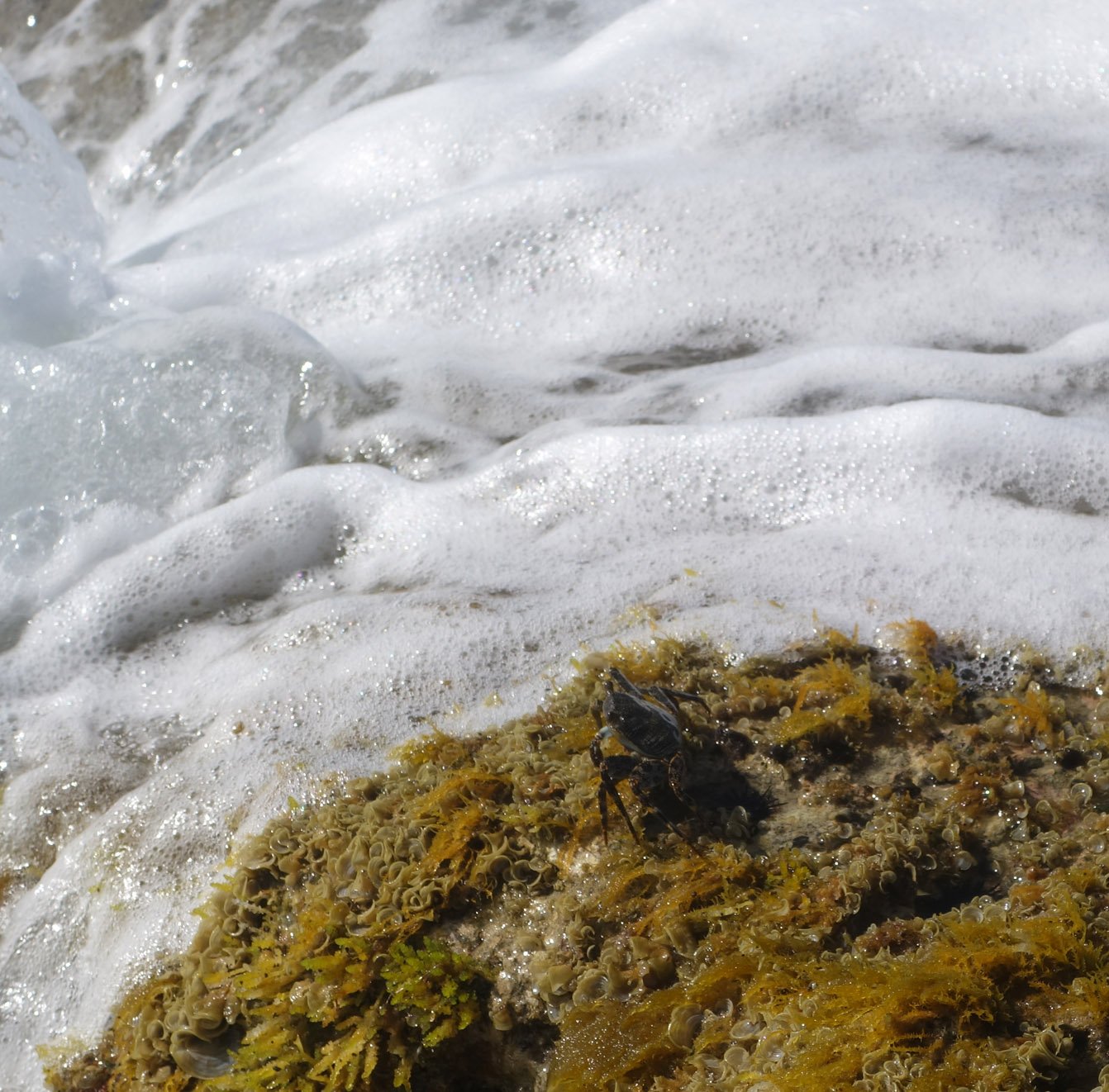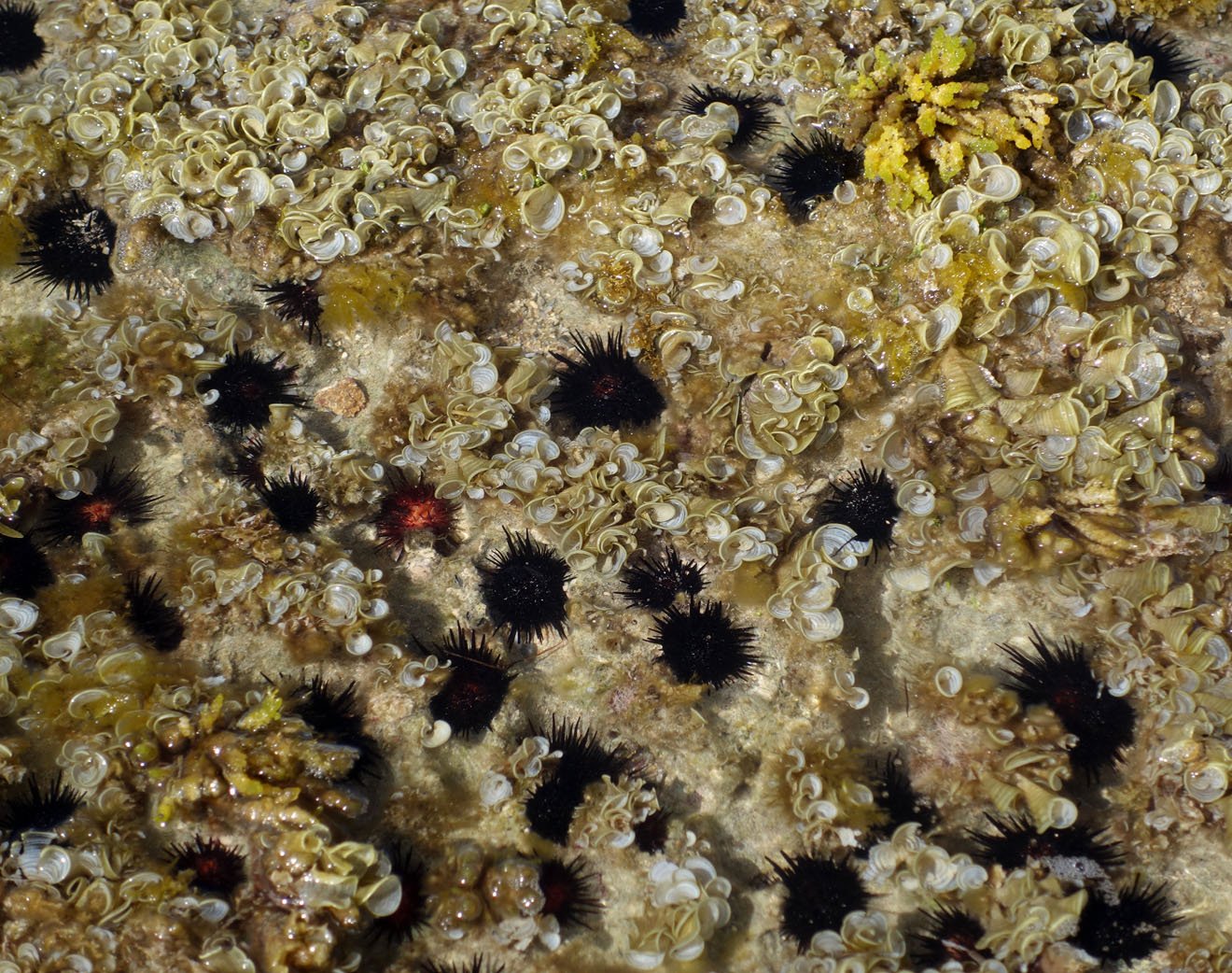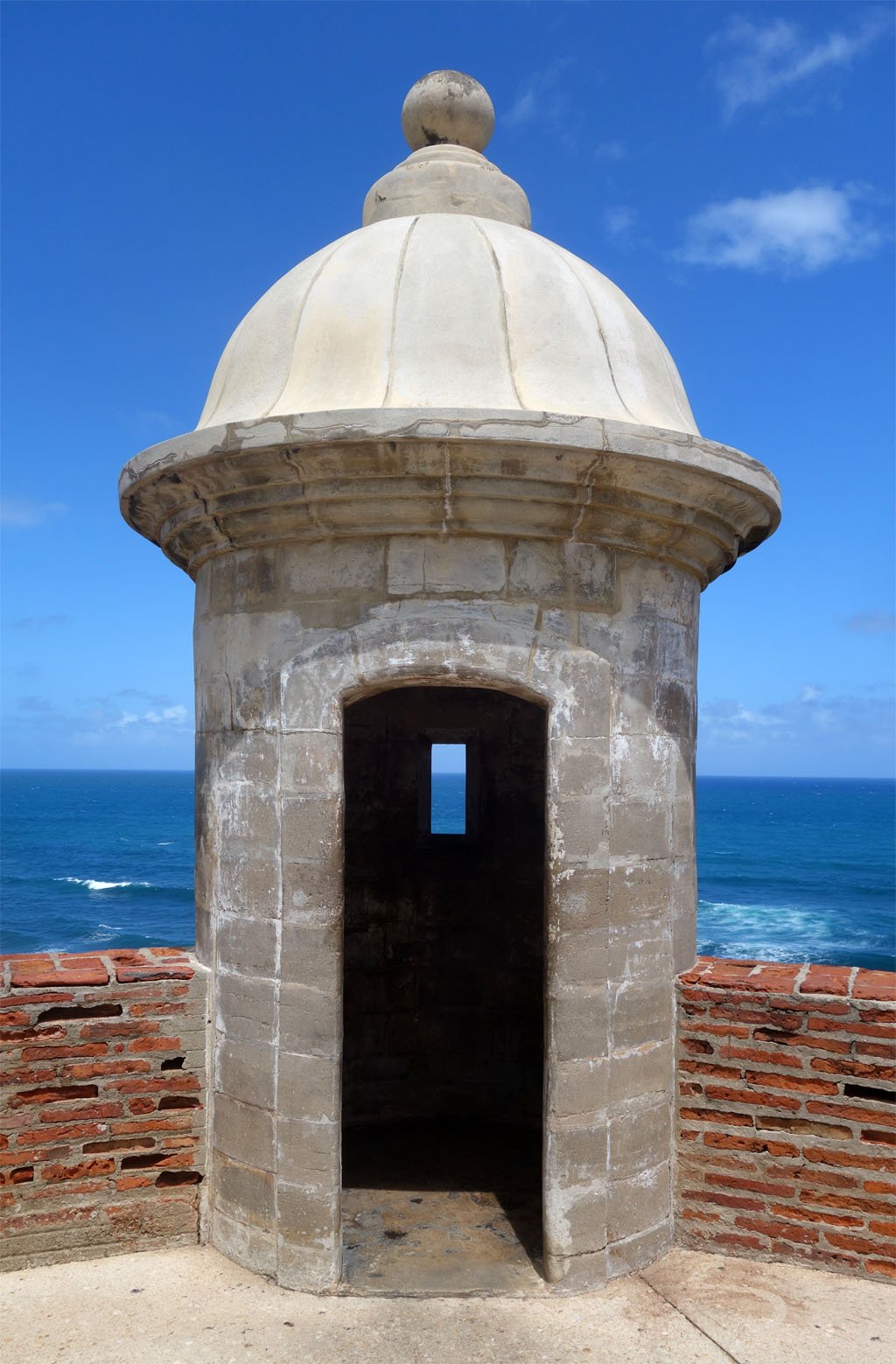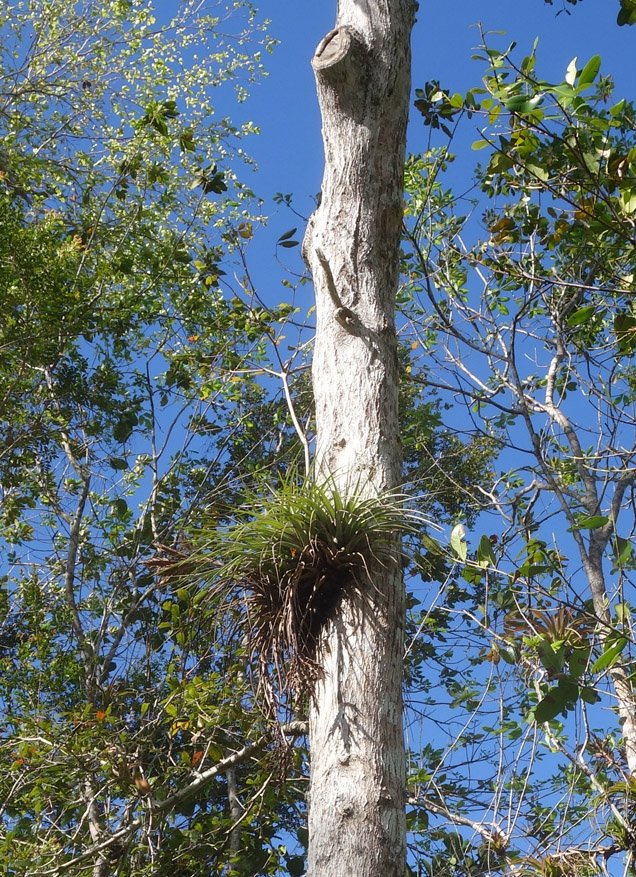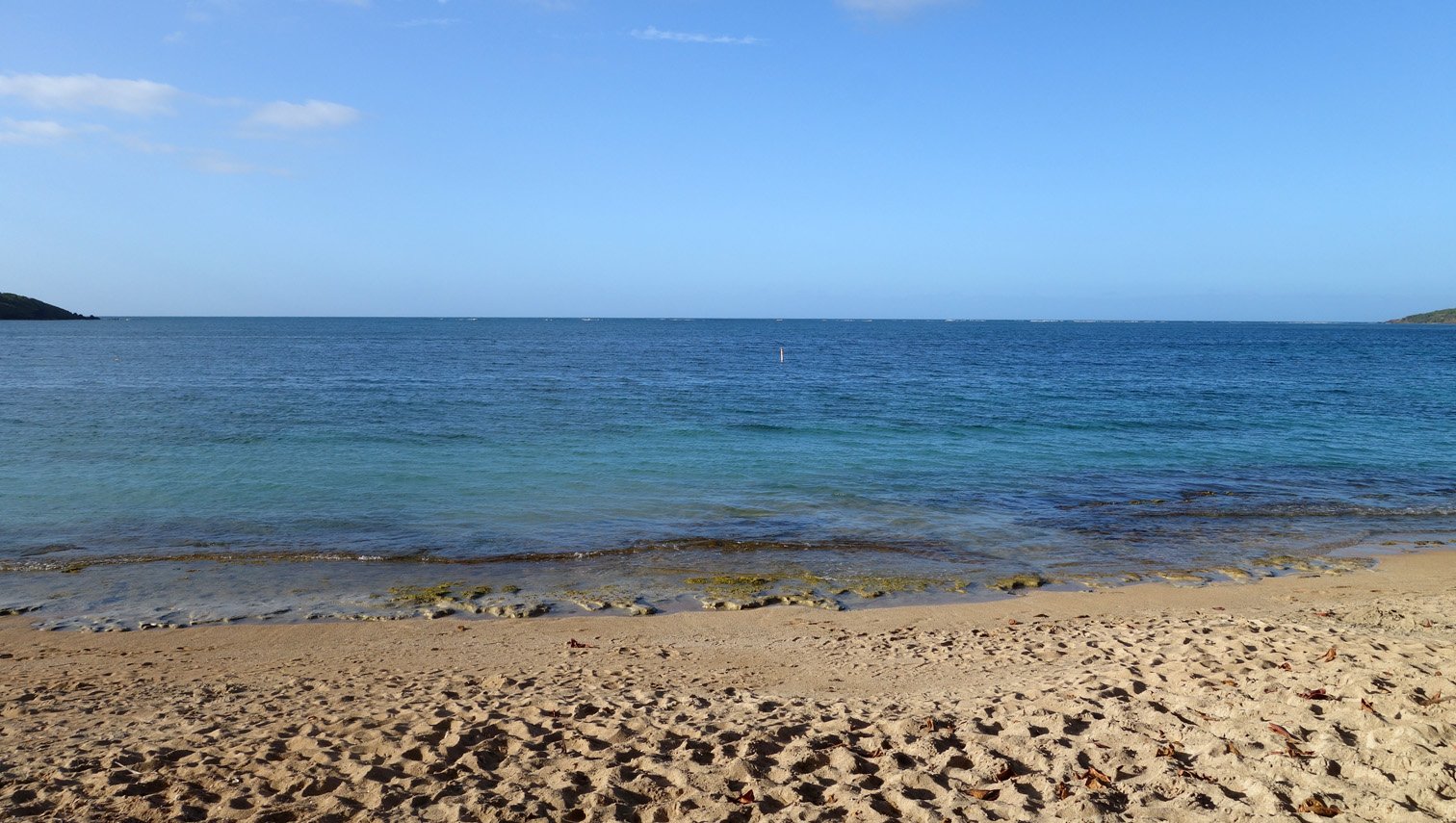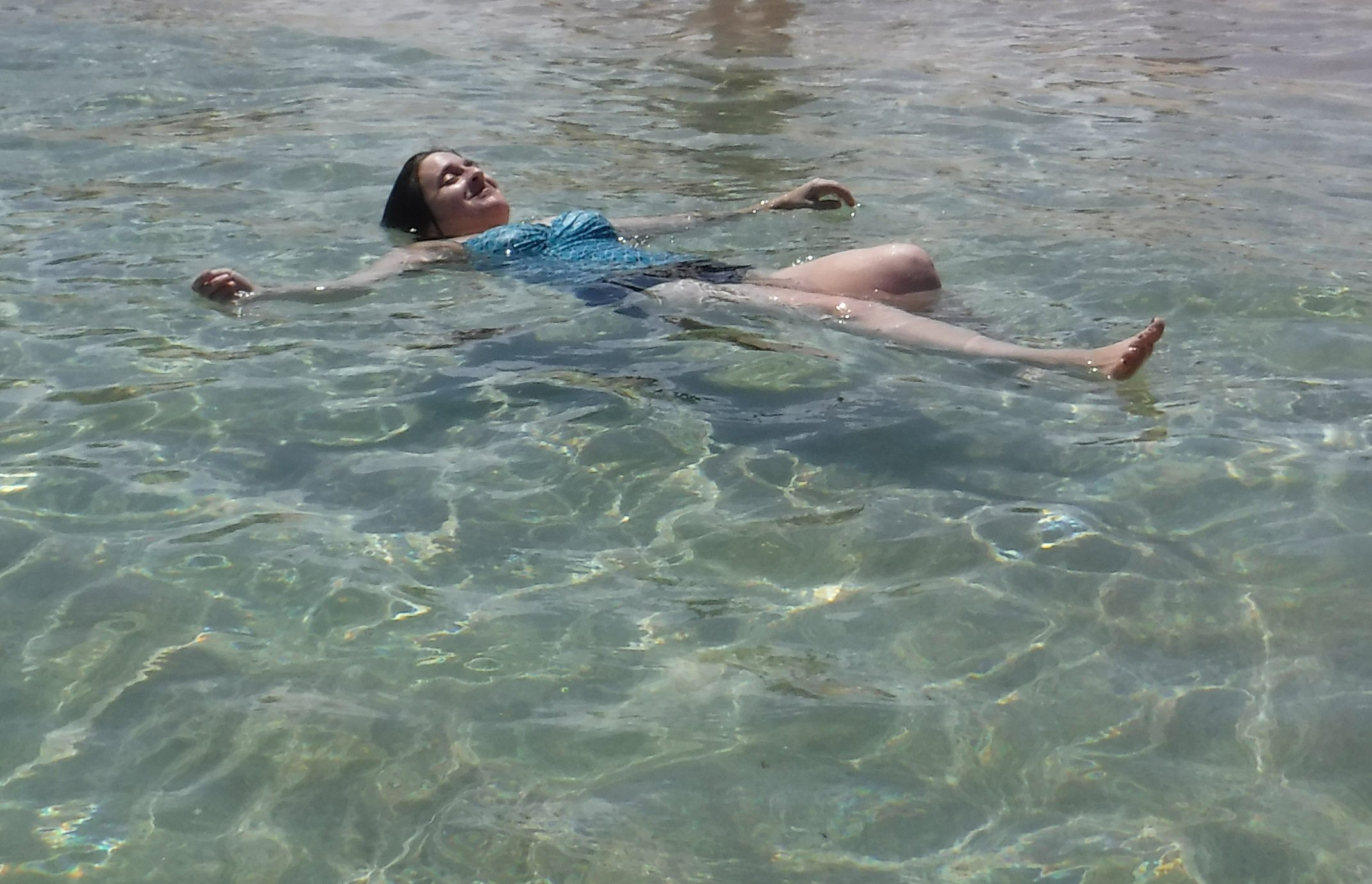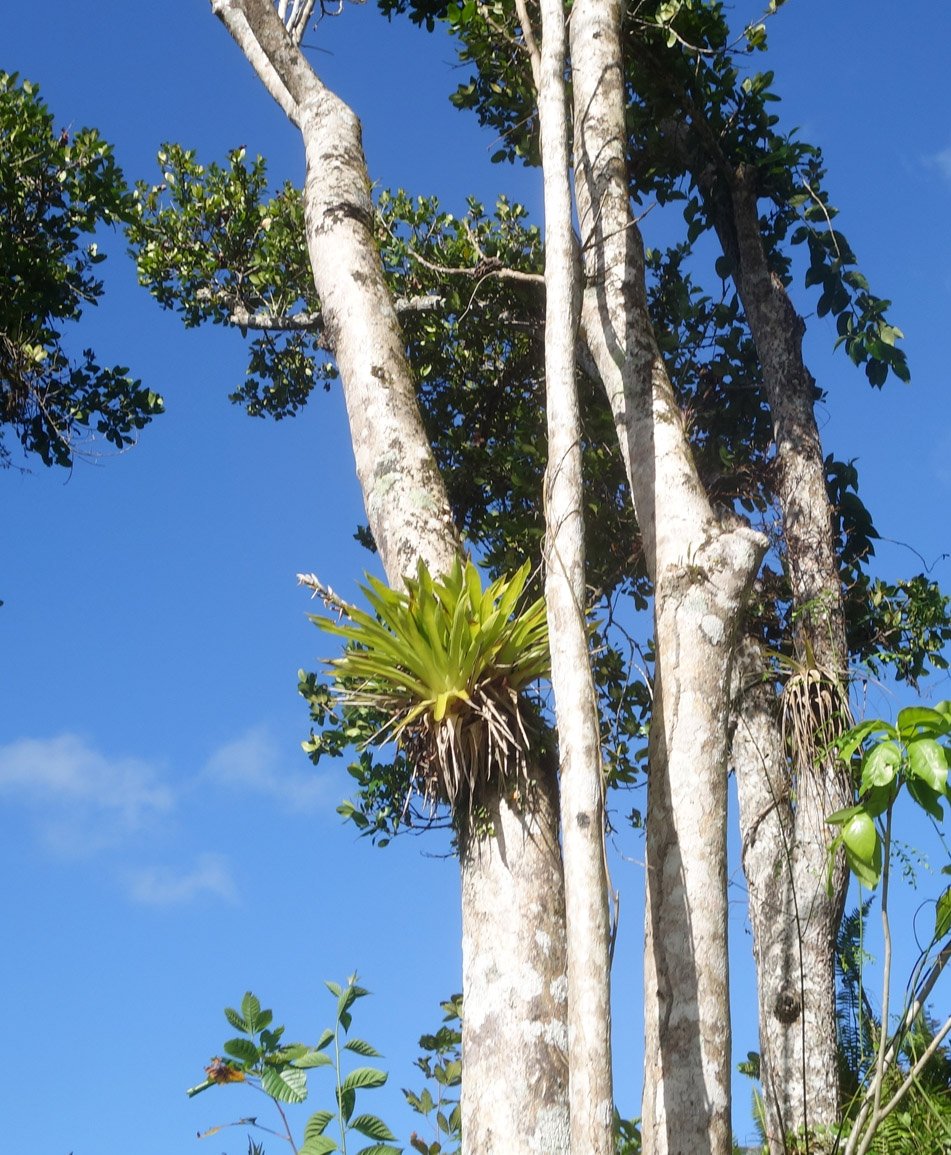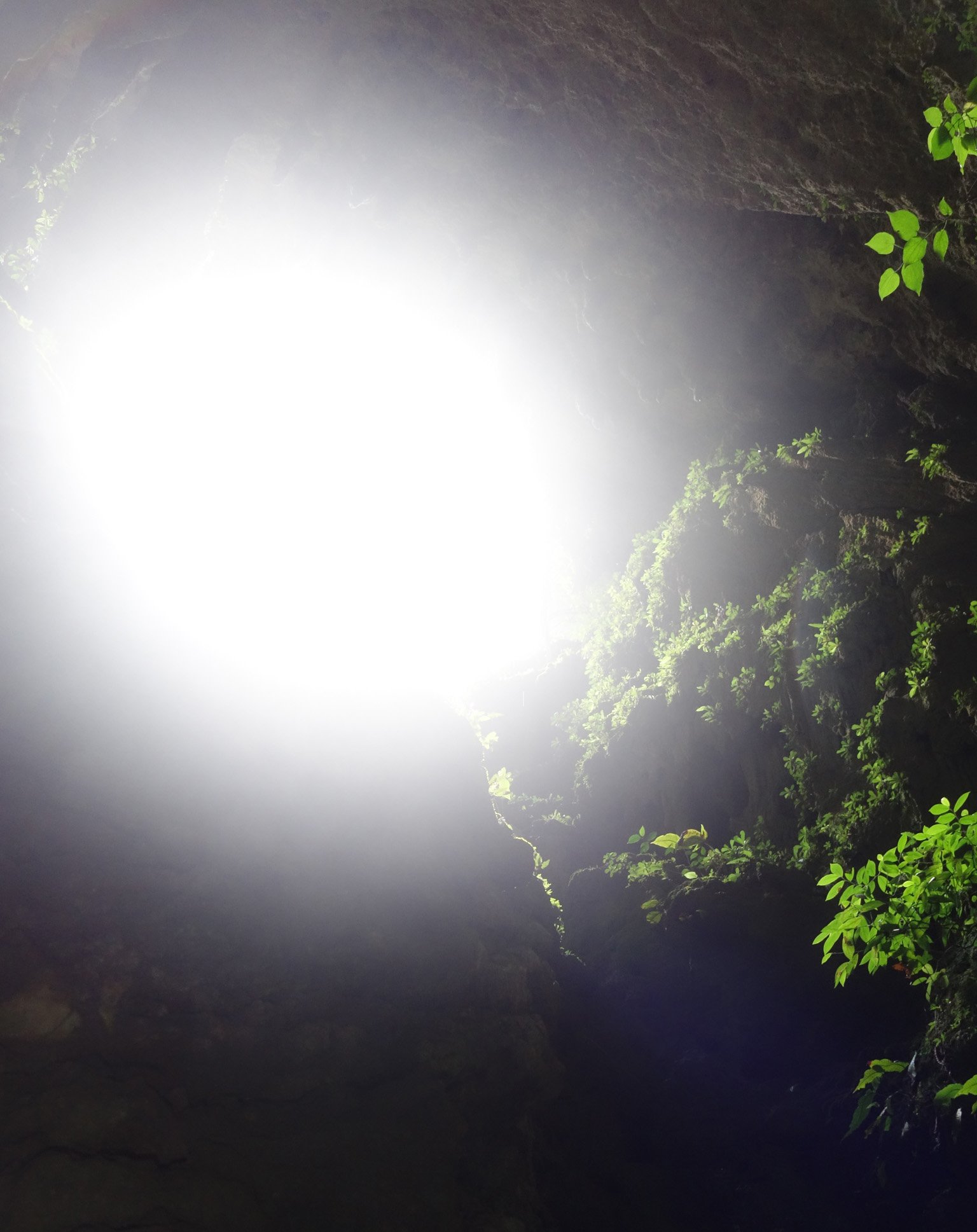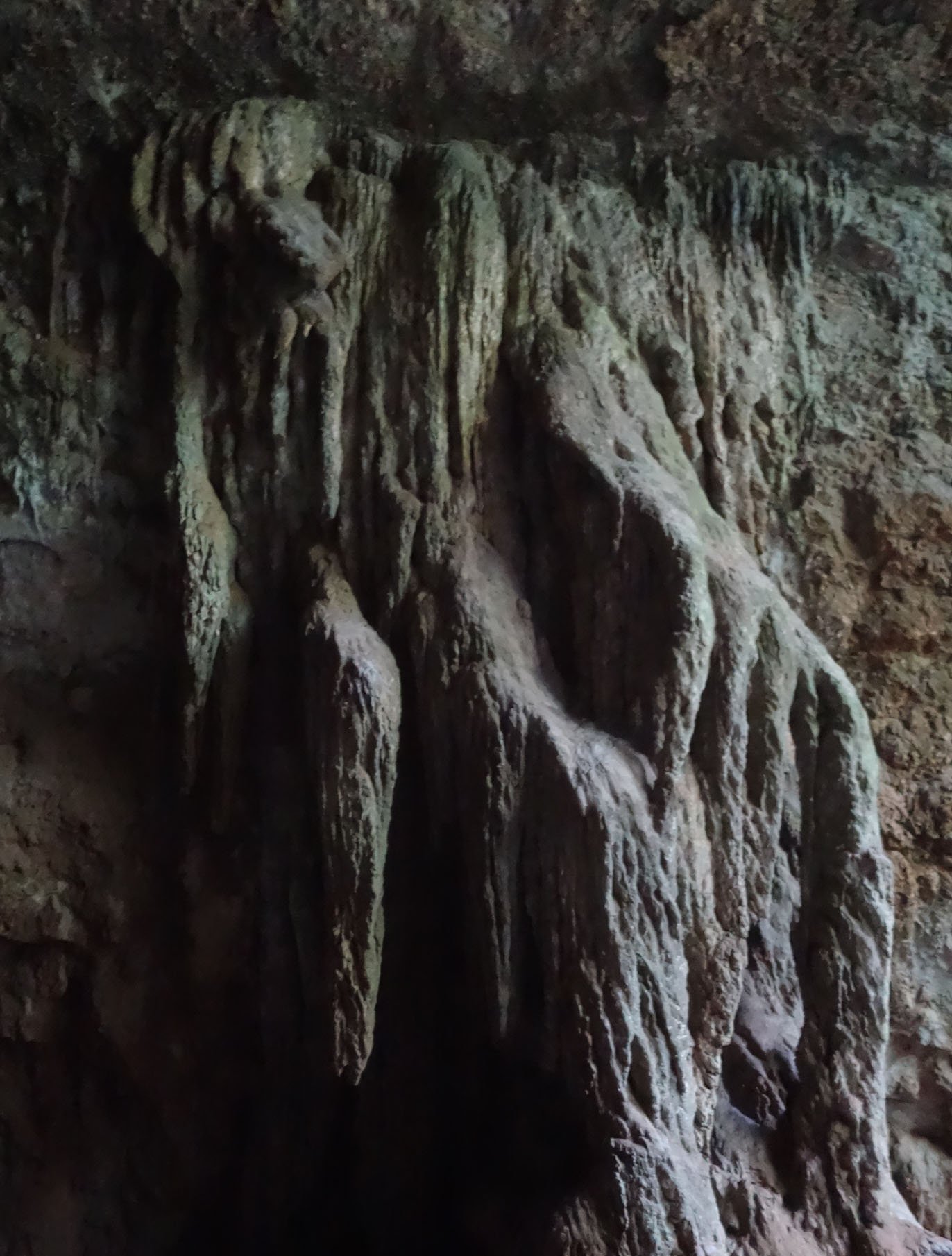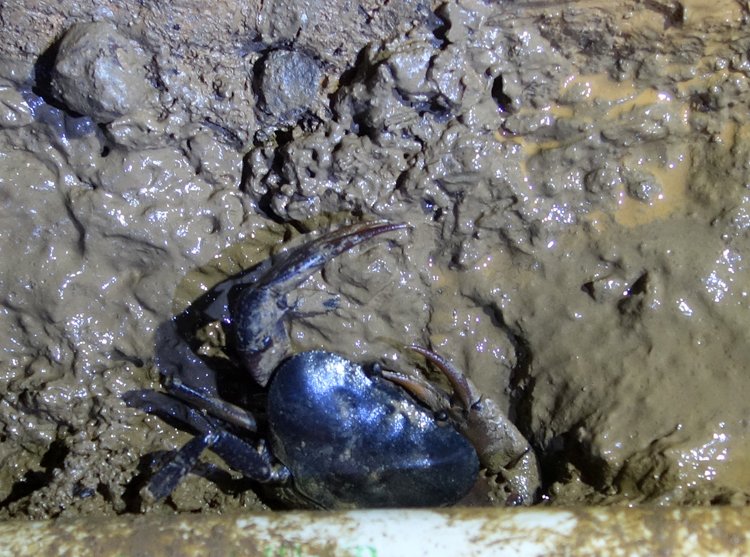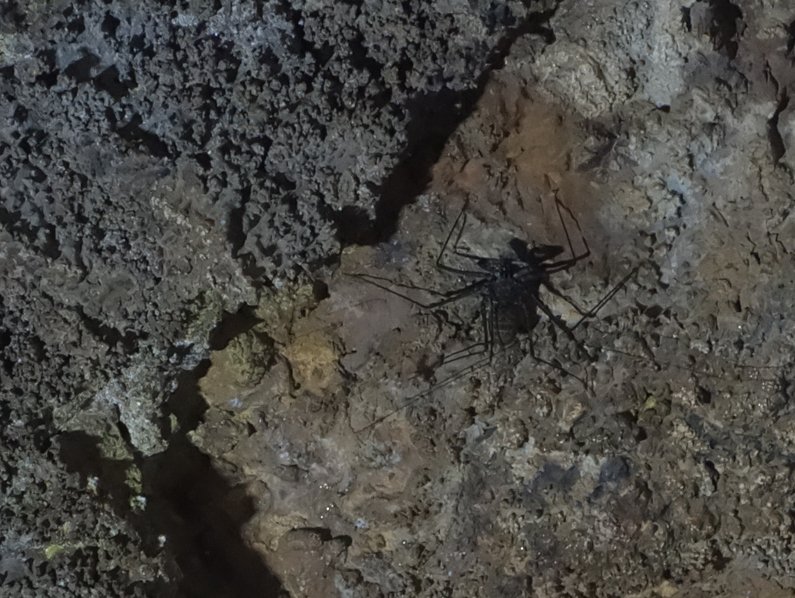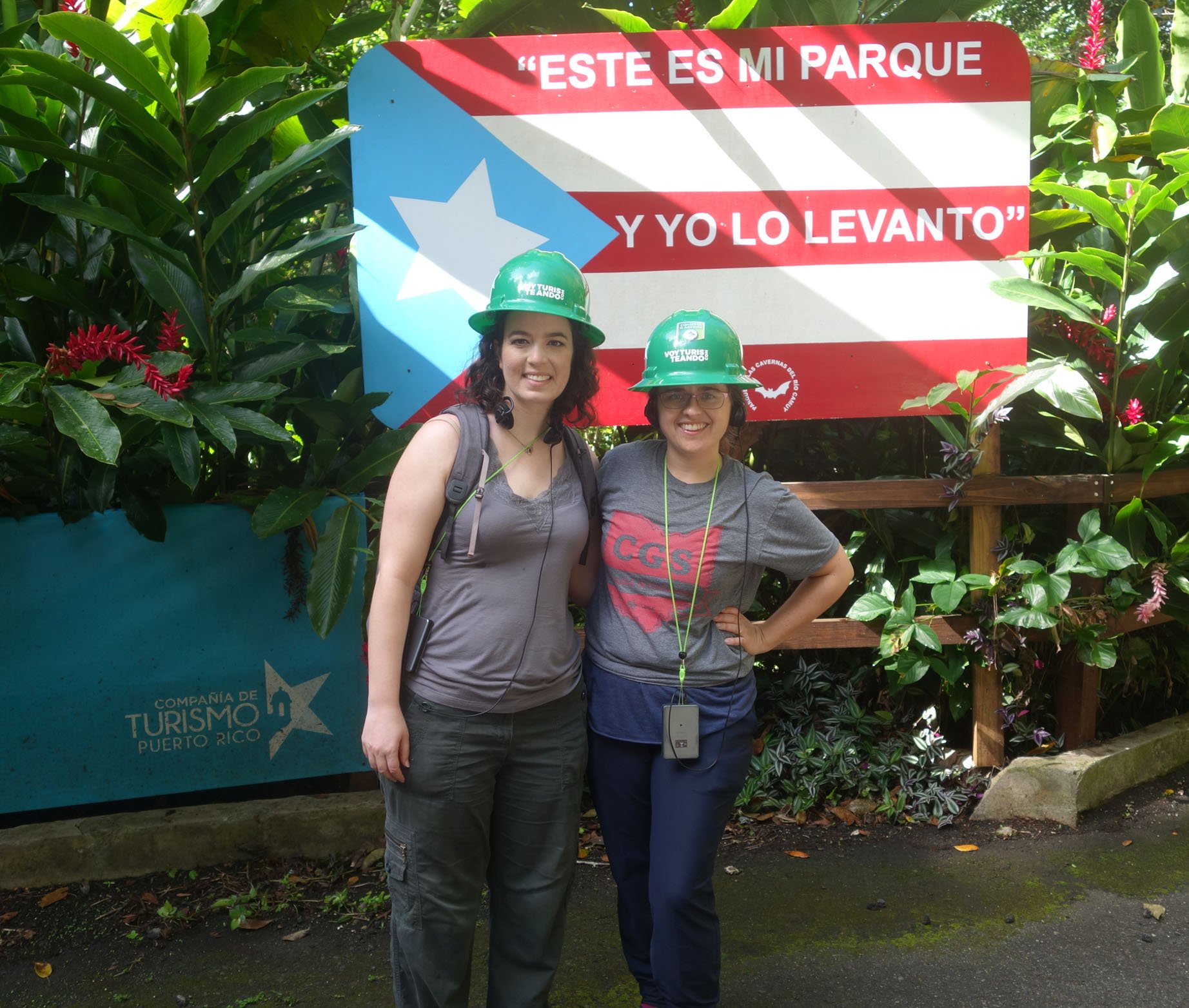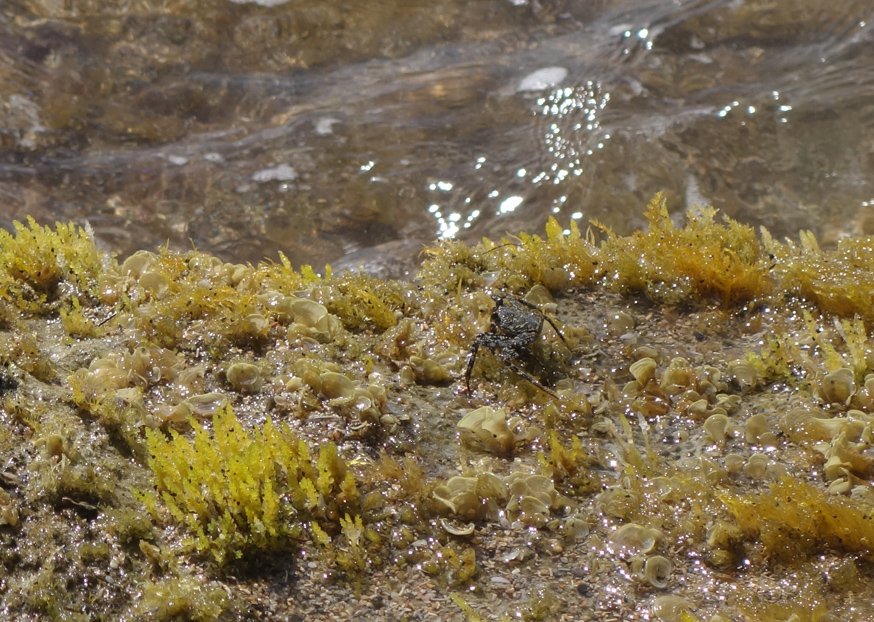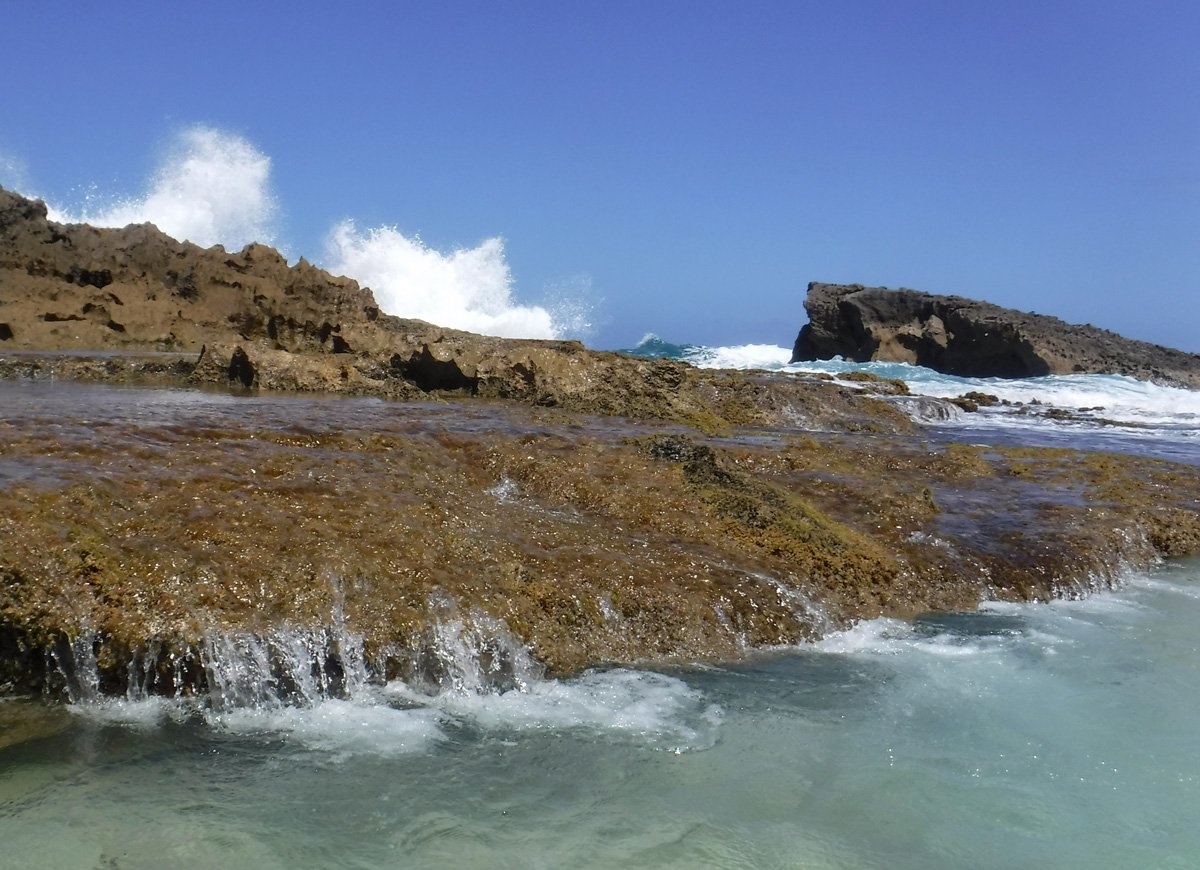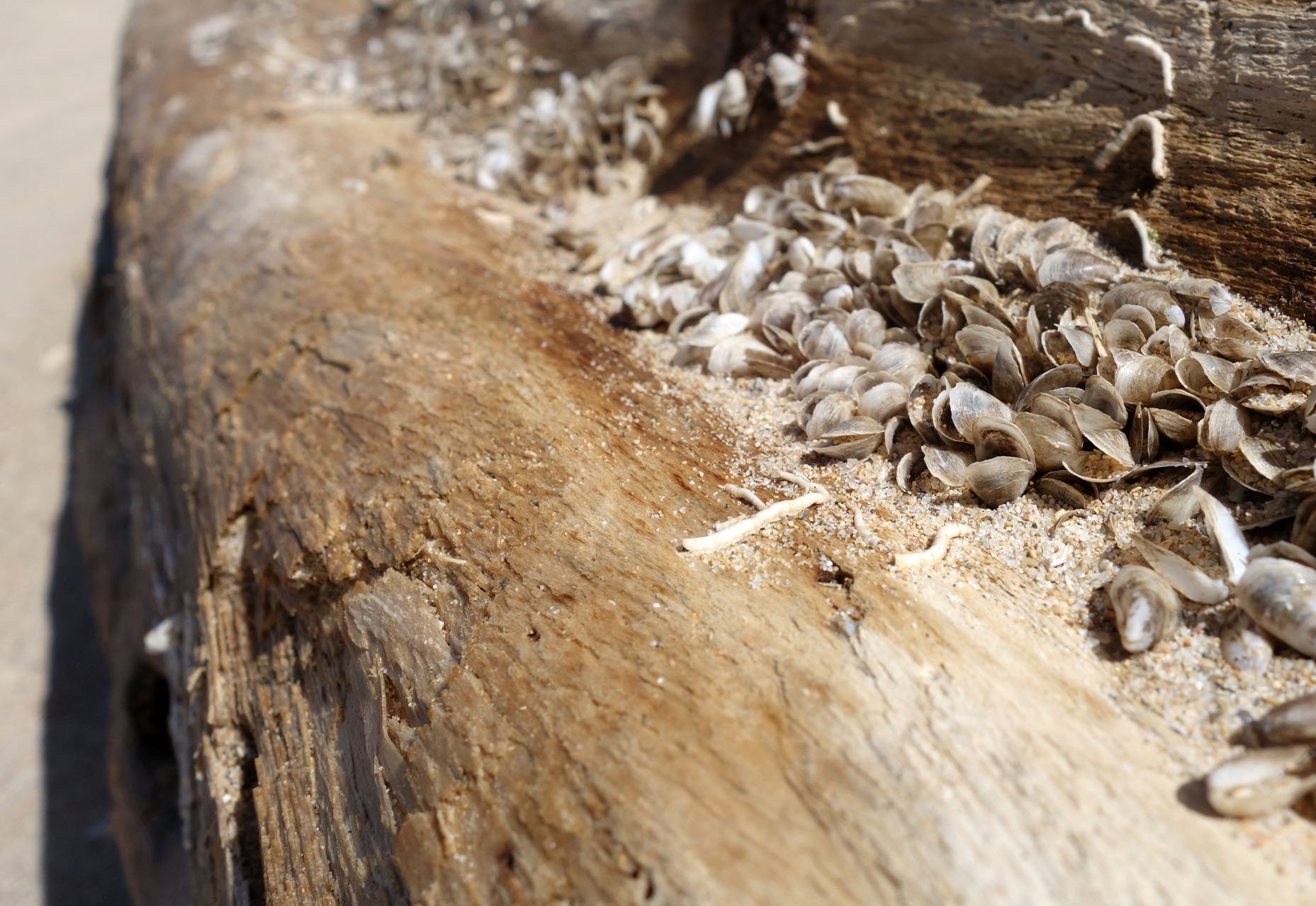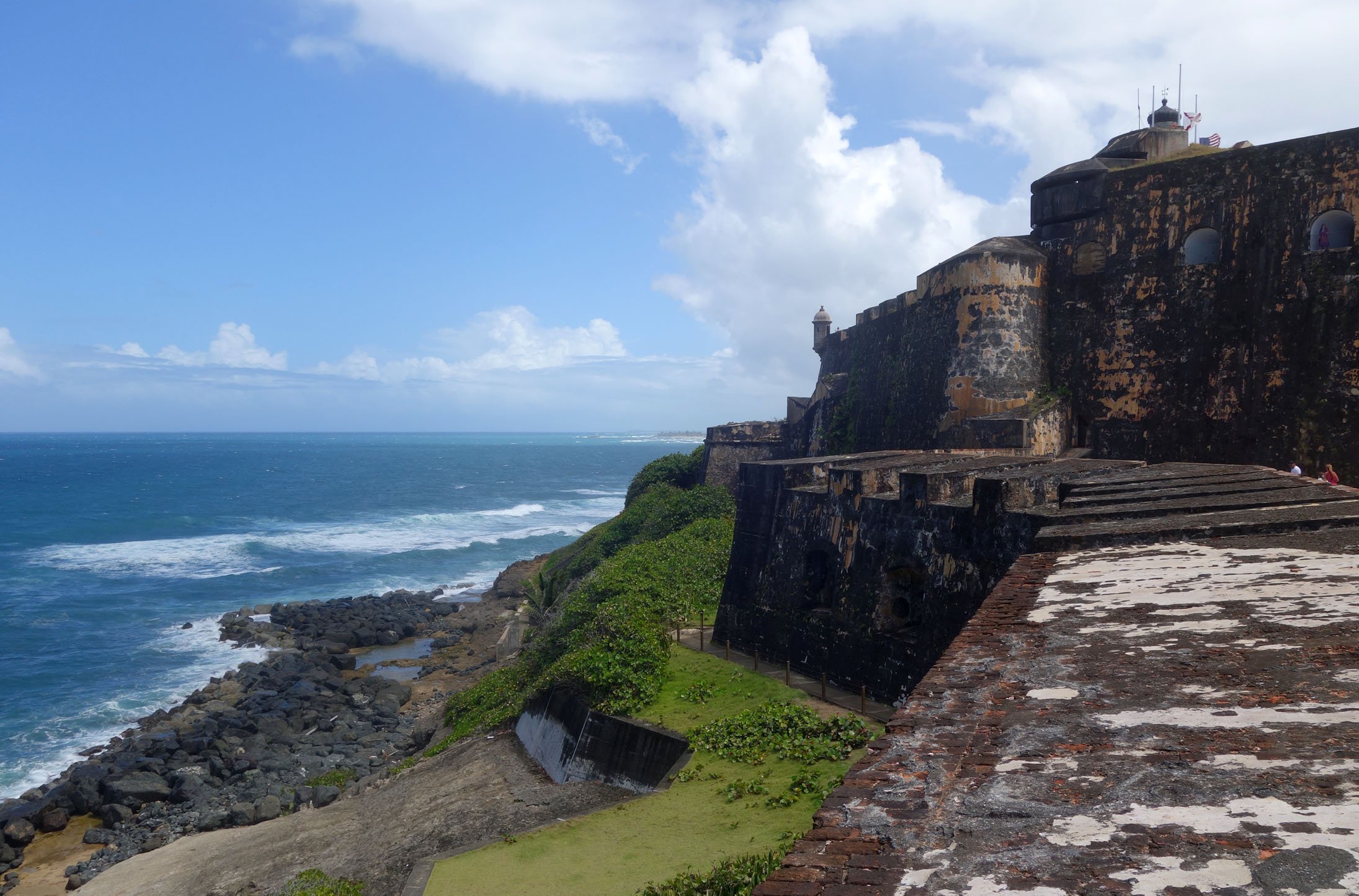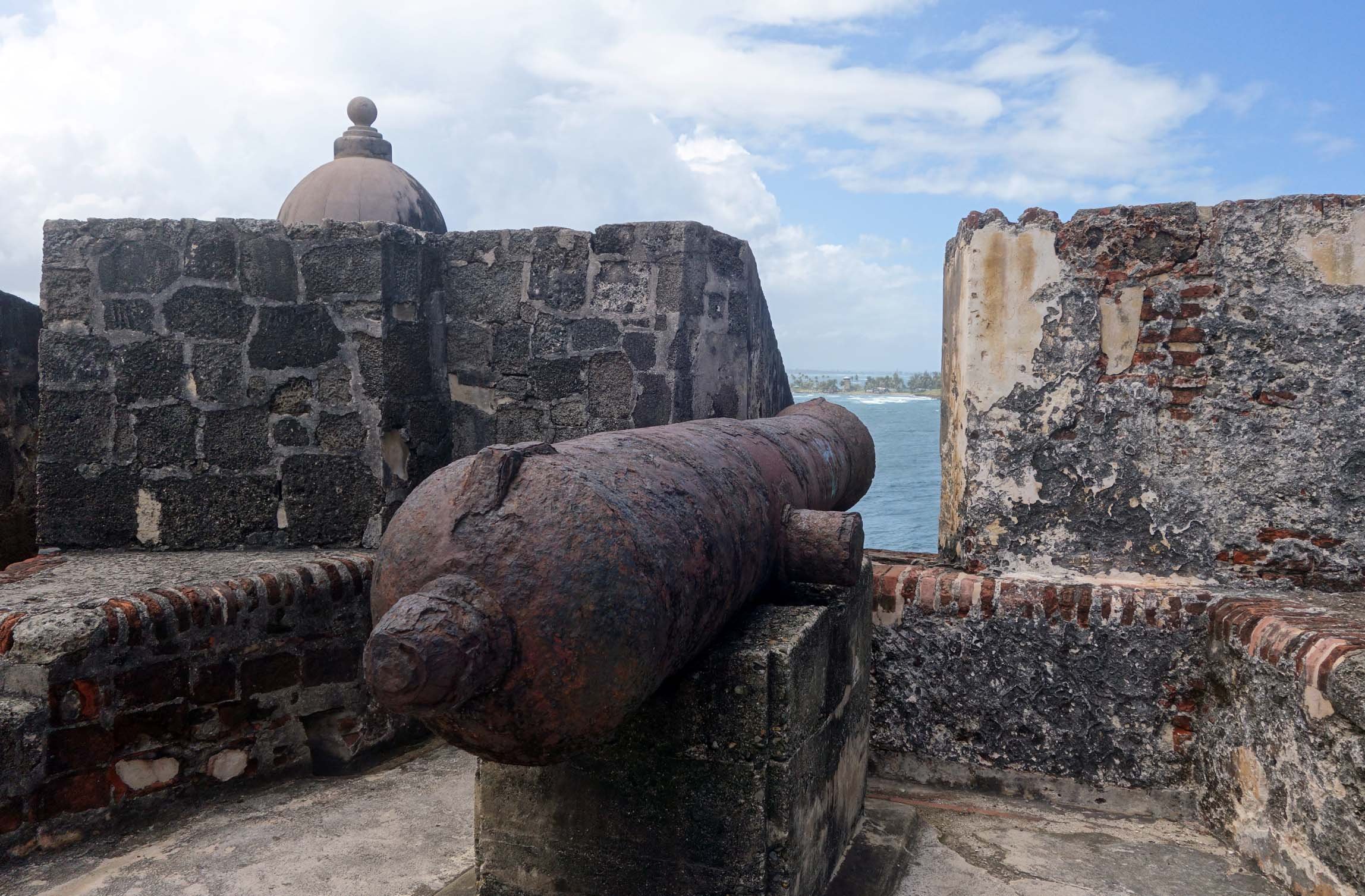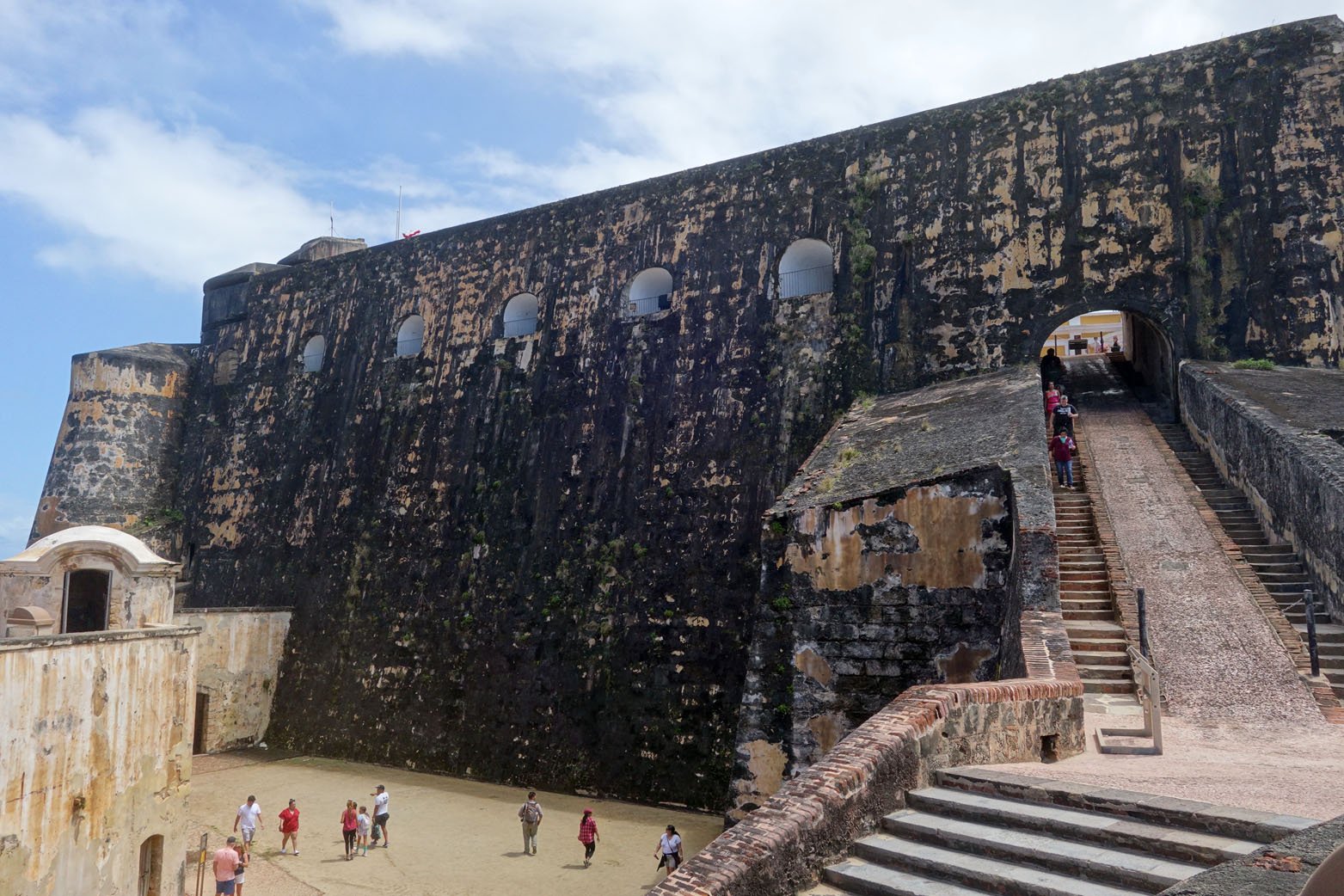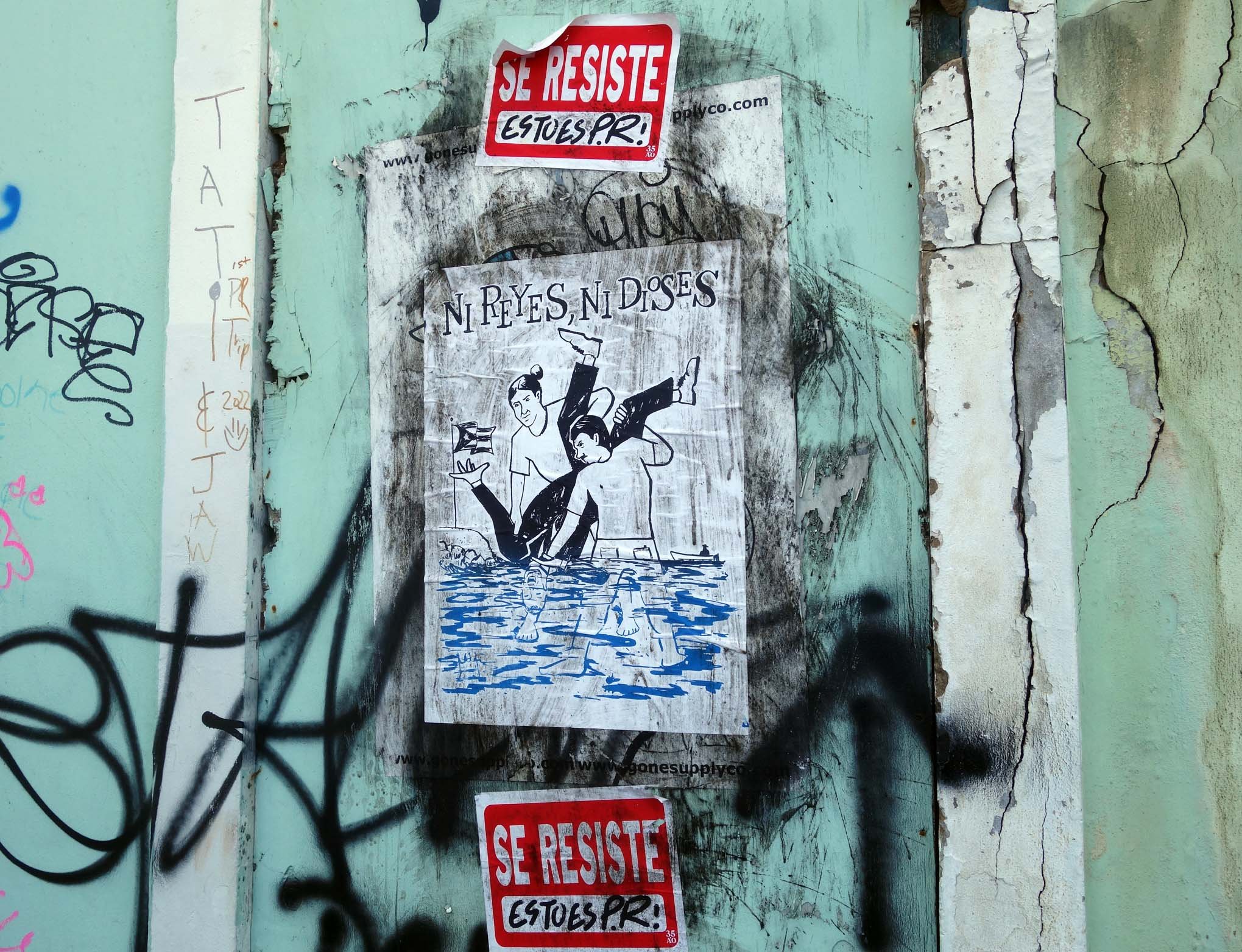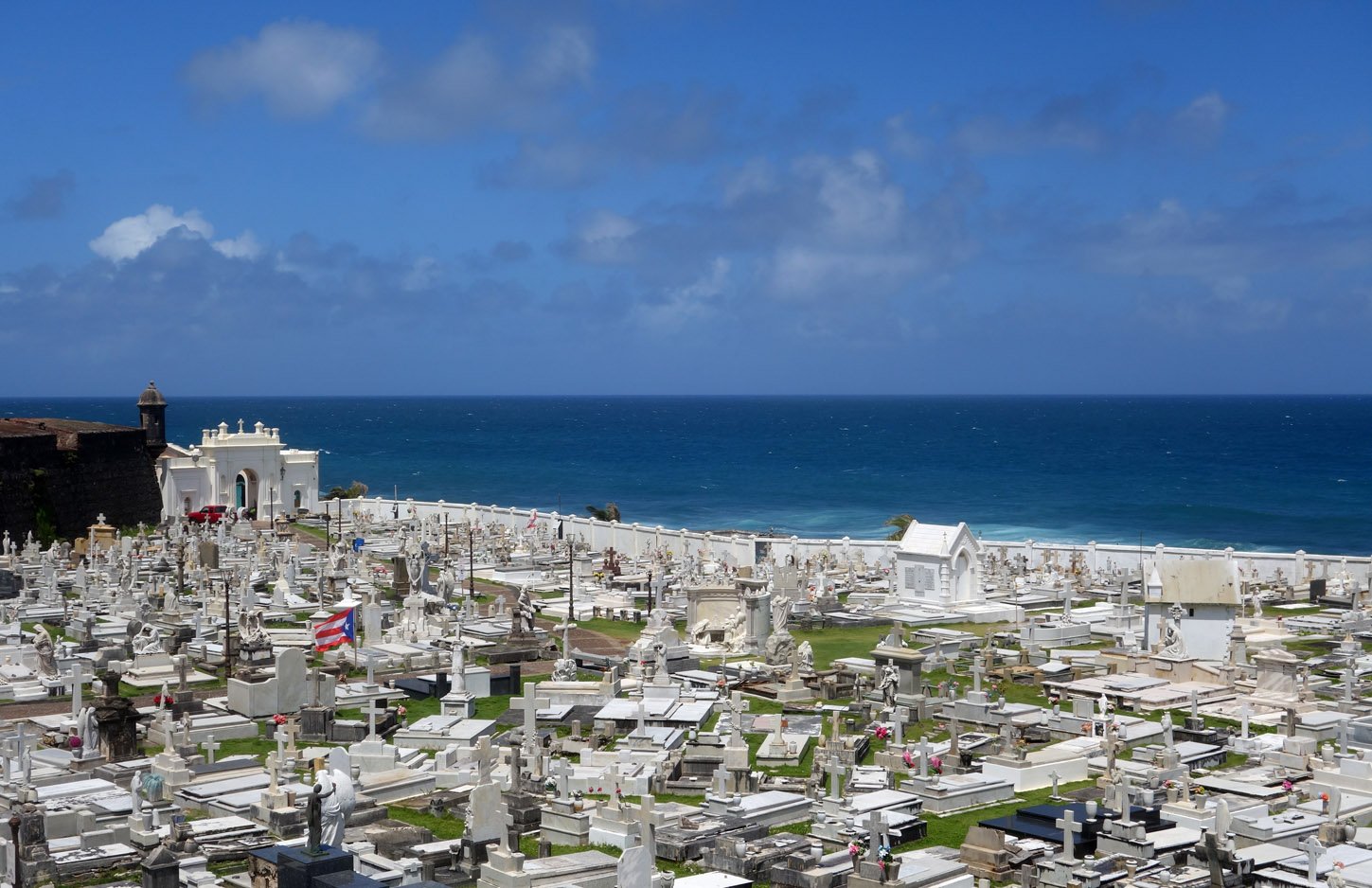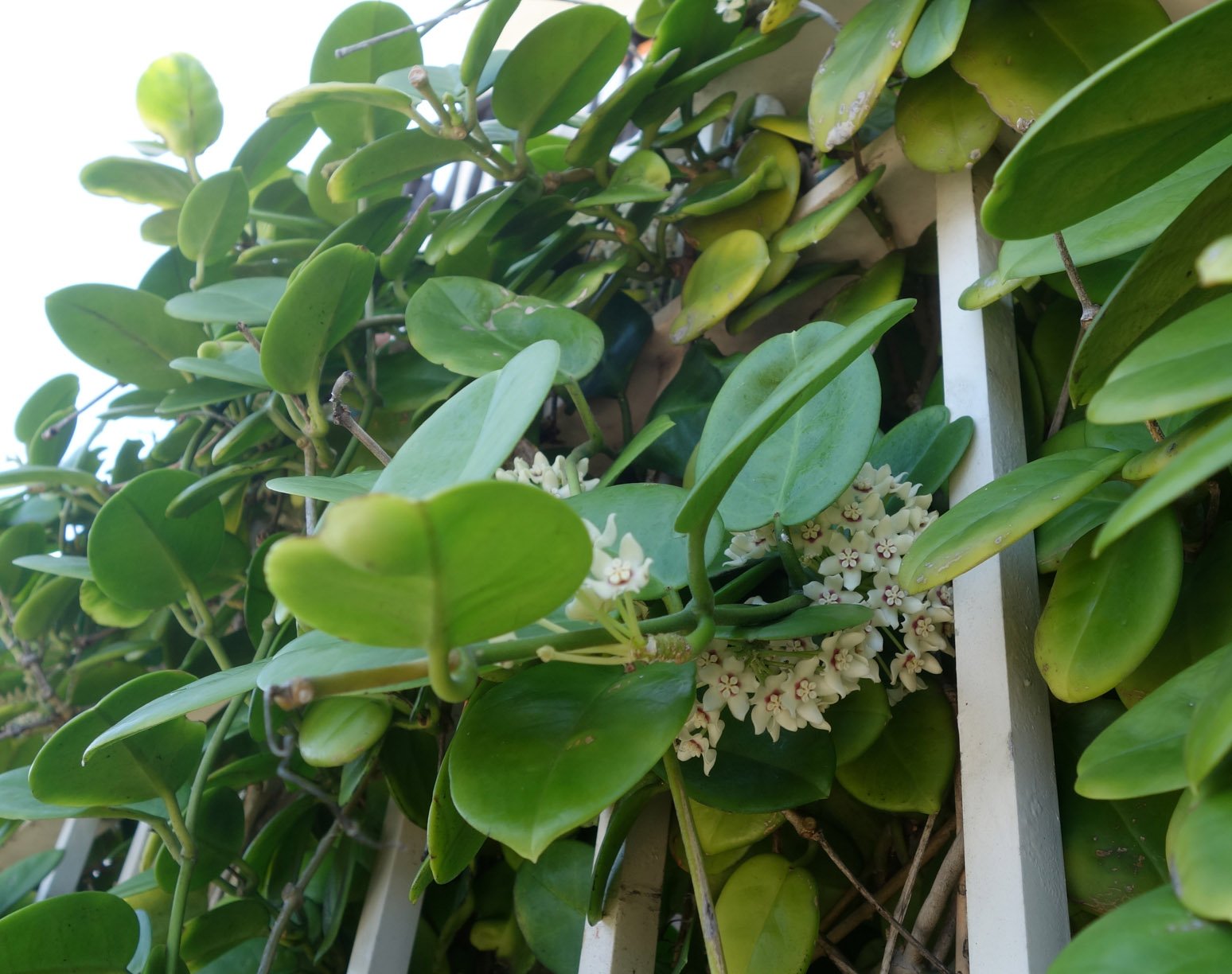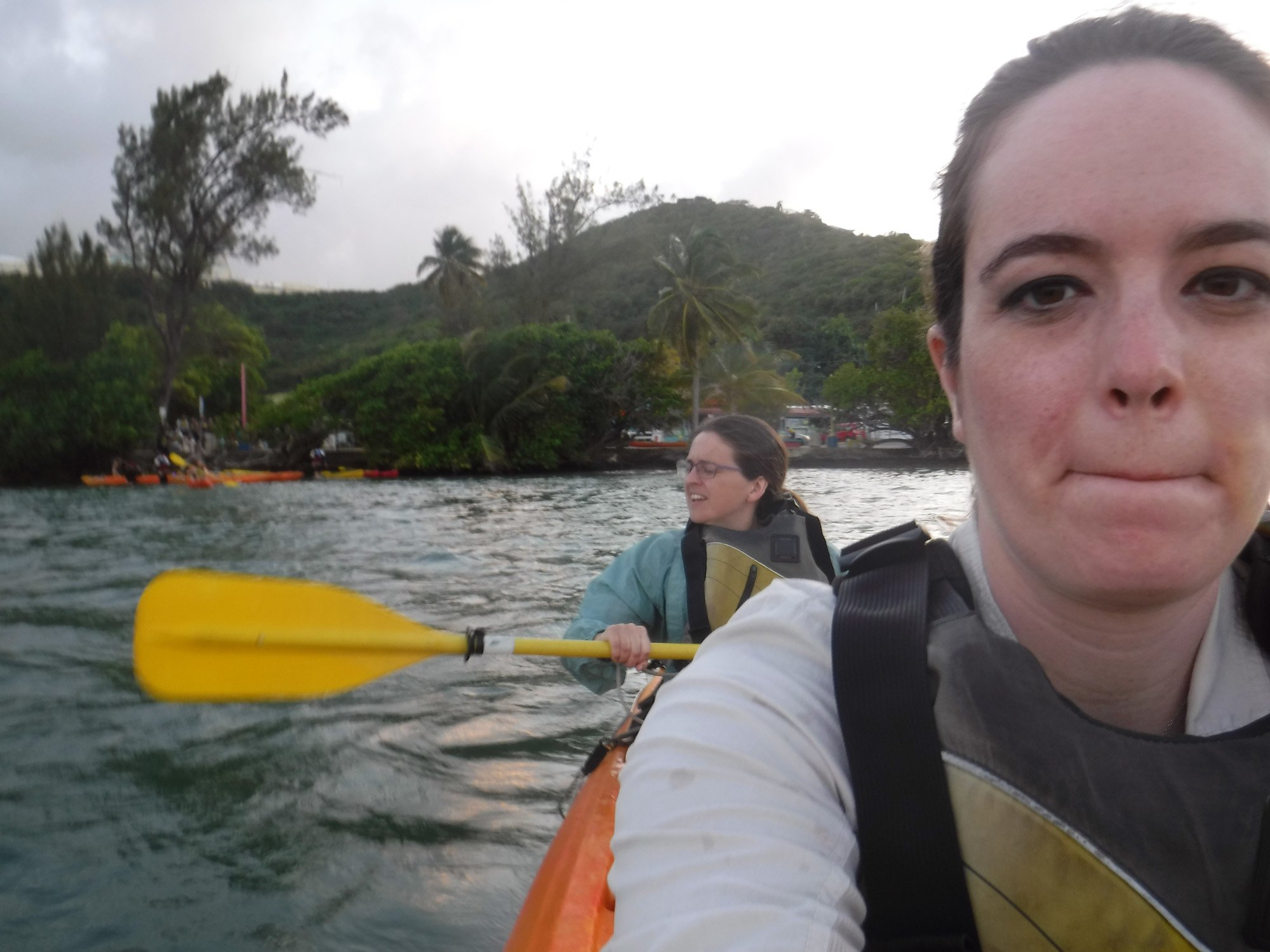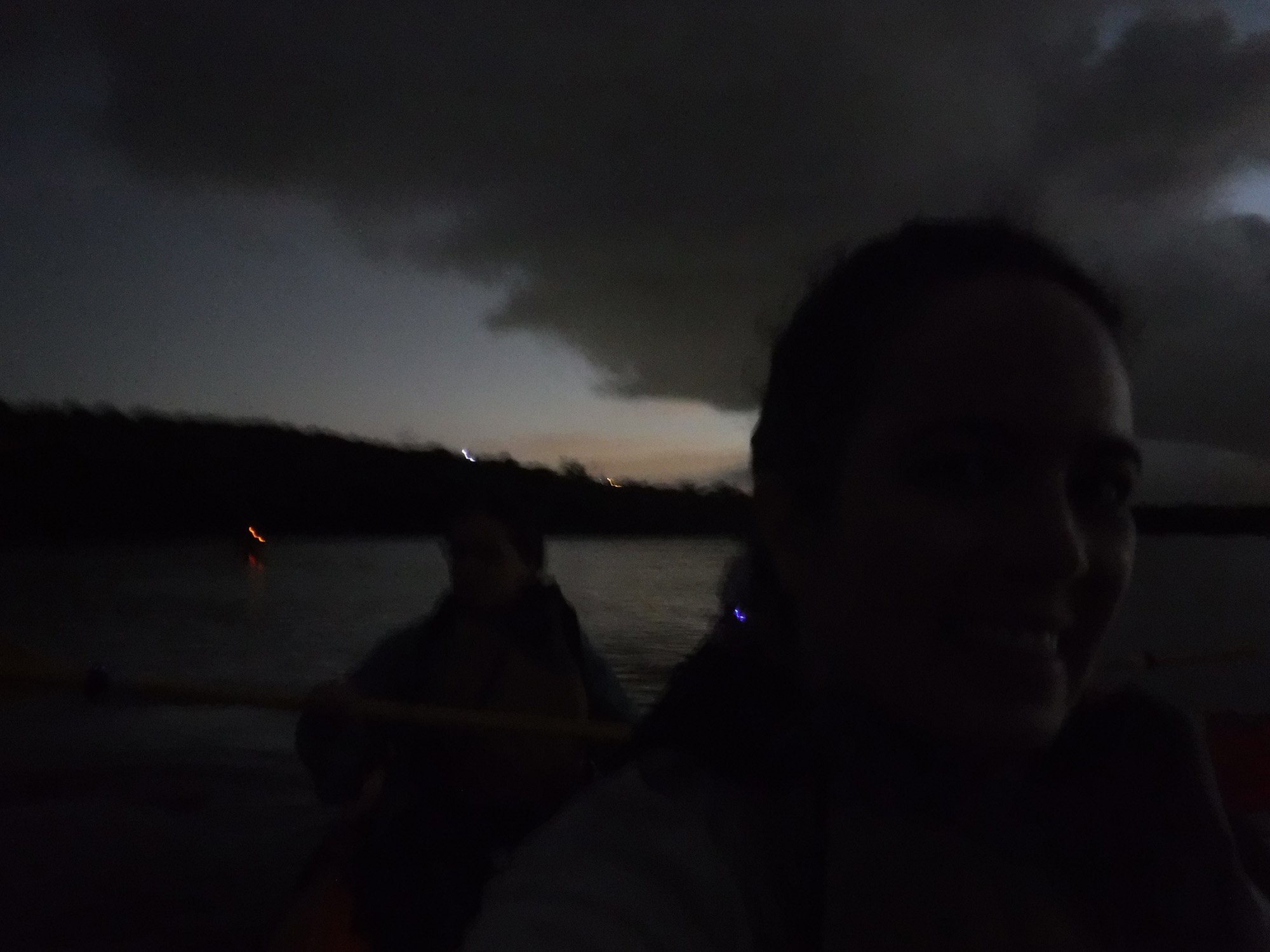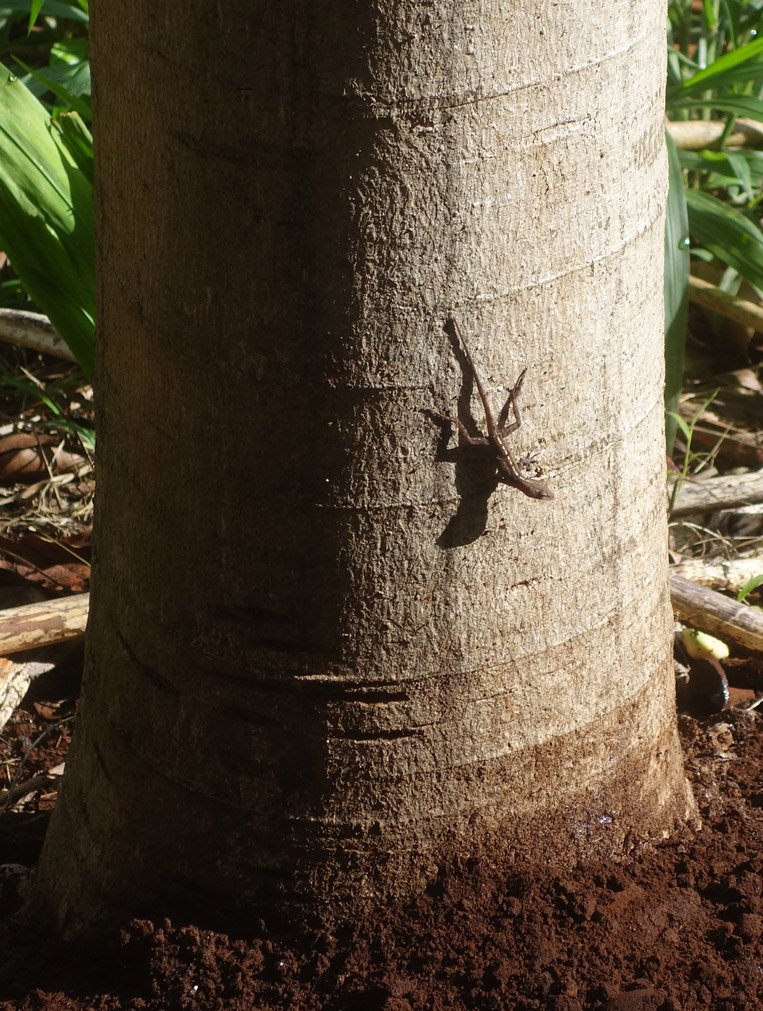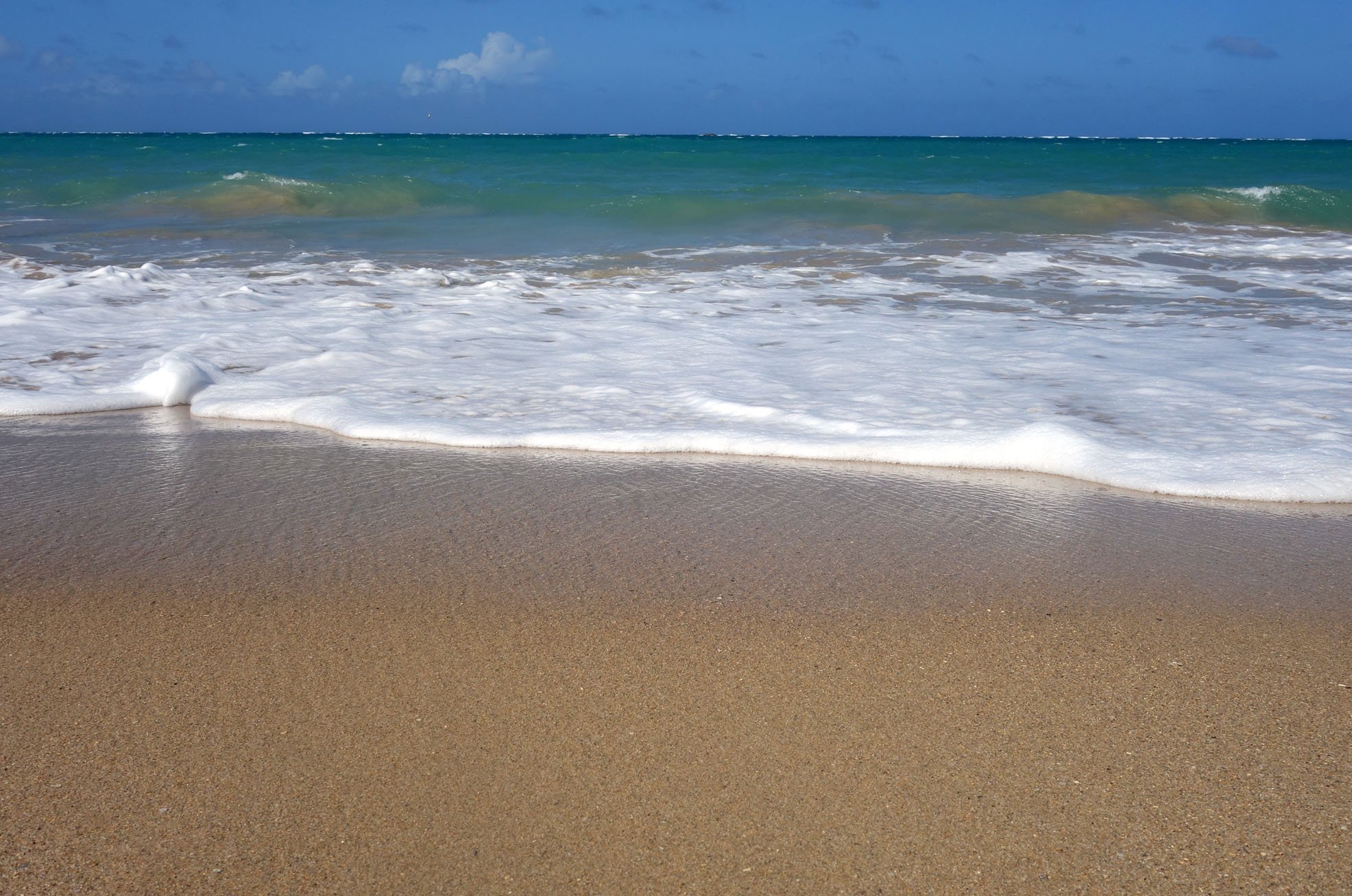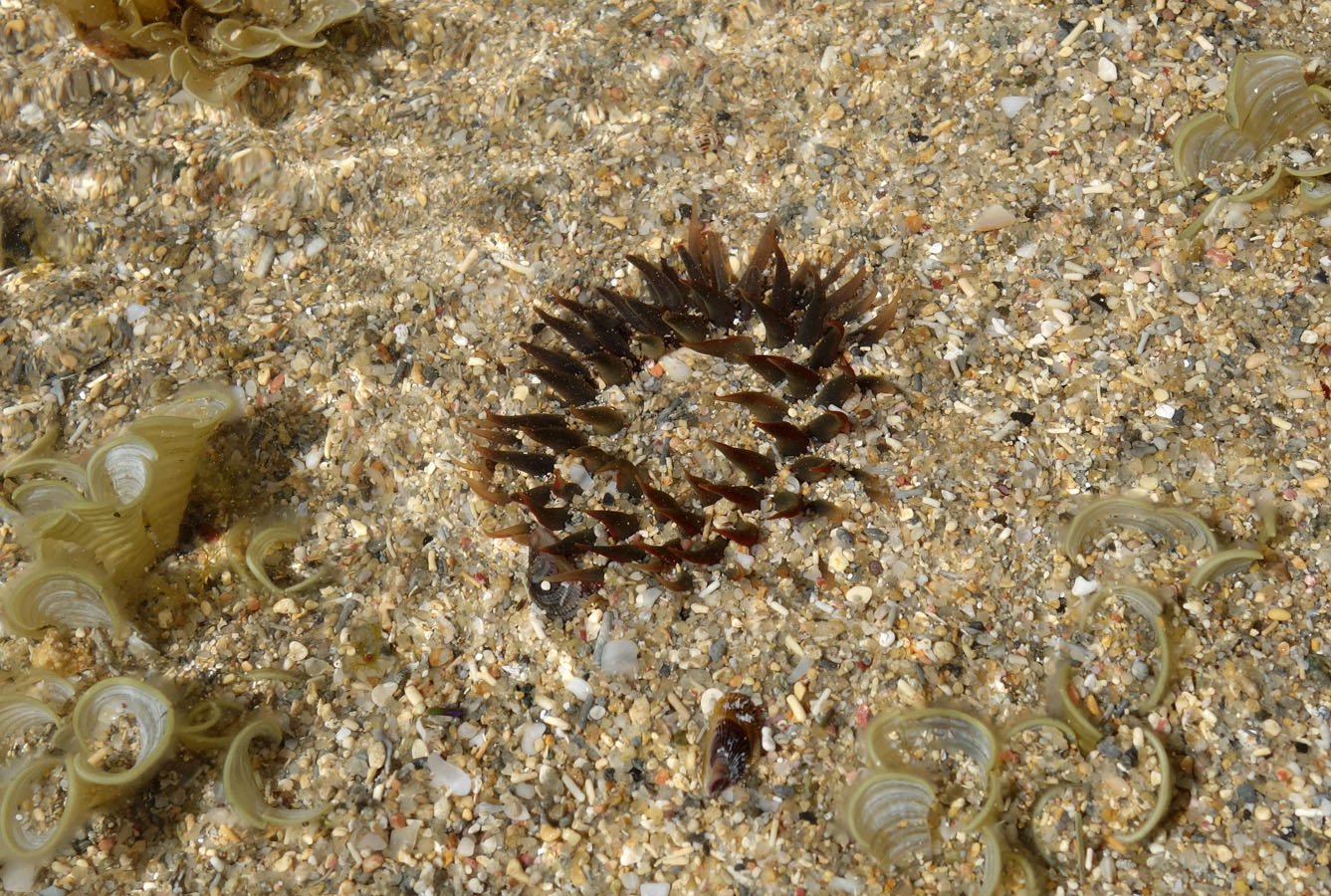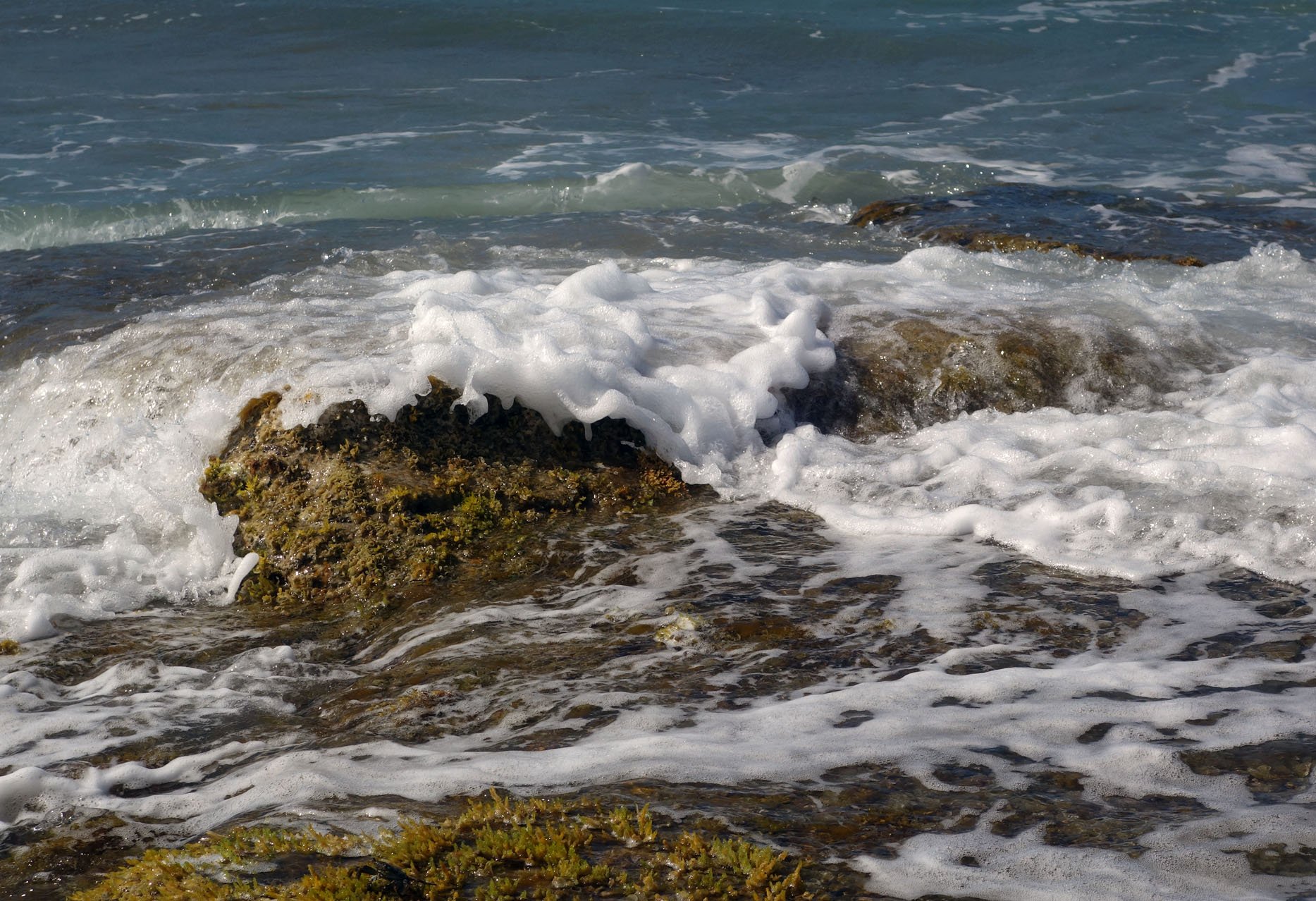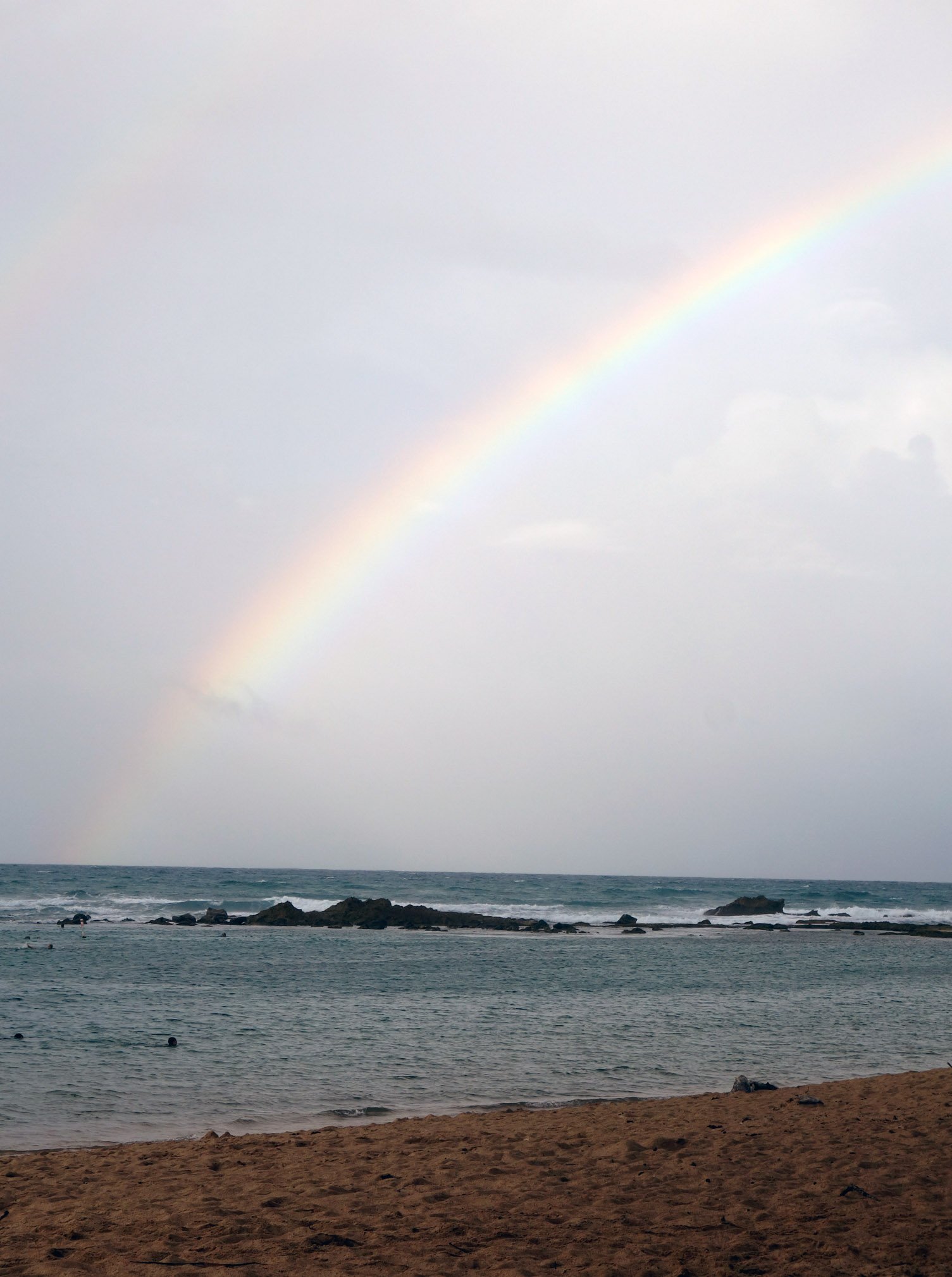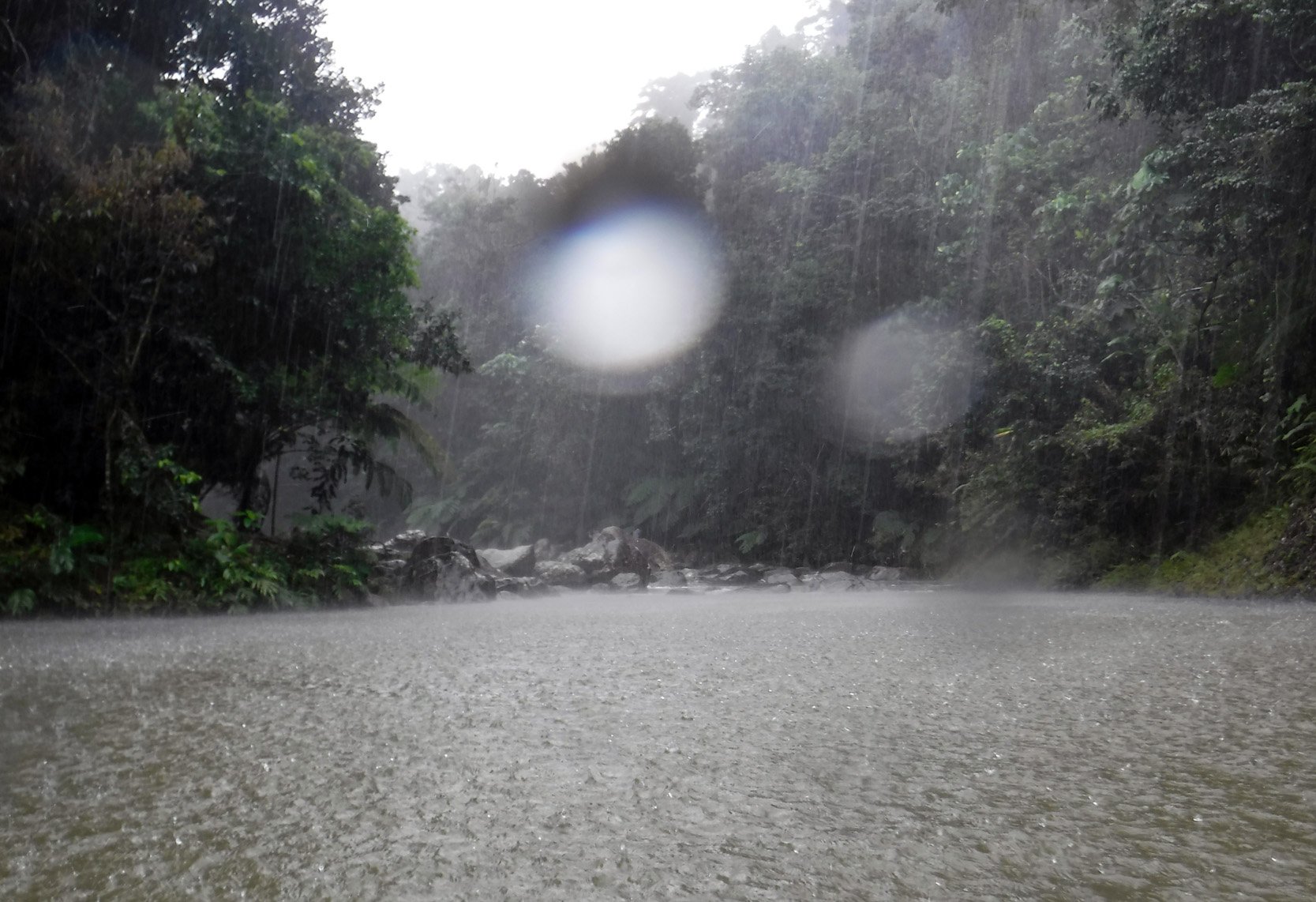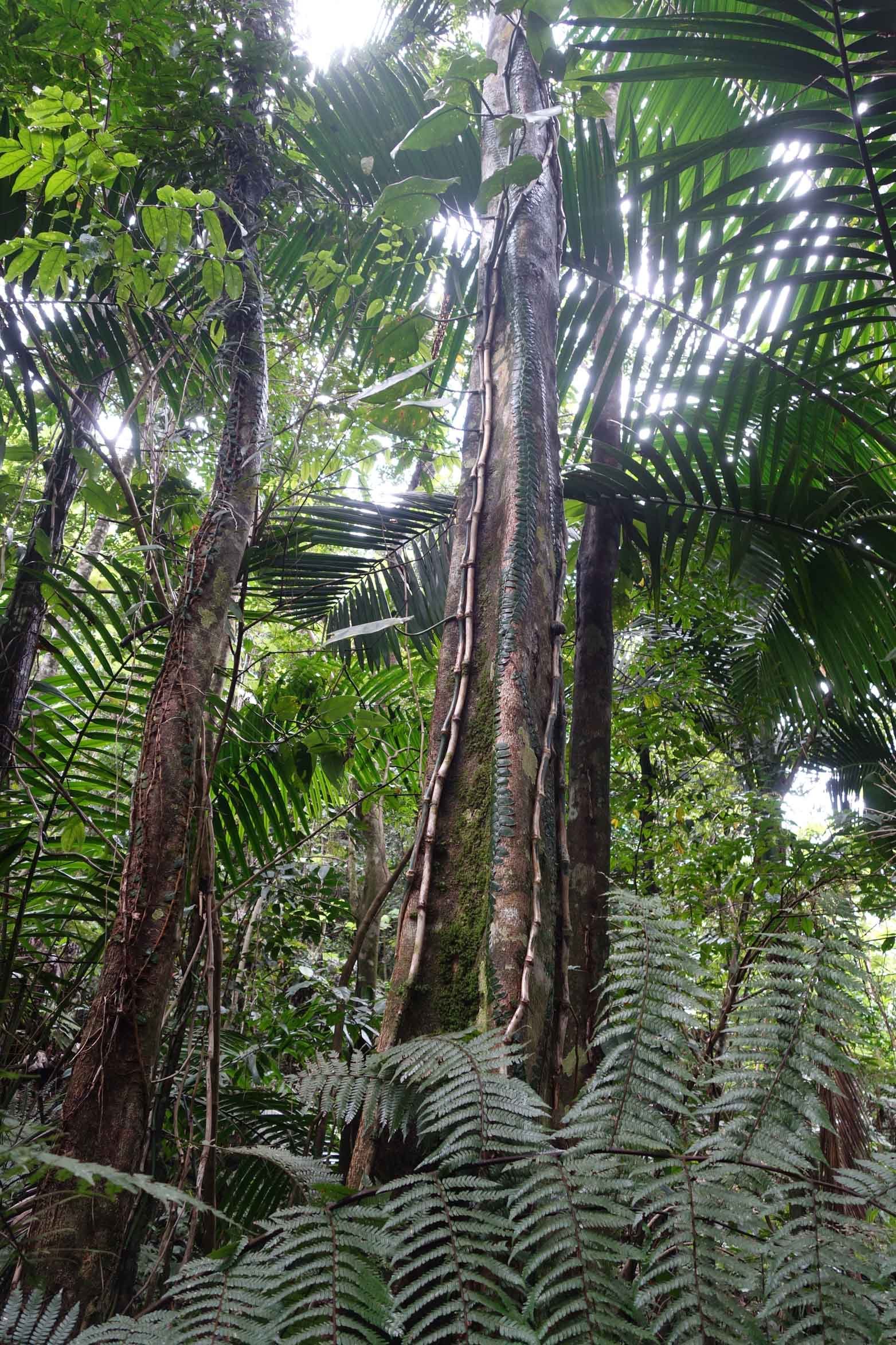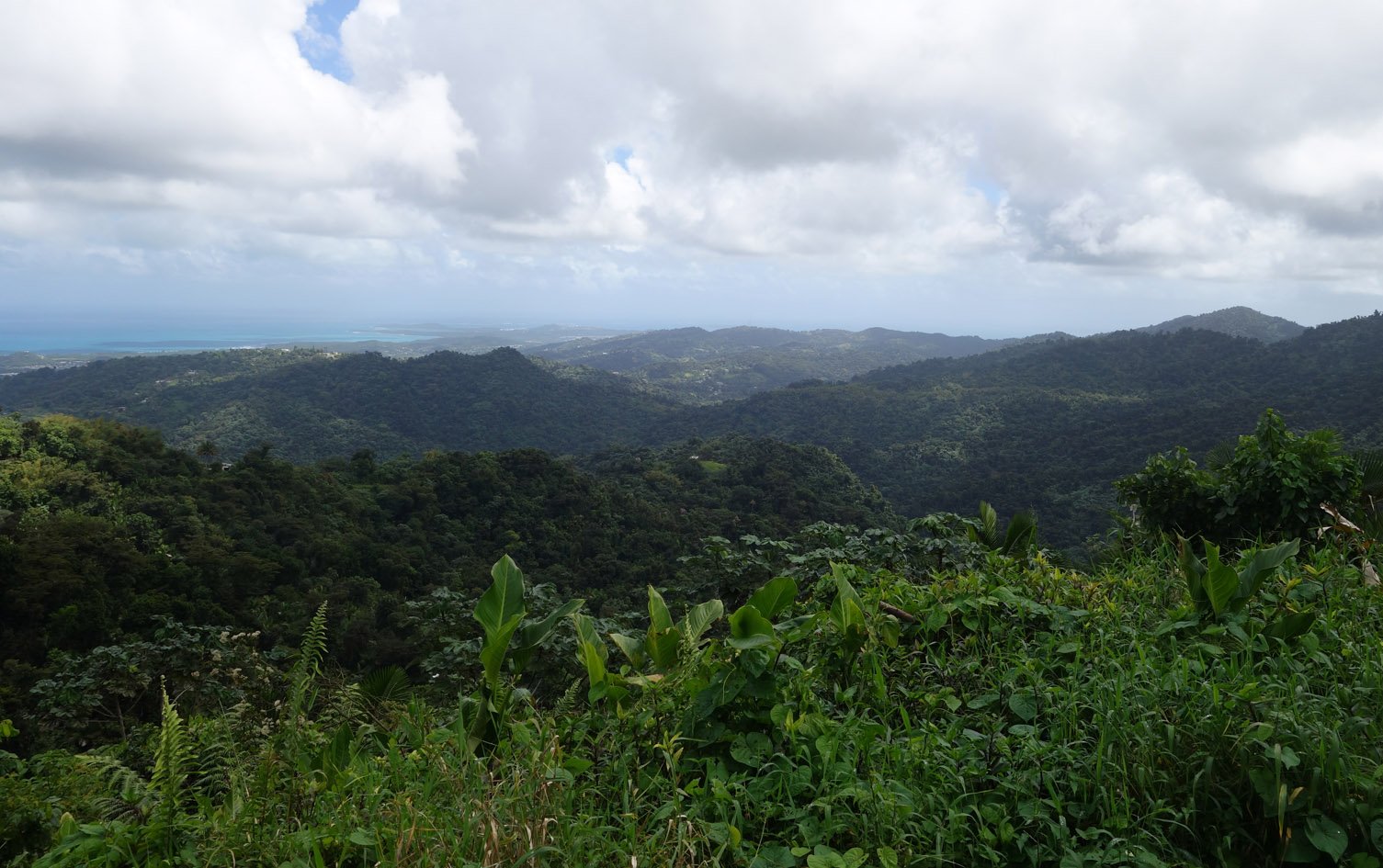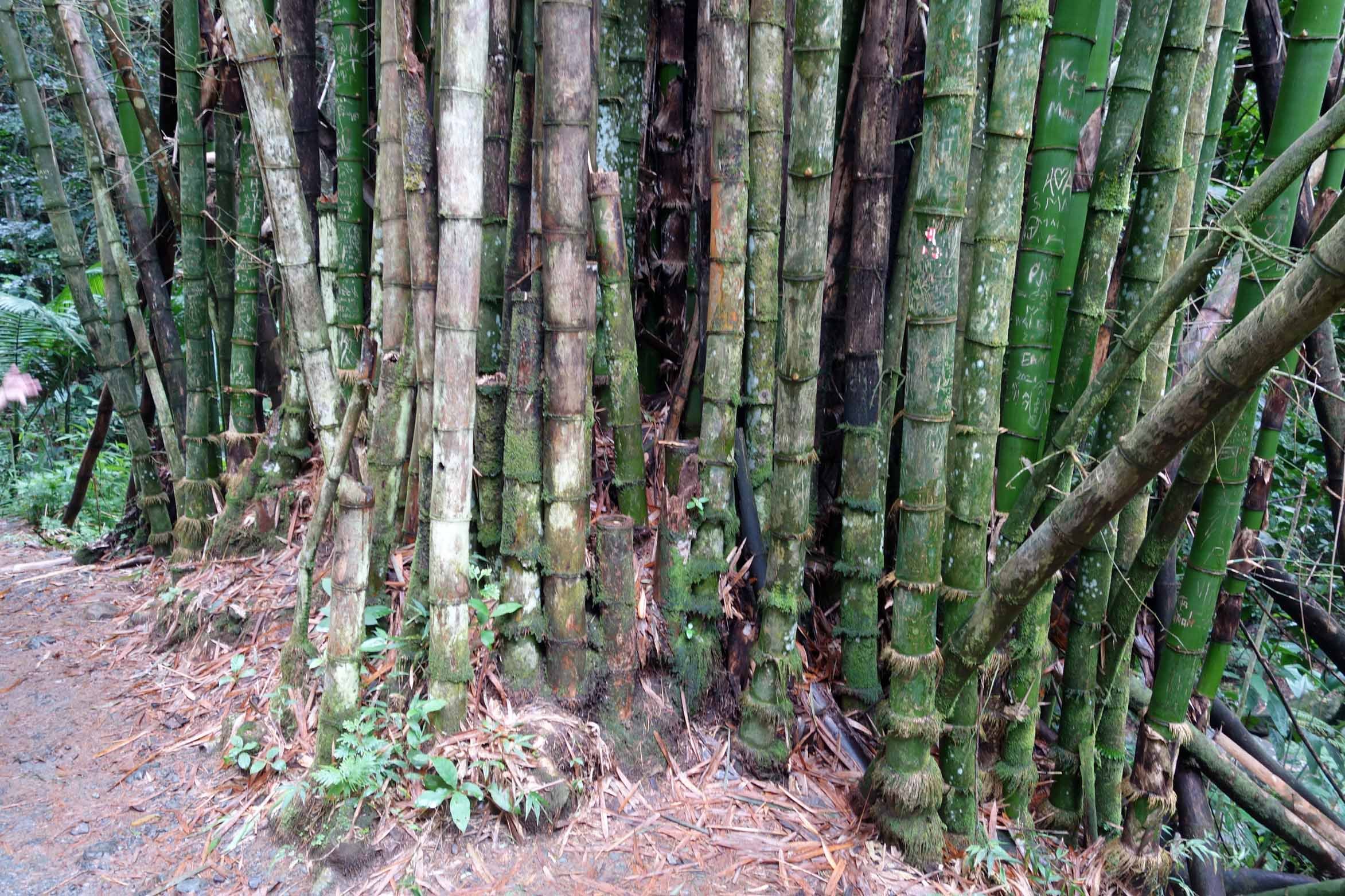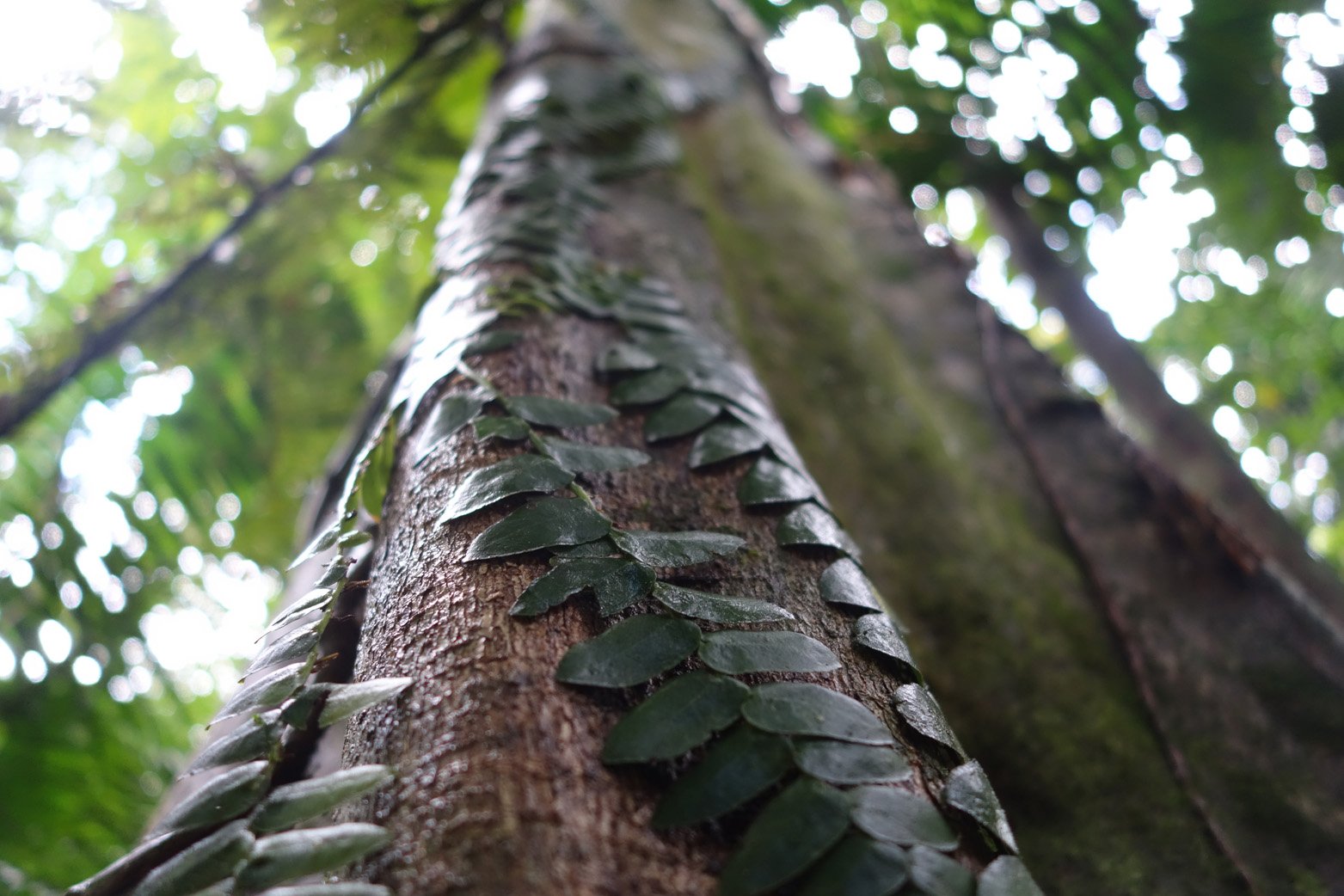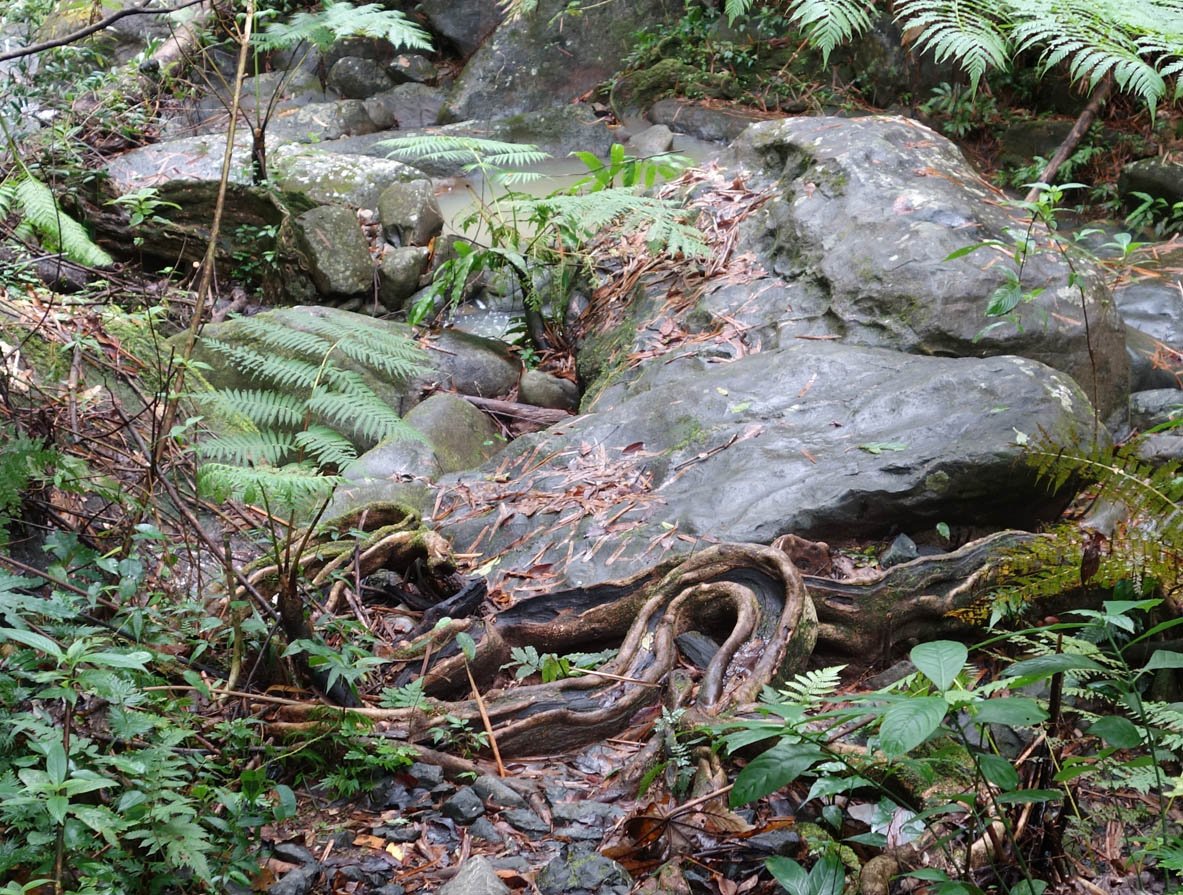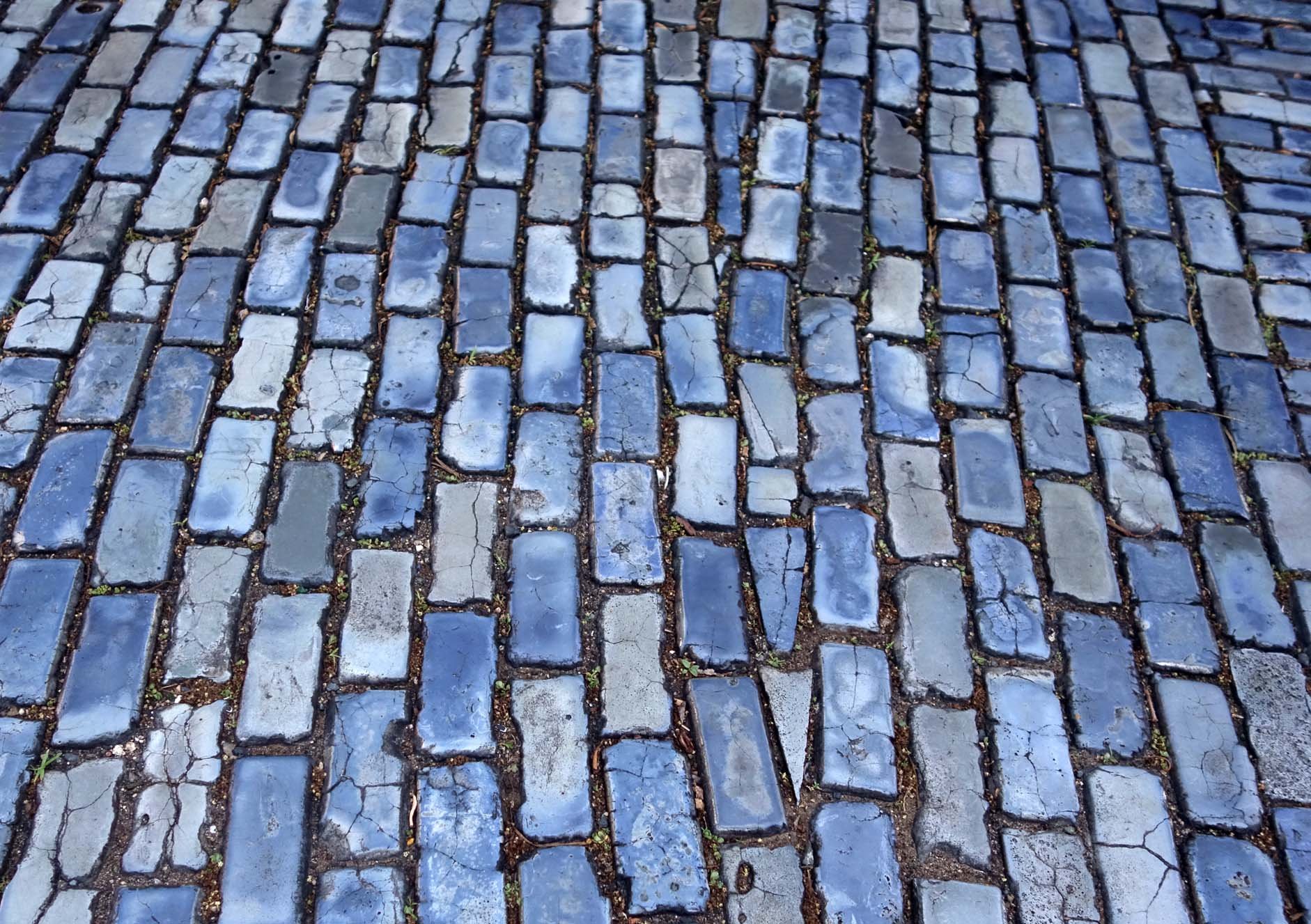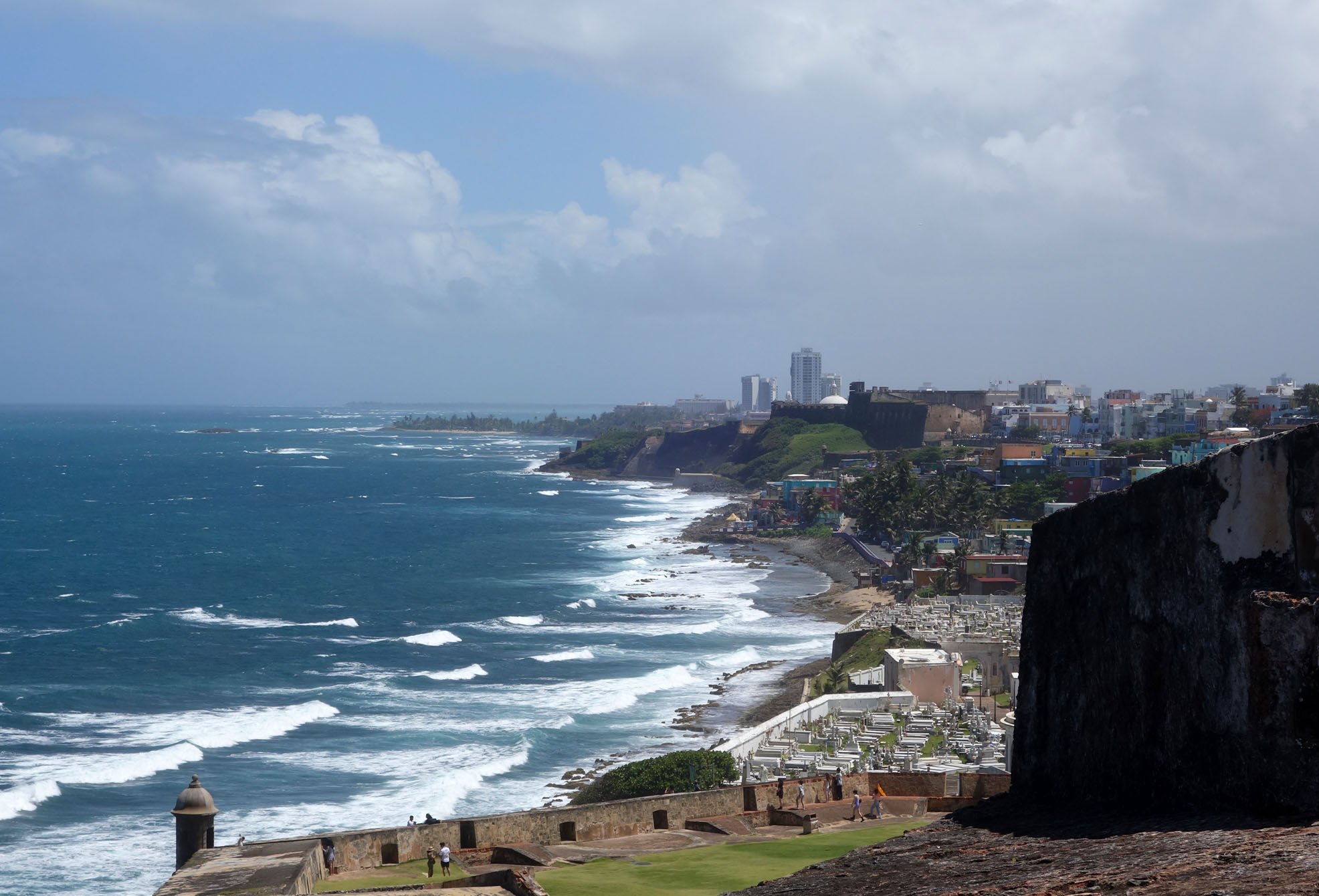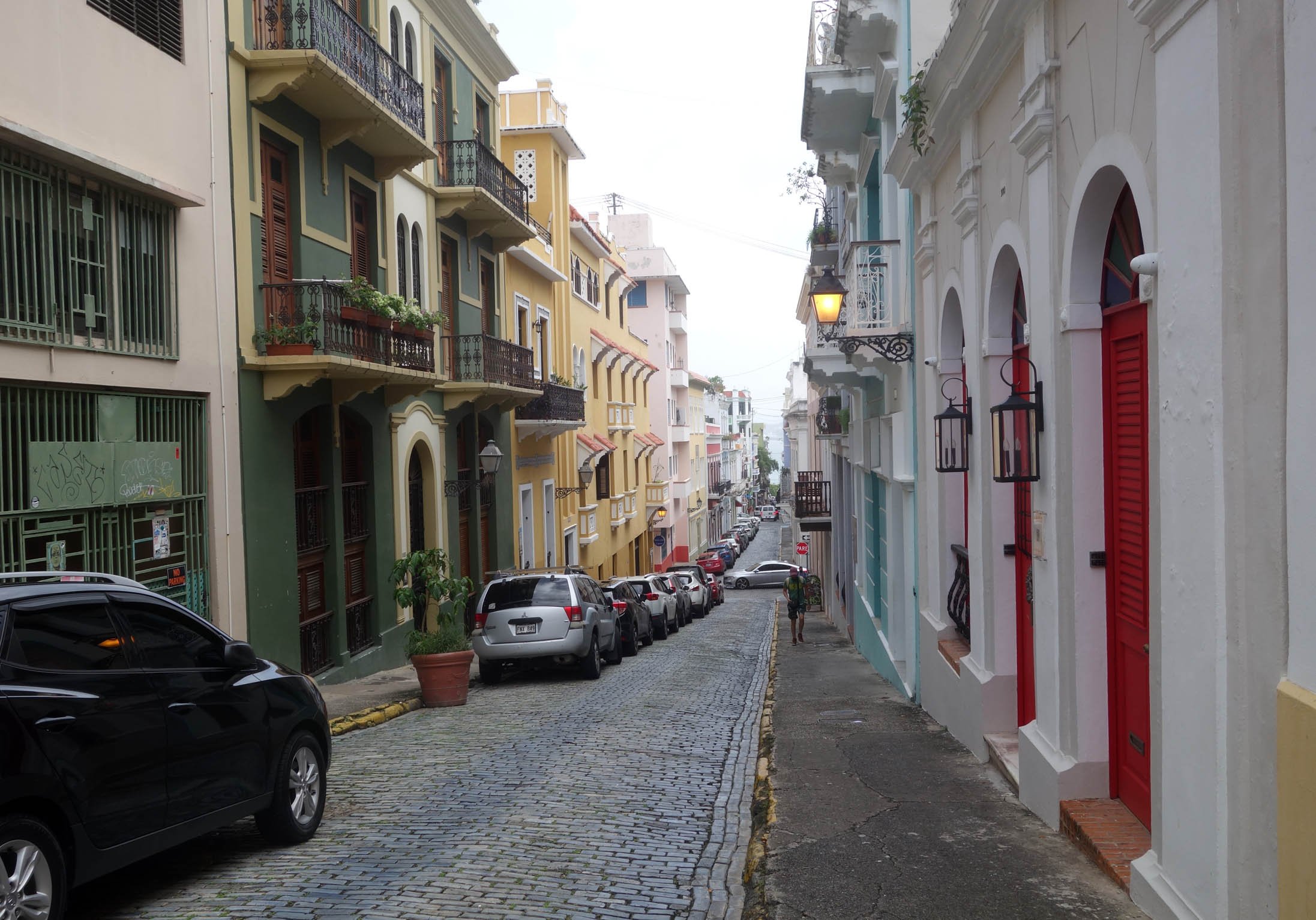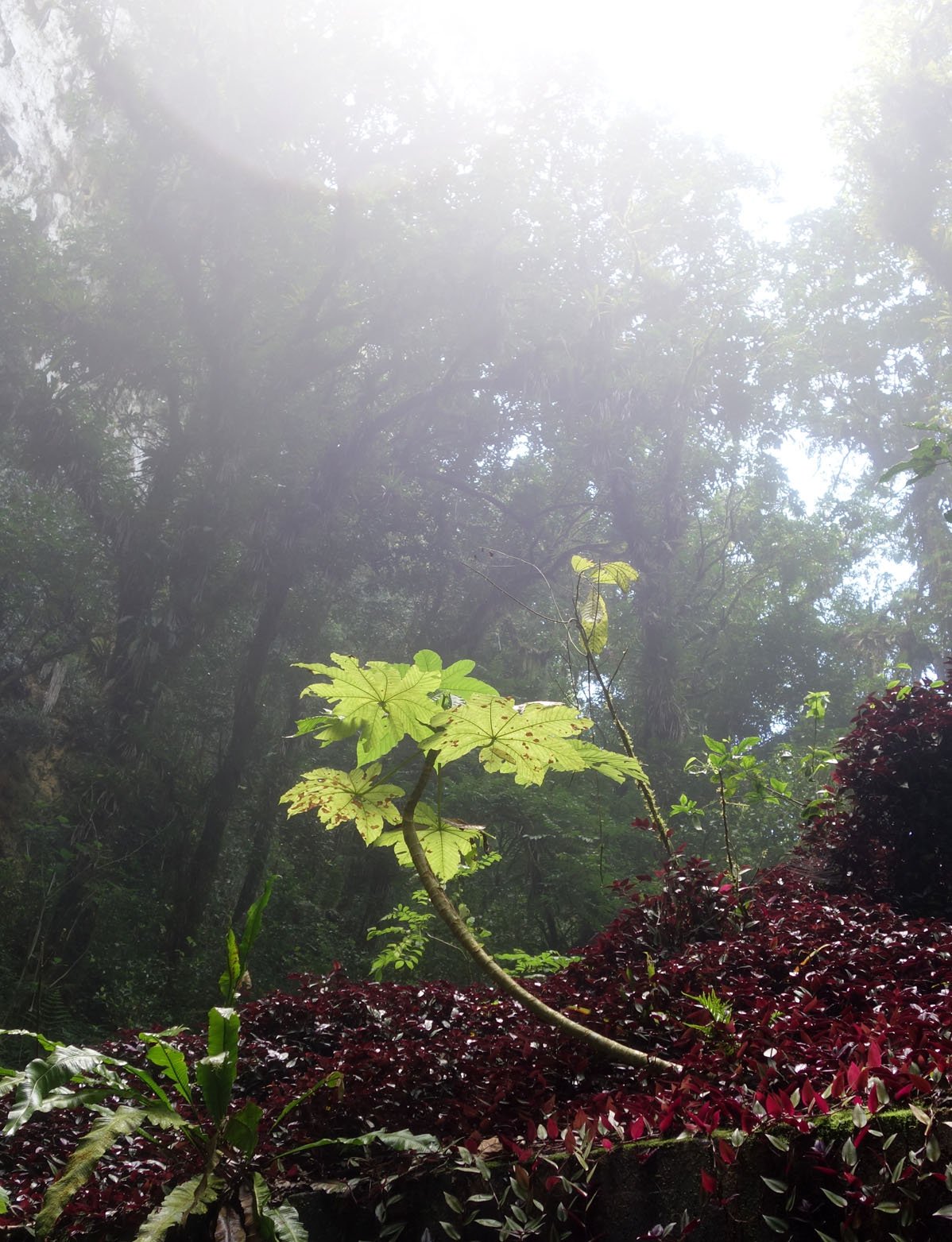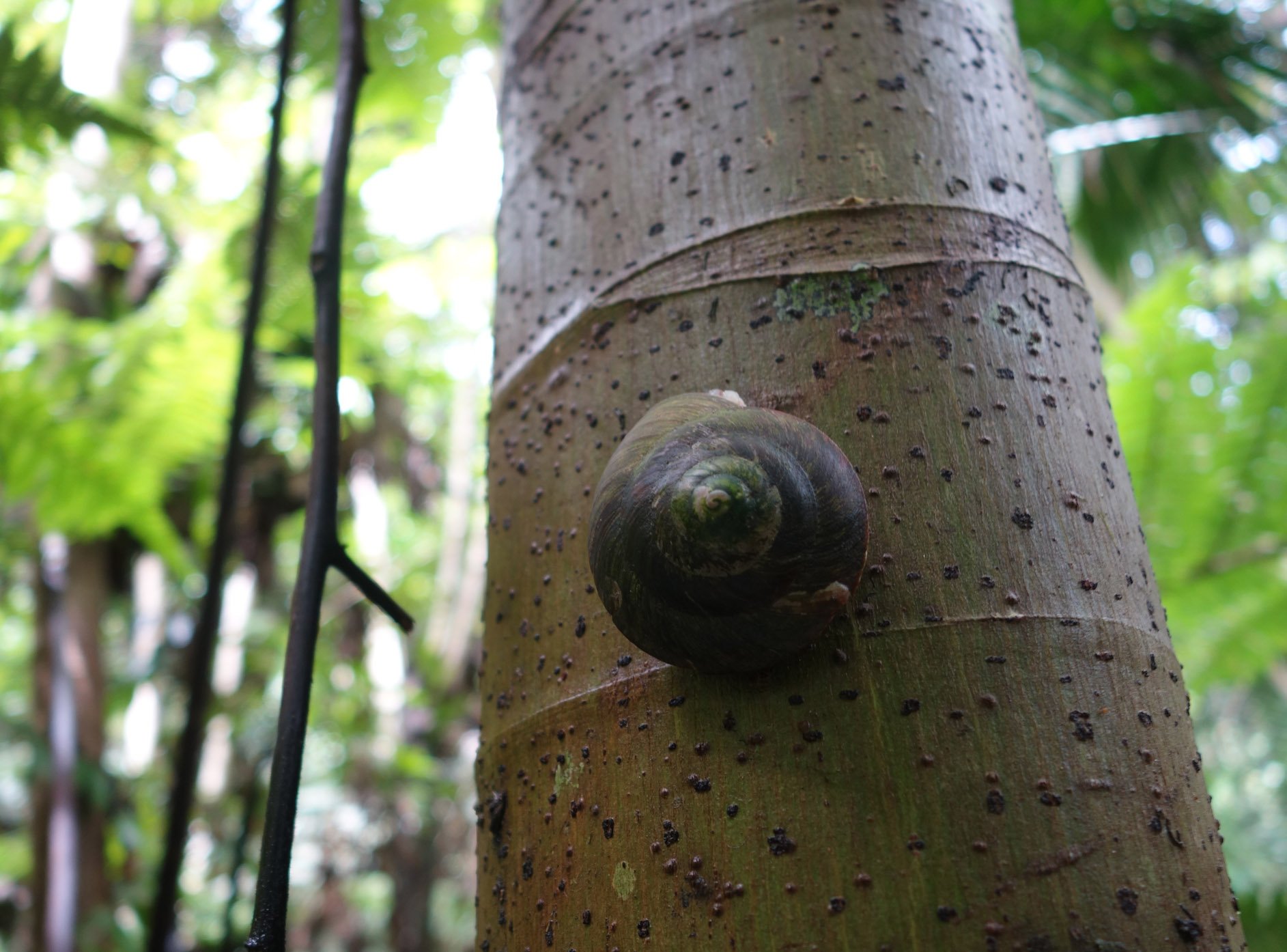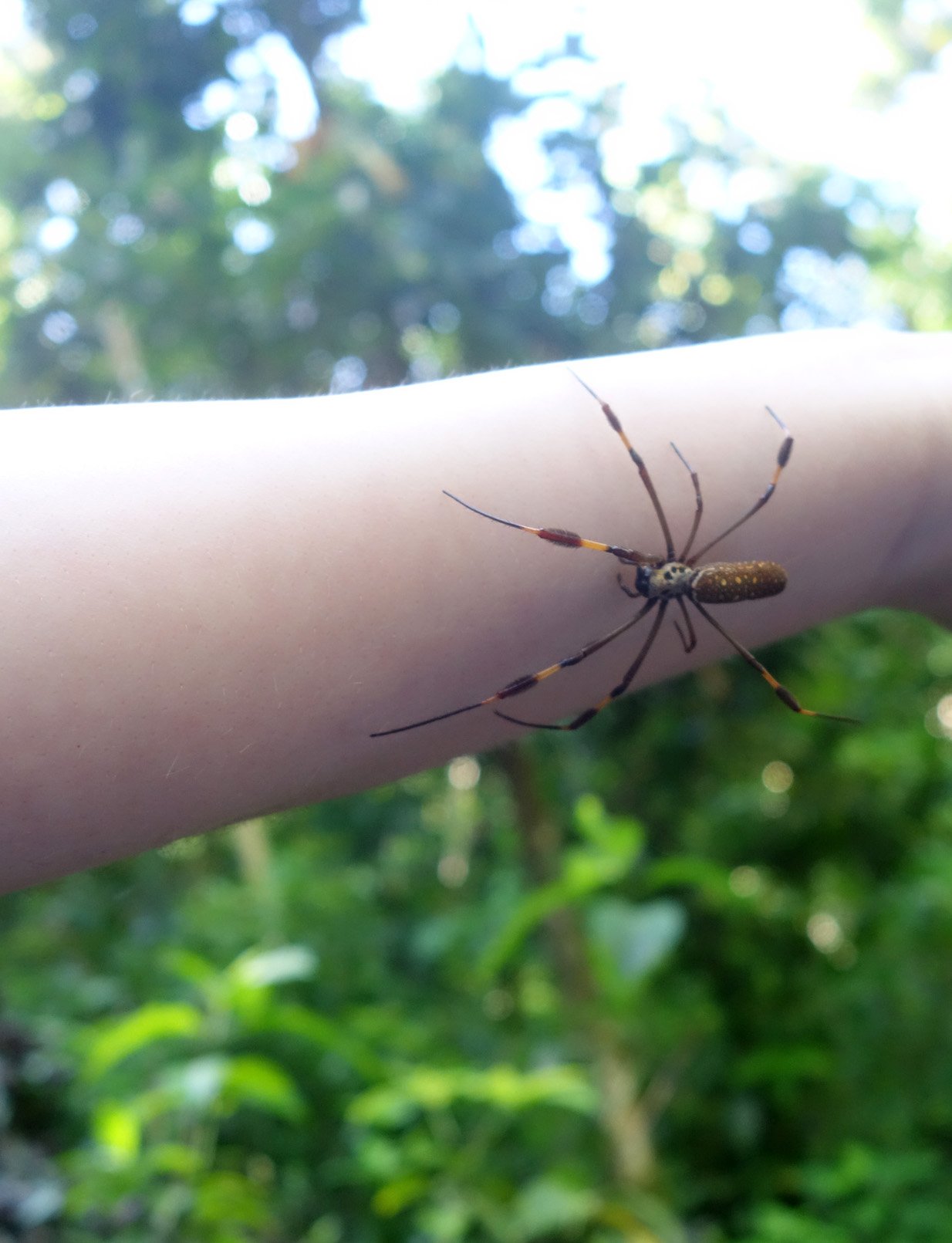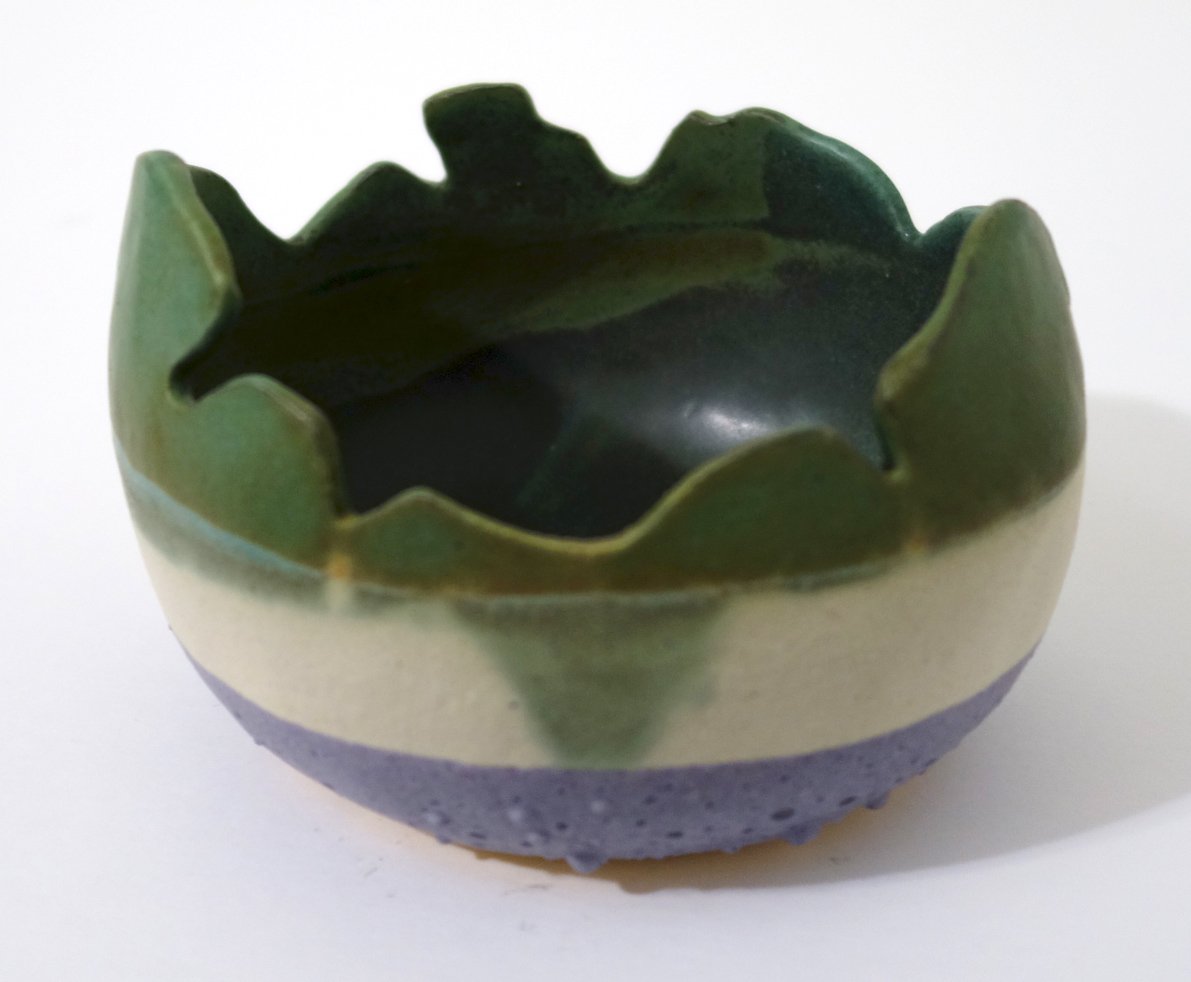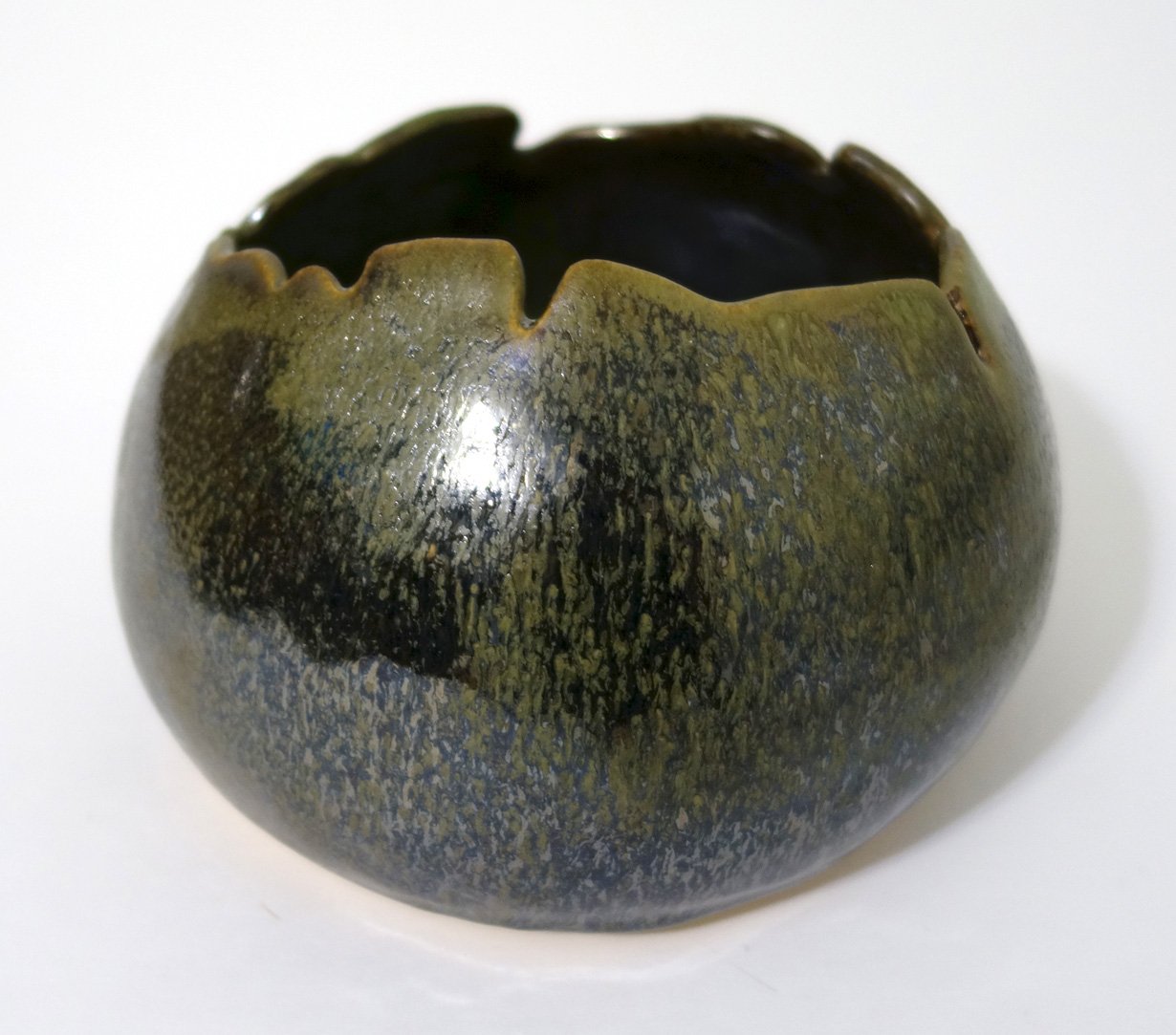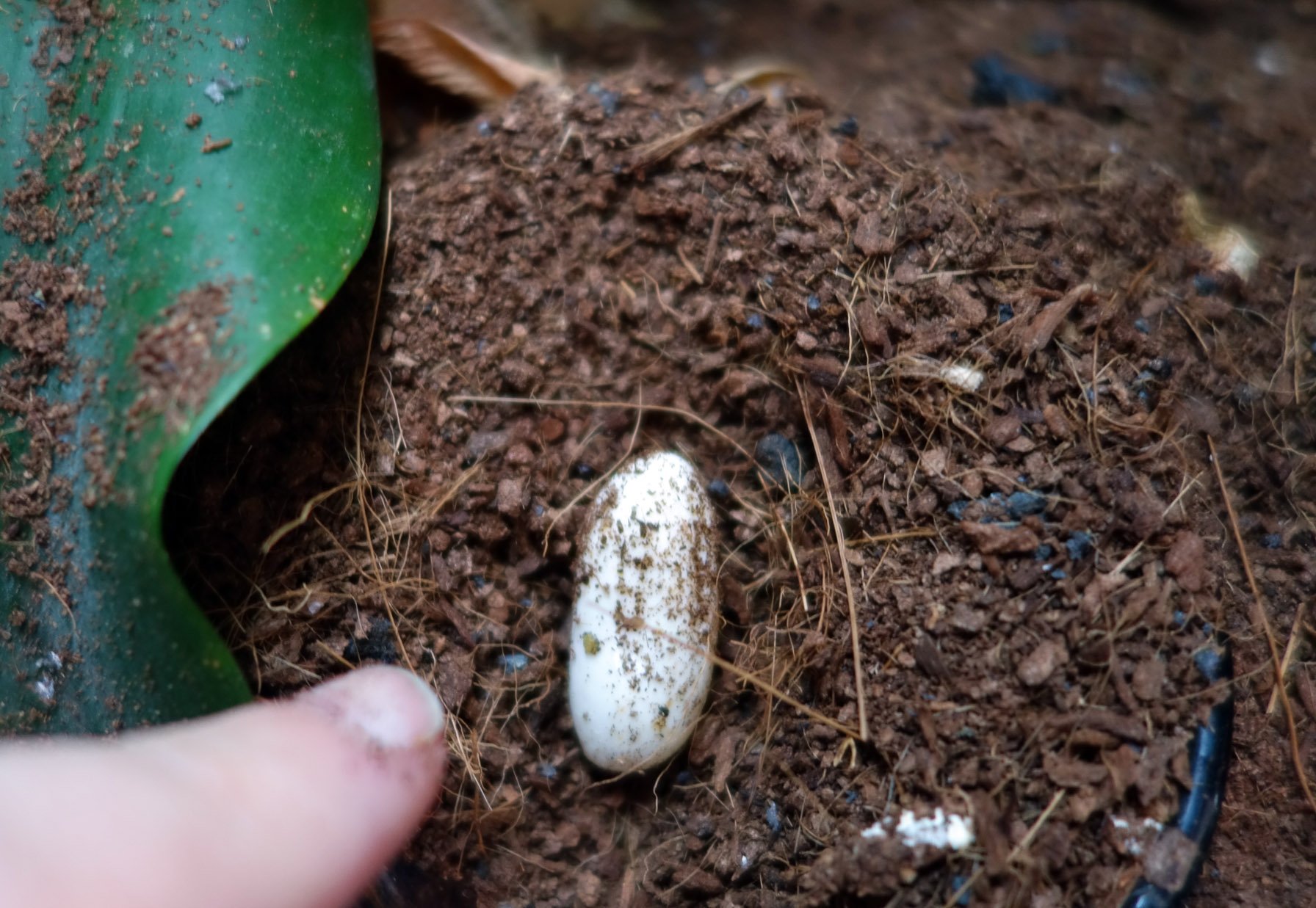Over that first weekend, I attended the Baton Rouge Bromeliad Society Show & sale, went to a Beatles cover band concert by the Remnants (they did play one CCR song, which is more my jam), listened to the artists’ talks for the Baton Rouge Gallery’s current four-person exhibition, spent some time in my host Rob’s studio (mine still hadn’t been made available to me yet) and took a 4.5 mile walk around University Lake to try out my new camera!
Let me back up. After I agreed to take on this residency, I applied for and was awarded a Morningside University Ver Steeg Faculty Scholarship Grant to help cover associated costs. These include the mundane, like mileage, but also the exciting: a new camera and larger substrates than I have been typically using as well as more paint/mediums.
My old camera is a Sony RX100 II, and I adore it. However, it is eight years old and it’s having ever-more-serious issues; when I wrote the grant application a couple of months ago, I shared that “it is having problems focusing, retracting its lens, and opening and closing its automatic lens cover.” However, it has now also factory-reset itself and then later during a photoshoot the screen showing the previous photo wouldn’t clear and the camera behaved as though I was taking a new photo of the previous photo including trying to adjust focus. It’s not dead yet, but its reliability is heavily faltering.
Eight years is a significantly-above-average lifespan for a digital point-and-shoot camera, and I am a heavy and hard user; this camera has been to the Amazon rainforest, Iceland, and everywhere else I’ve been in the past eight years, and it has put up with internal condensation, ants, and all sorts of environmental conditions. My previous two cameras maybe averaged three years each? So I have a lot of respect for the Sony RX100 series.
My new camera is therefore the Sony RX100 VII. On my test-drive walk around the lake, I took photos in shade, in light, of still objects, of animals, from close range and at distance. Some differences I noted pretty quickly: the zoom appears to be better, and there’s a forced-focus feature. Much like on a cell phone, you can press on the large glass touchscreen view on the back of the camera and force the focus. At first, I was absolutely in love with this feature. I still think I’d elect to have it, but there is a downside; any time you touch the back glass, you’ll set it - even if you don’t mean to touch it at all. Then you have to figure out that it’s been set, and at that point you will need to manually clear it.
When I returned to the vet school on Monday, I was given the keys to the kingdom: my badge which allows me access to my studio as well as all other gated-off areas not for public access, and the door key to the studio itself (a temporarily converted conference room). This week I also met with an epidemiologist specializing in mosquito-borne viruses, wildlife medicine, and integrative medicine. I visited the clinical skills laboratory and the histology labs, spent a bit of time in the farm animal and equine areas, got to watch a red-shouldered hawk release, and began to delve into my studio practice.
In addition, I went out to dinner one evening with my former graduate school professor and mentor Kelli Scott Kelley, and then we took in a jazz concert afterwards!
Also a big thanks to Sandy Sarr, the LSU School of Veterinary Medicine’s Communications Coordinator and my primary point of contact, for documenting my residency so well. I rarely get so many good photos of myself in action!
